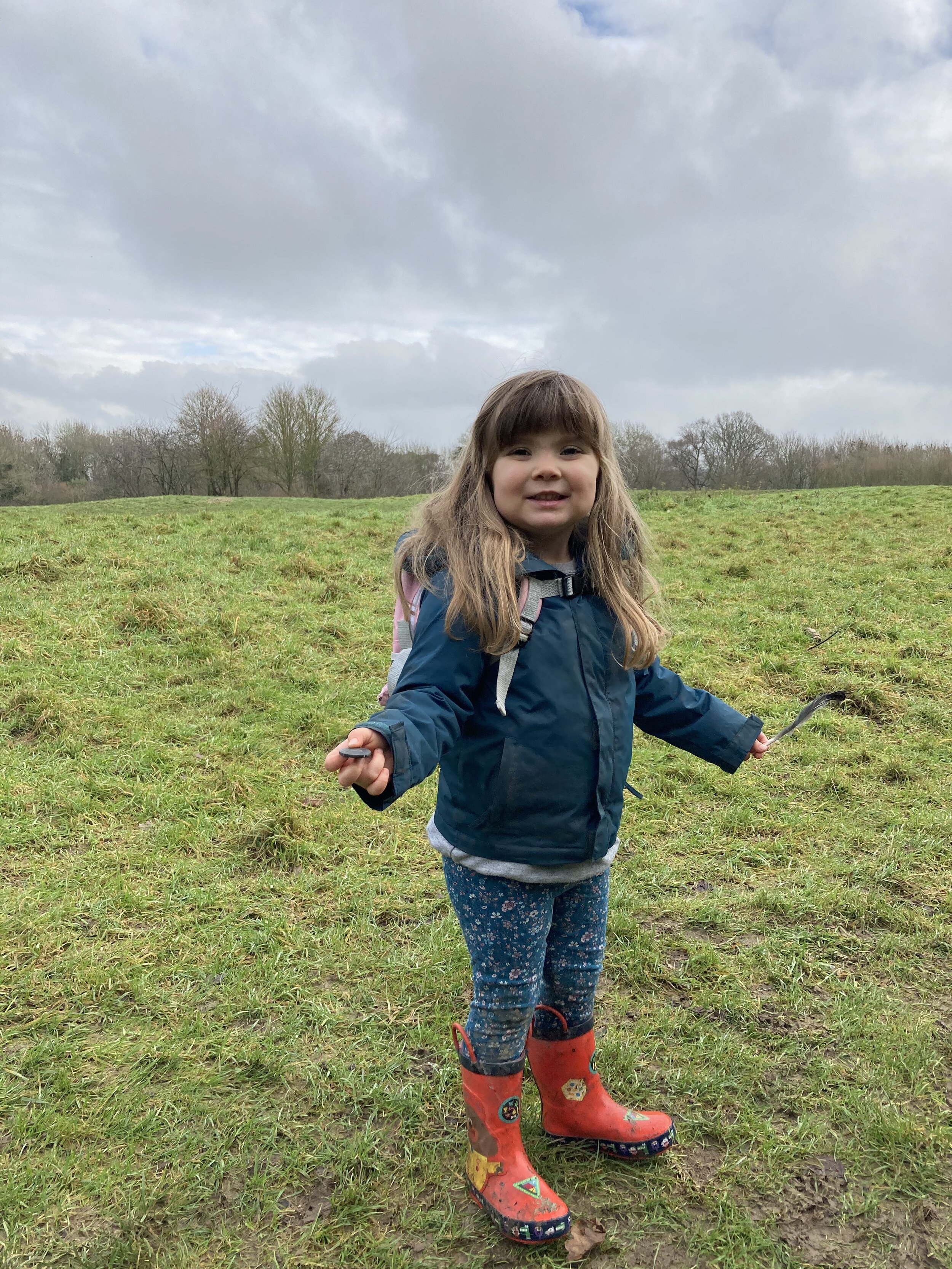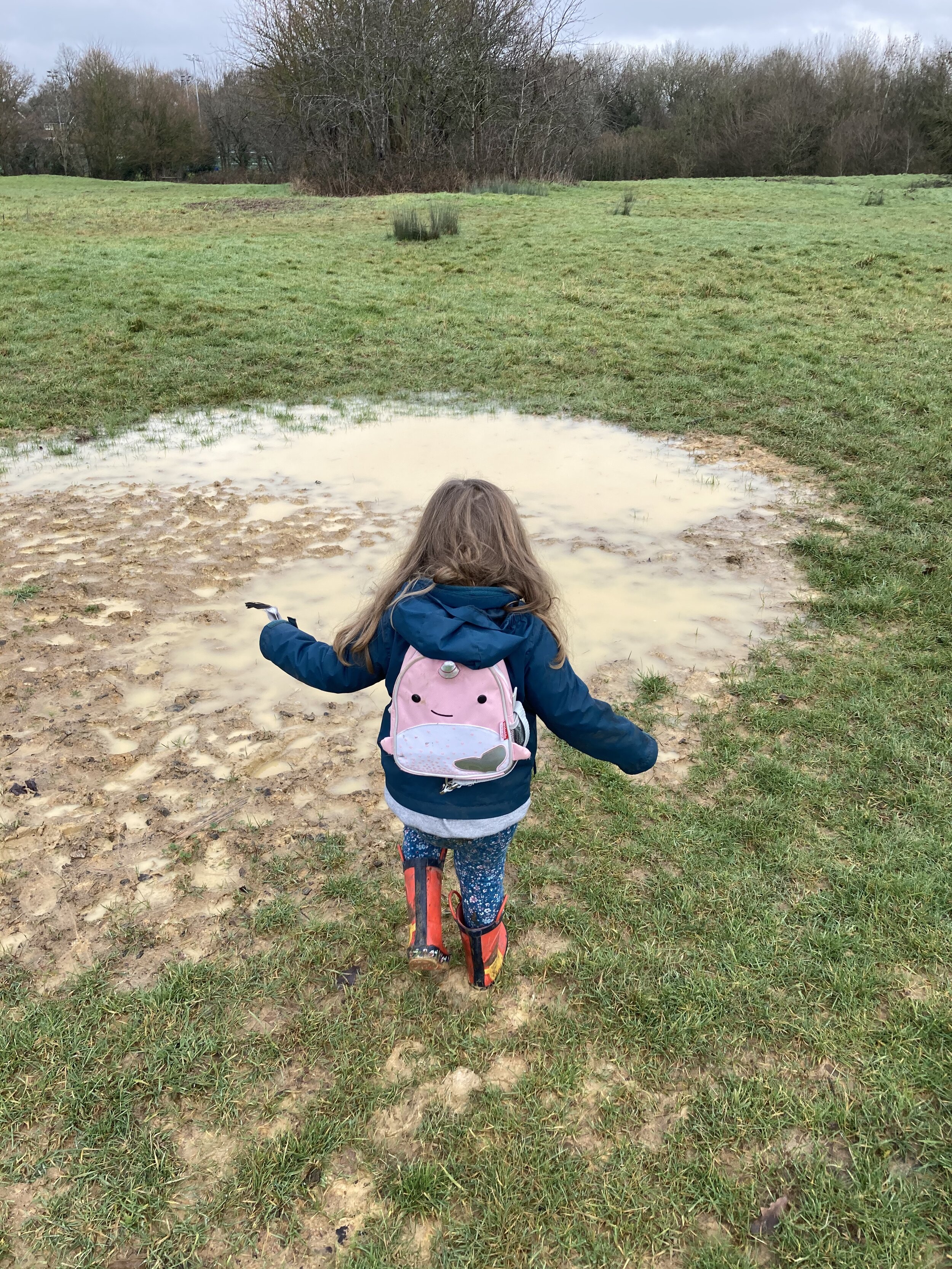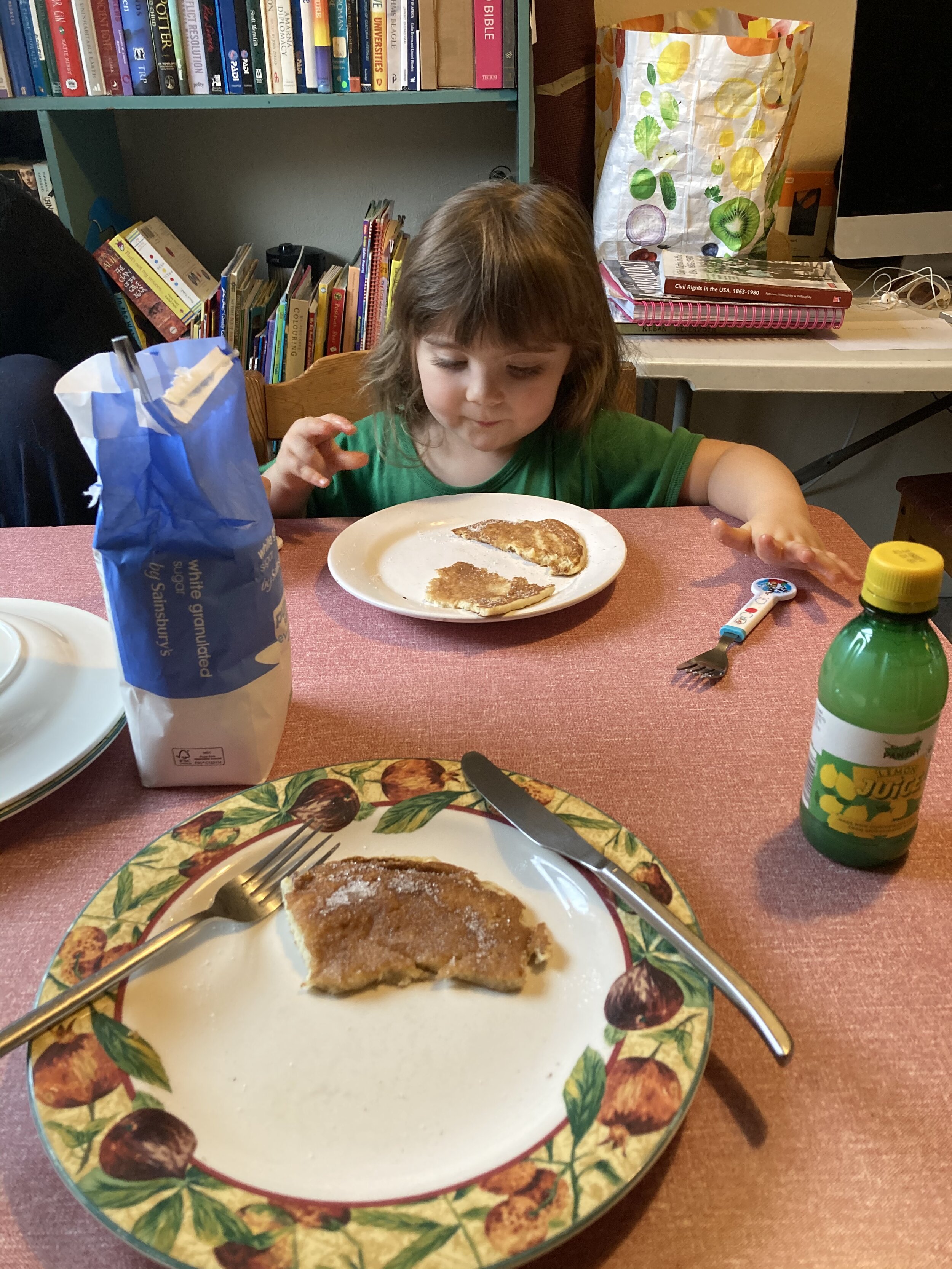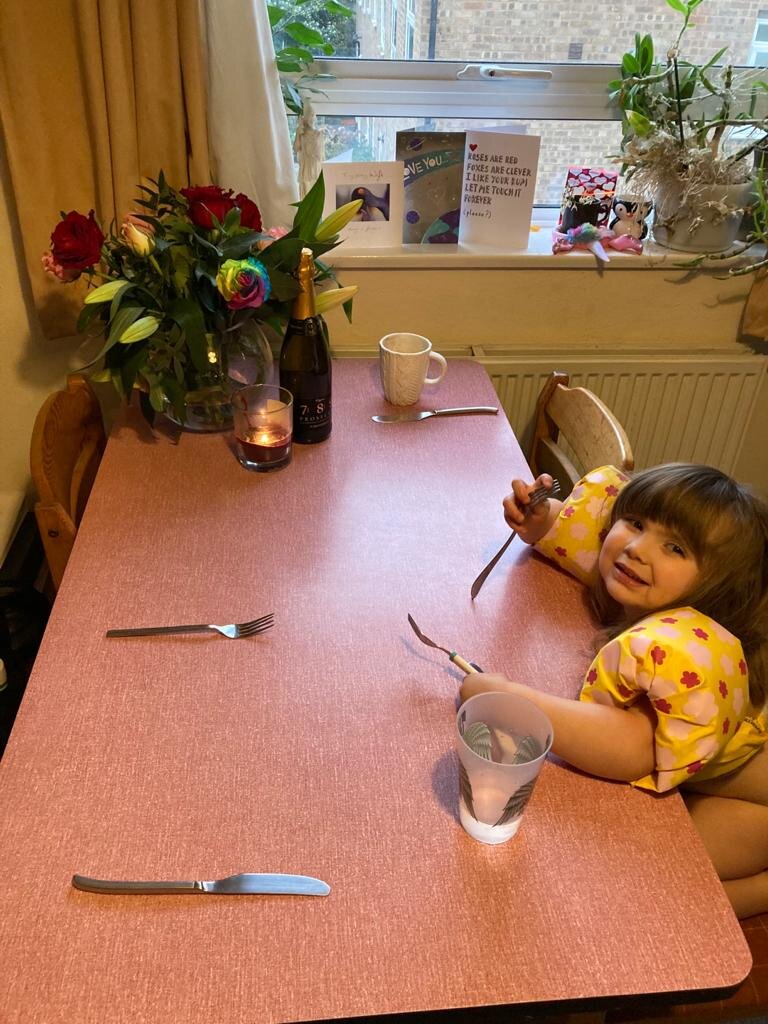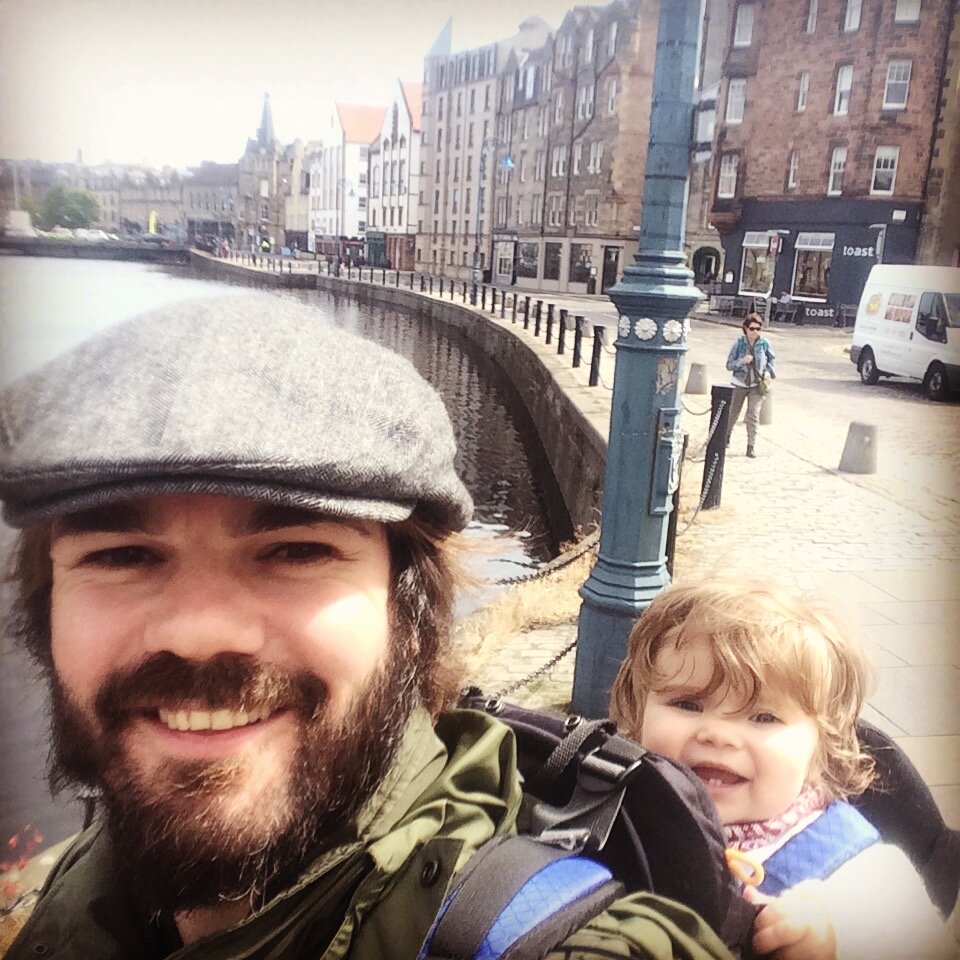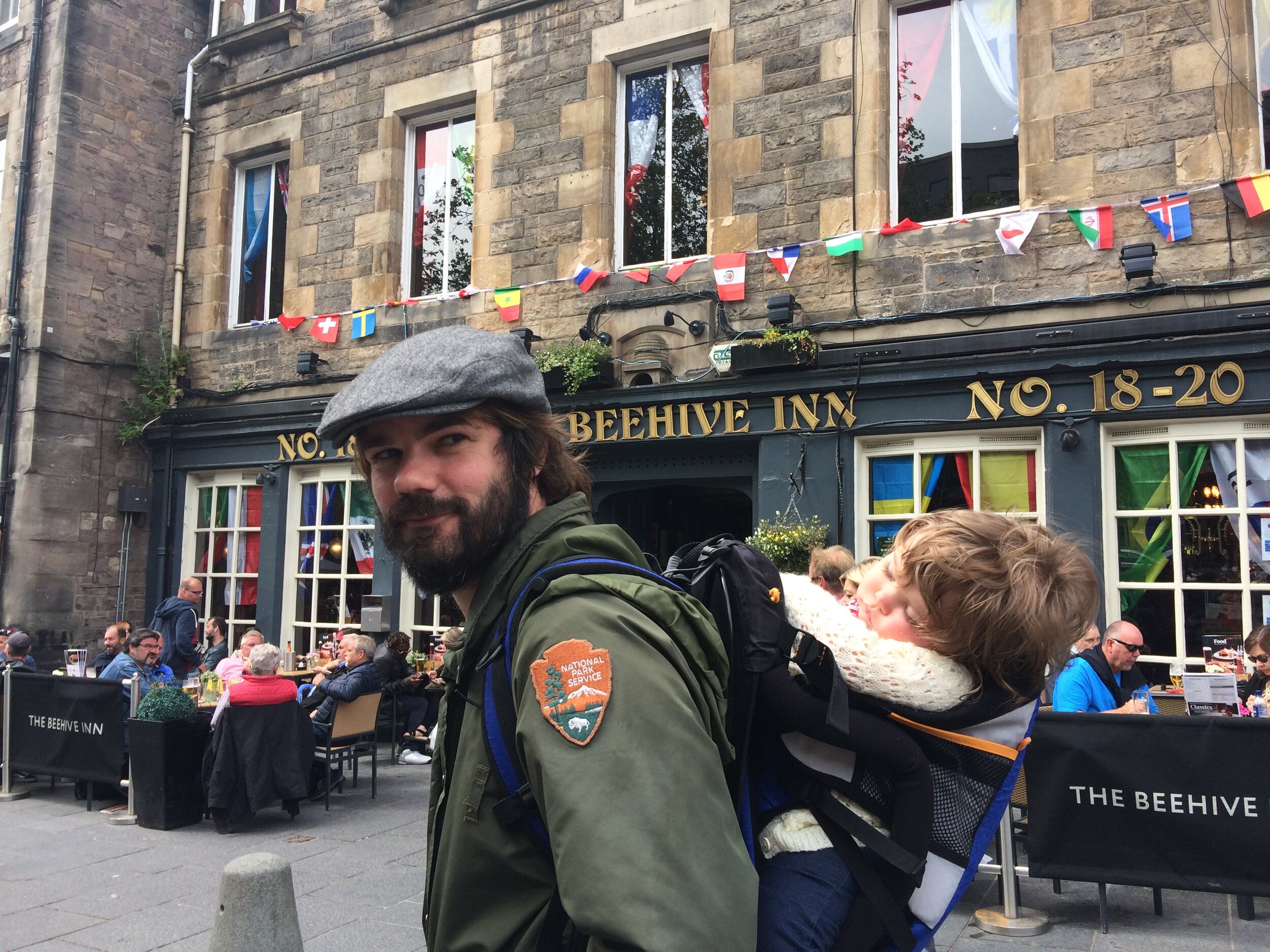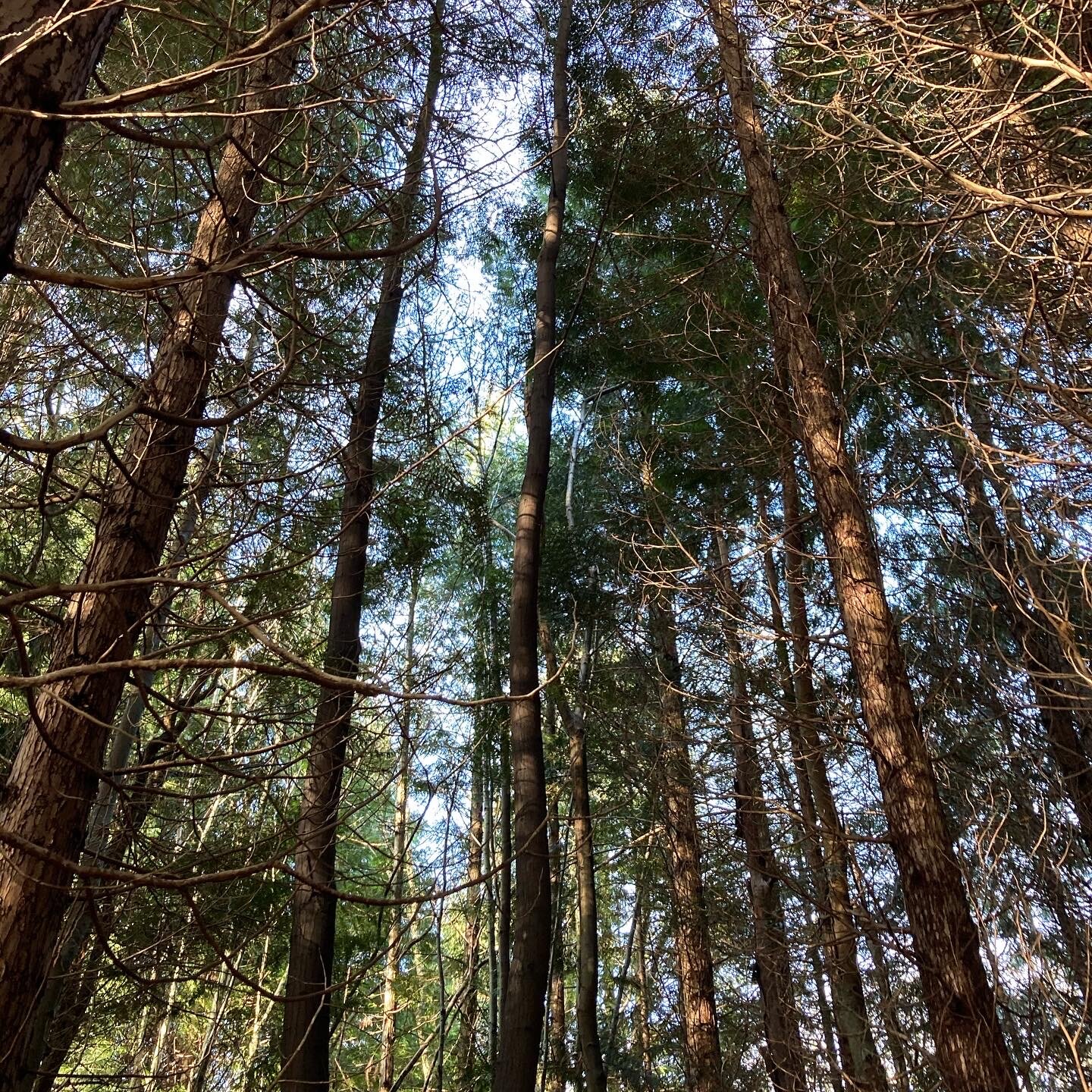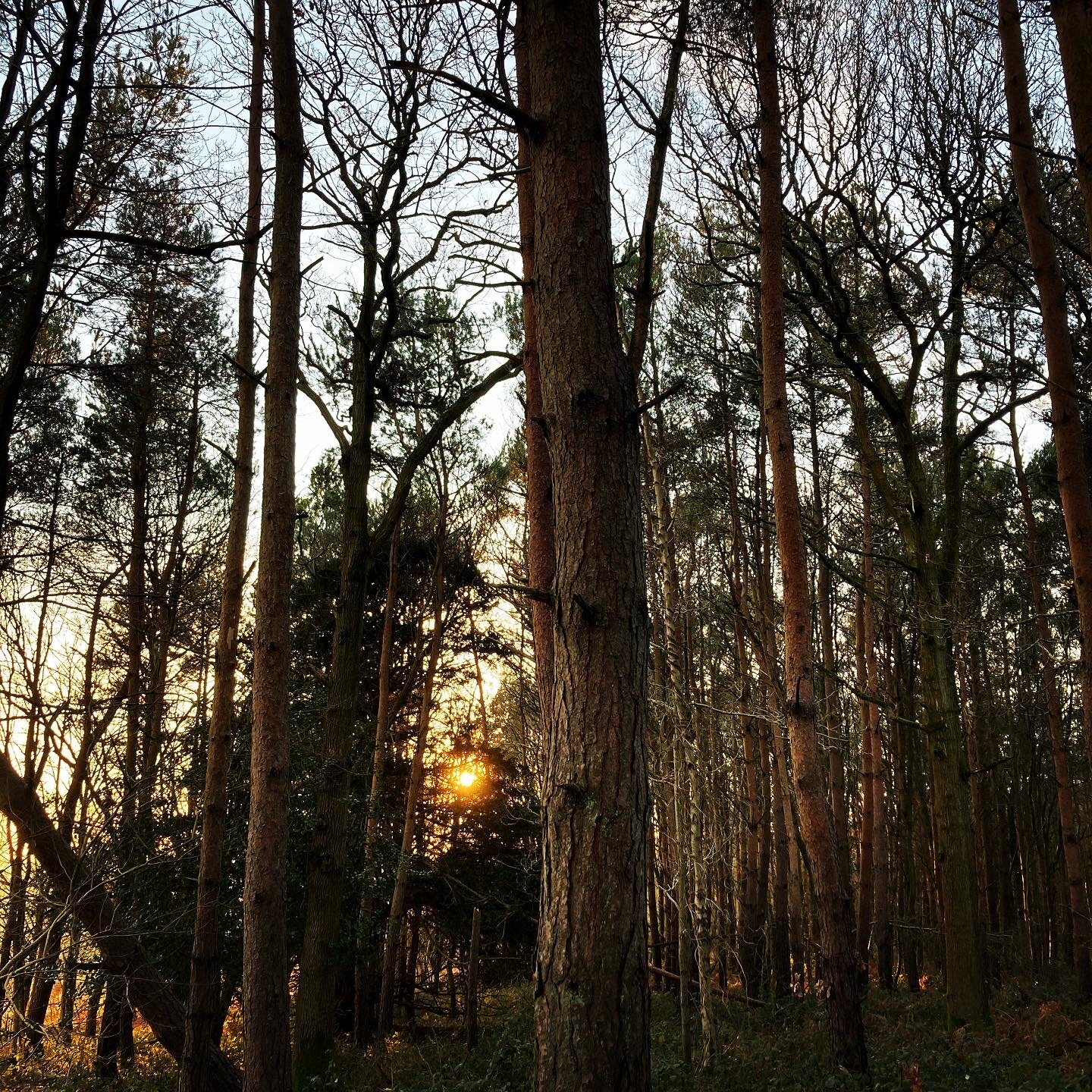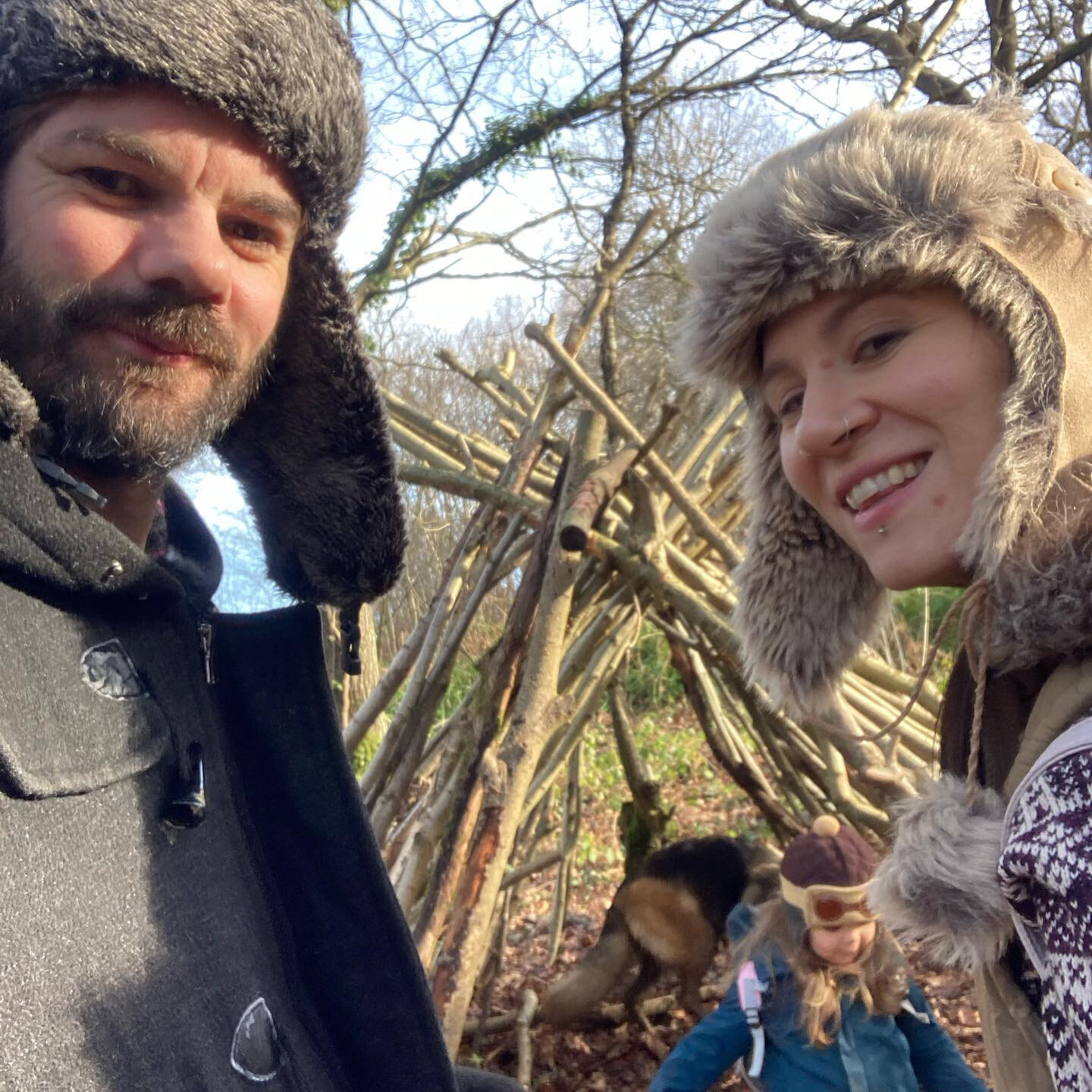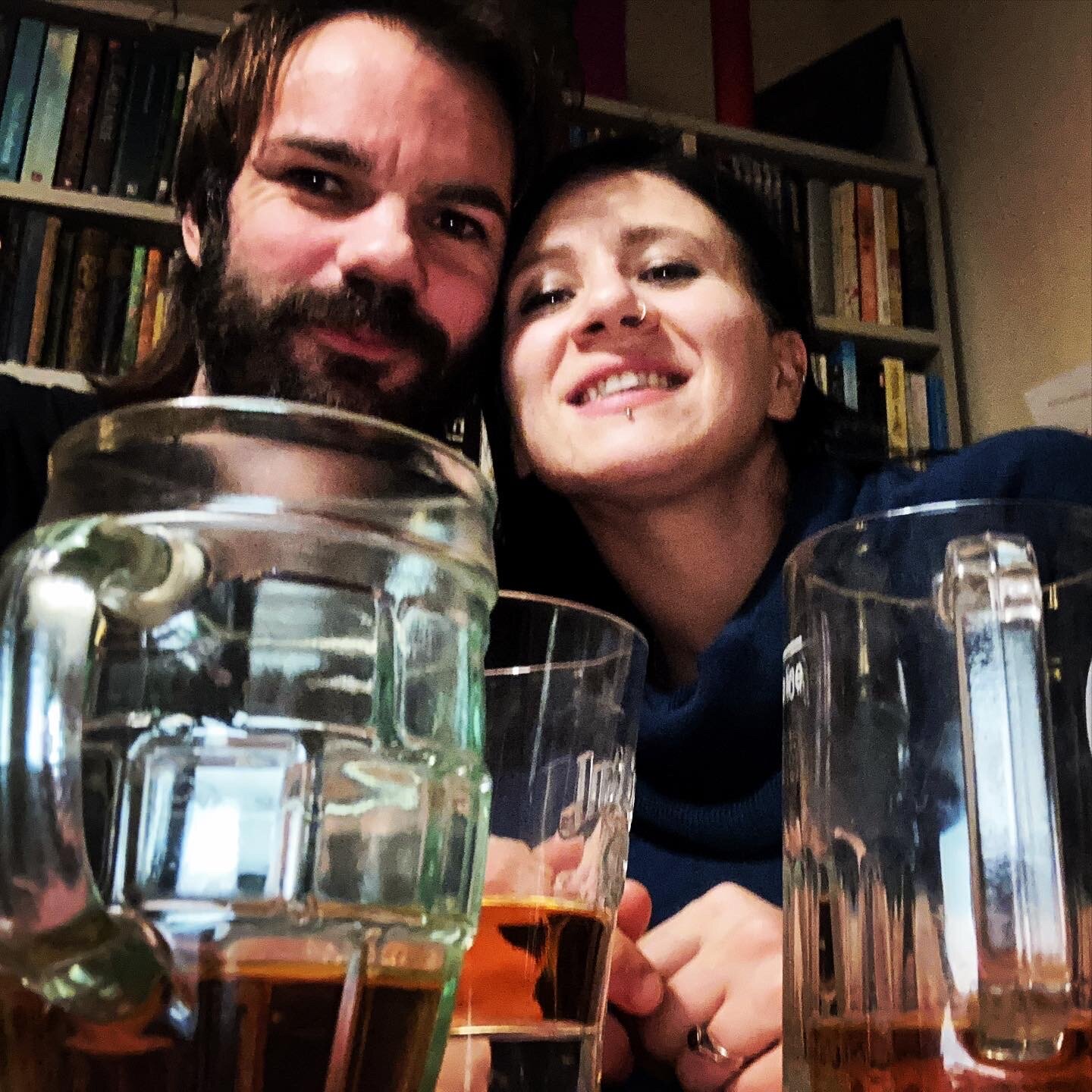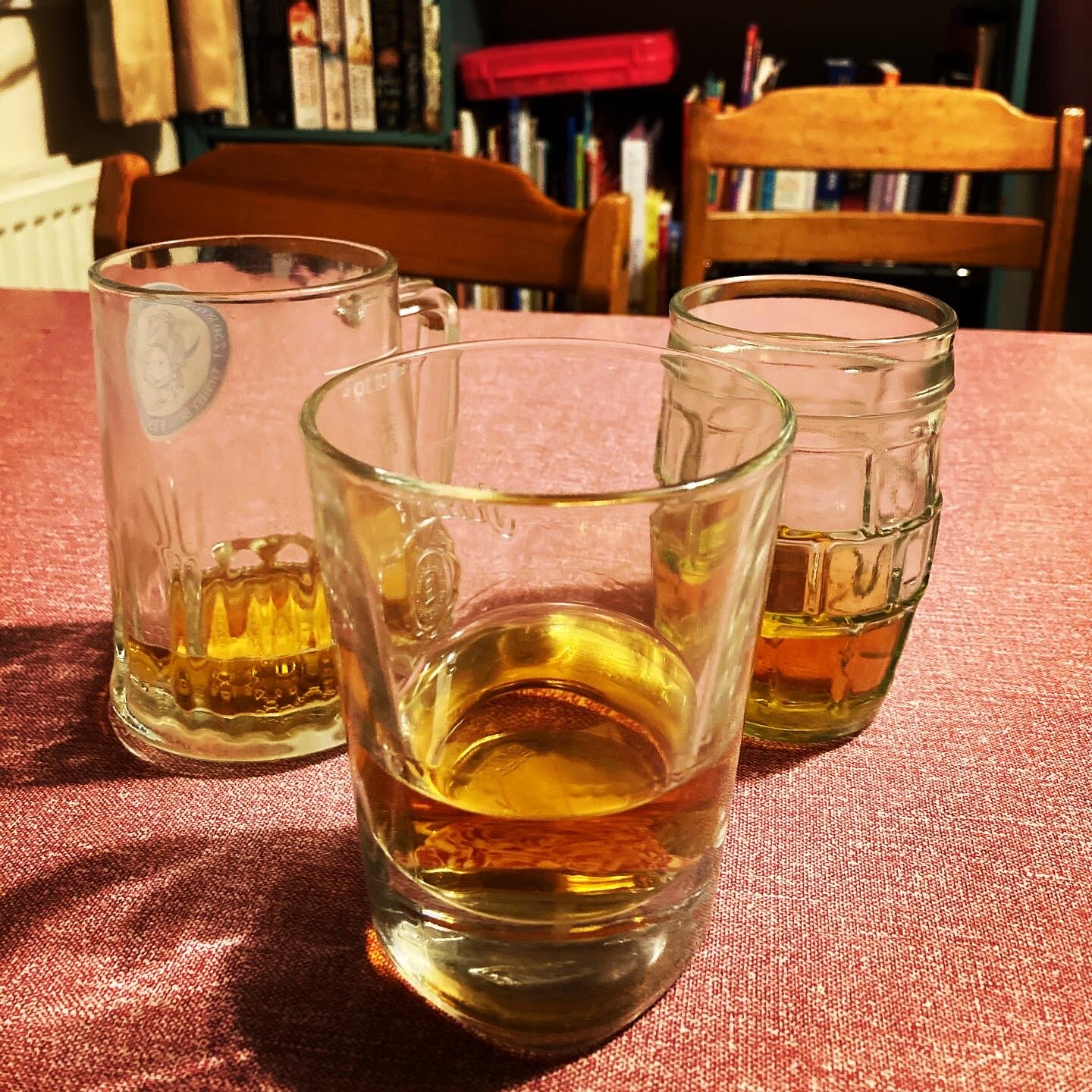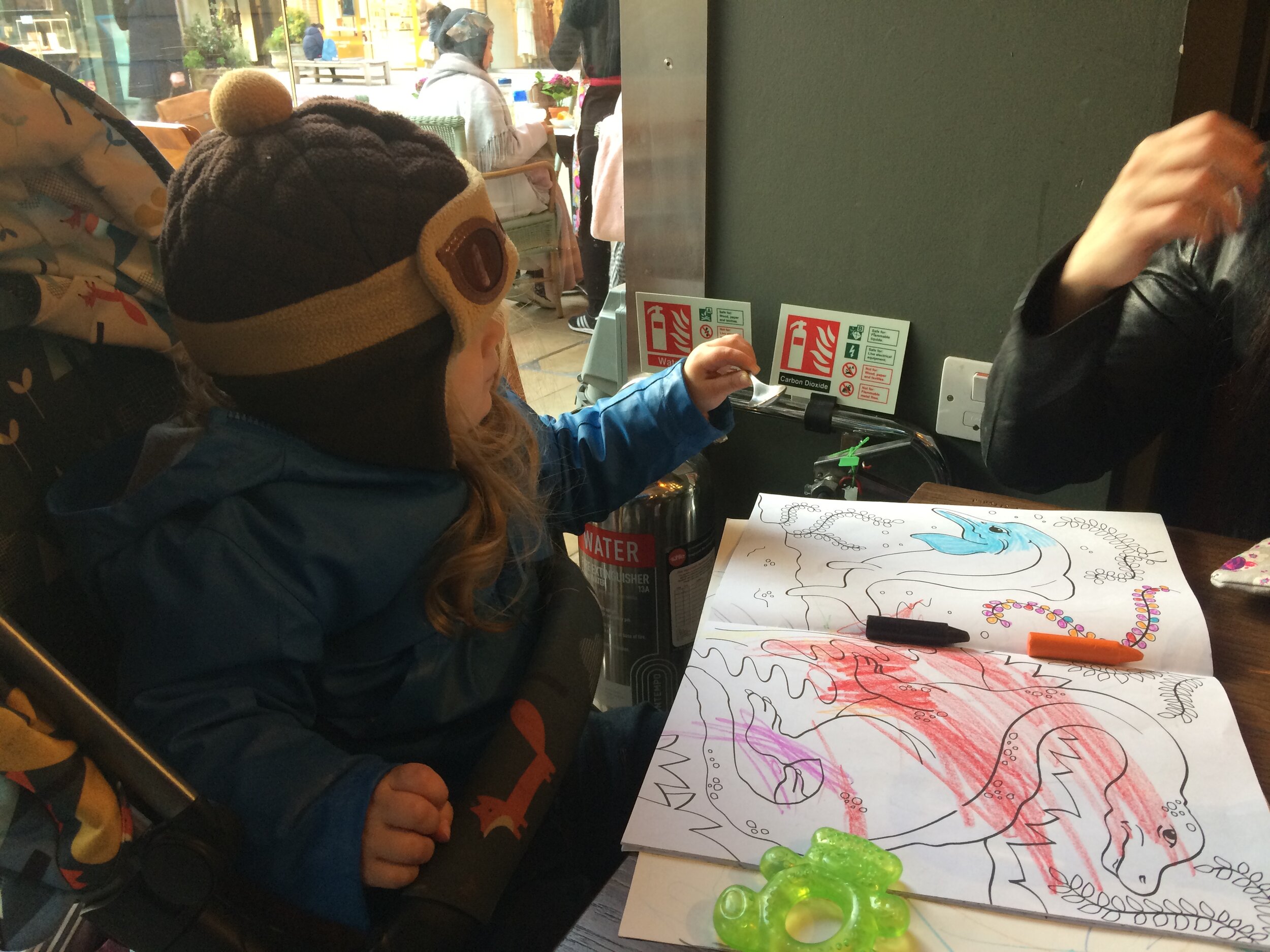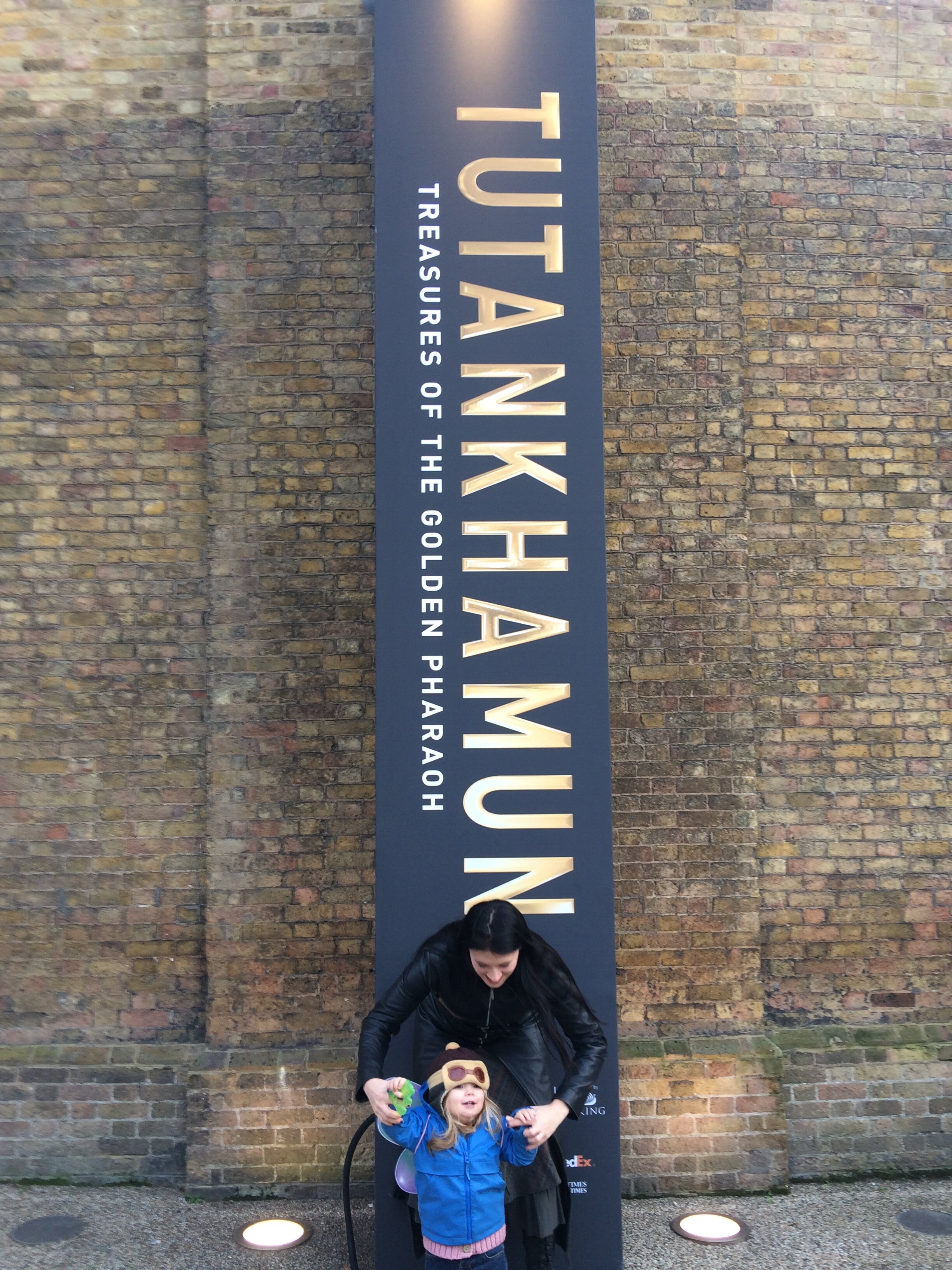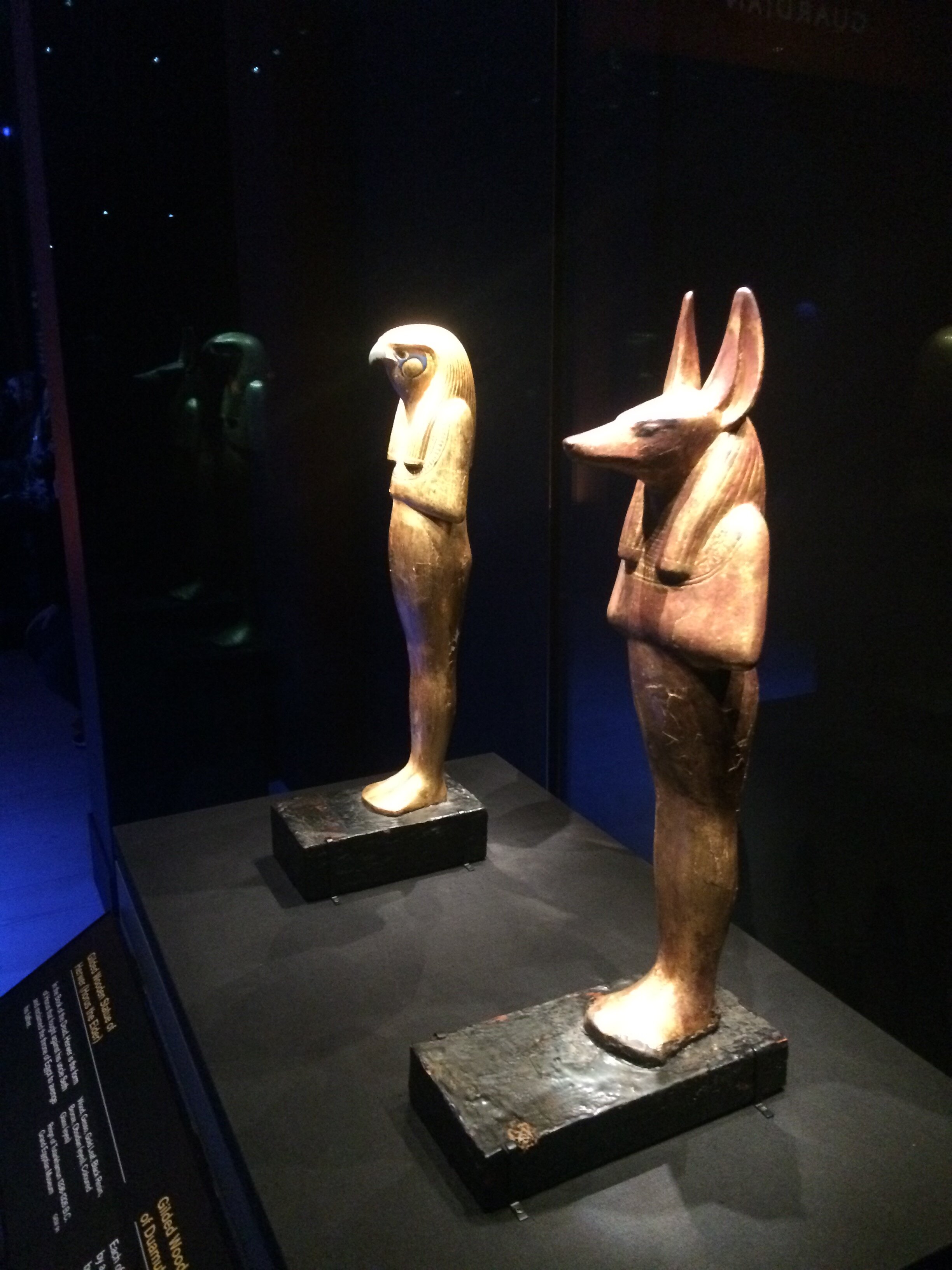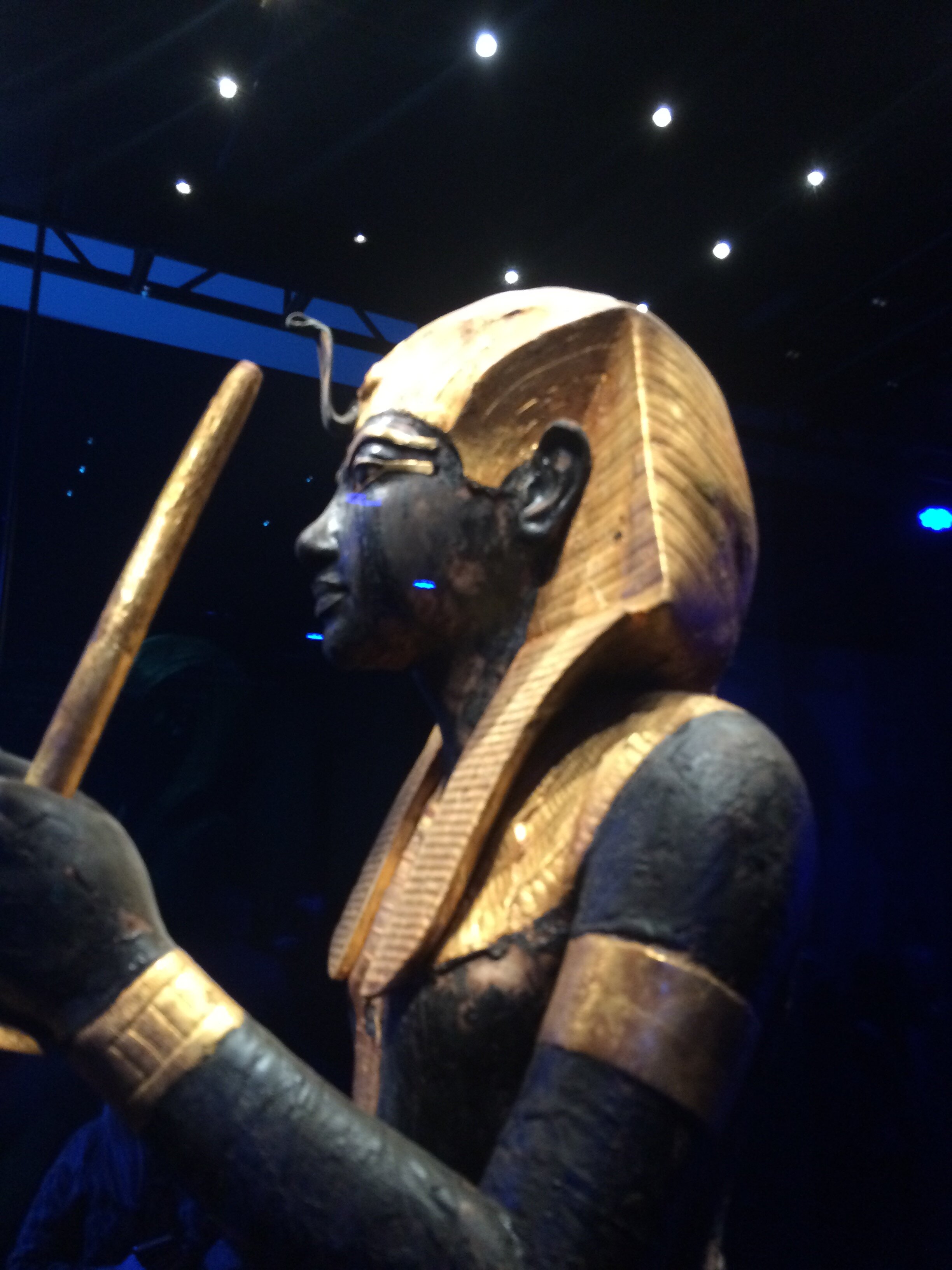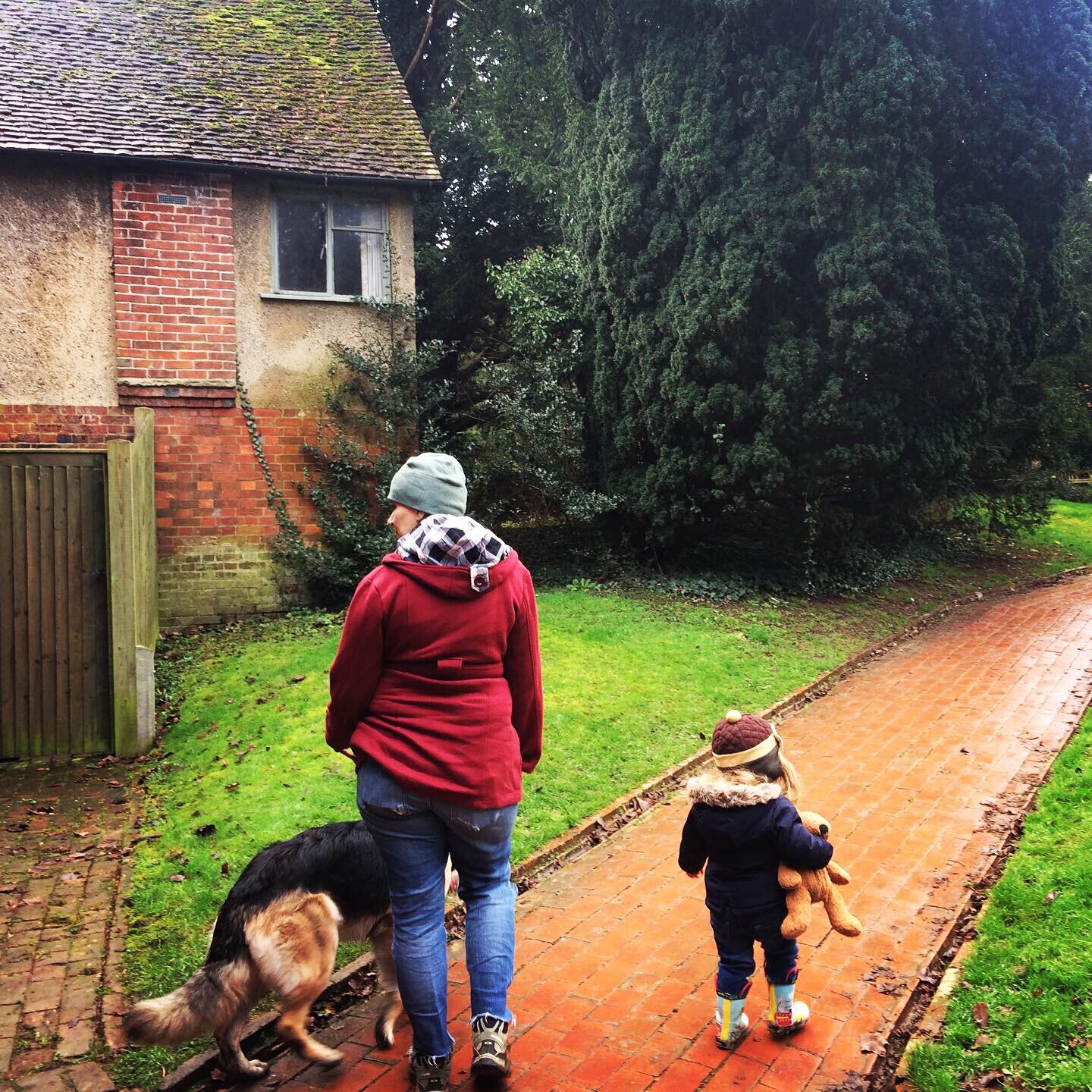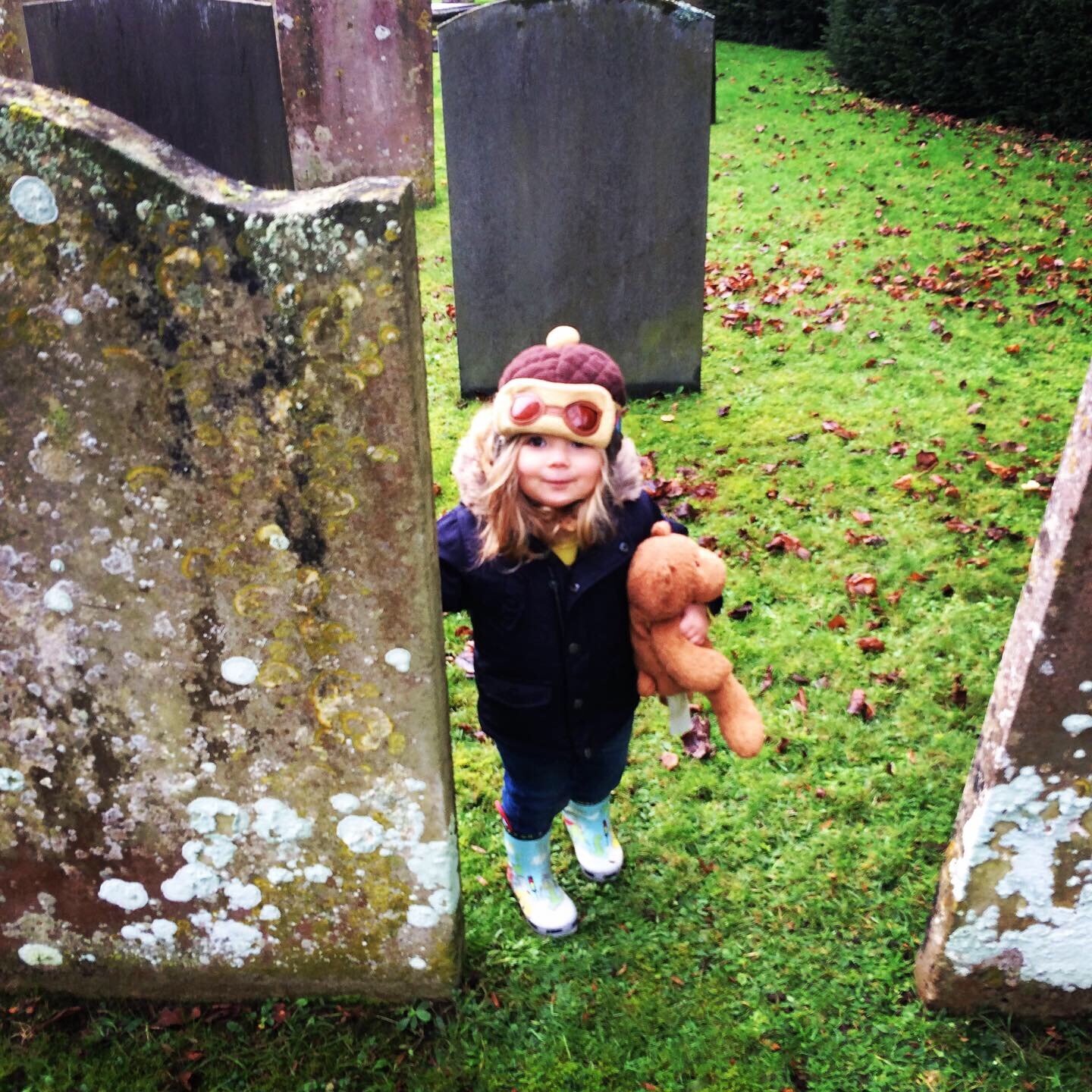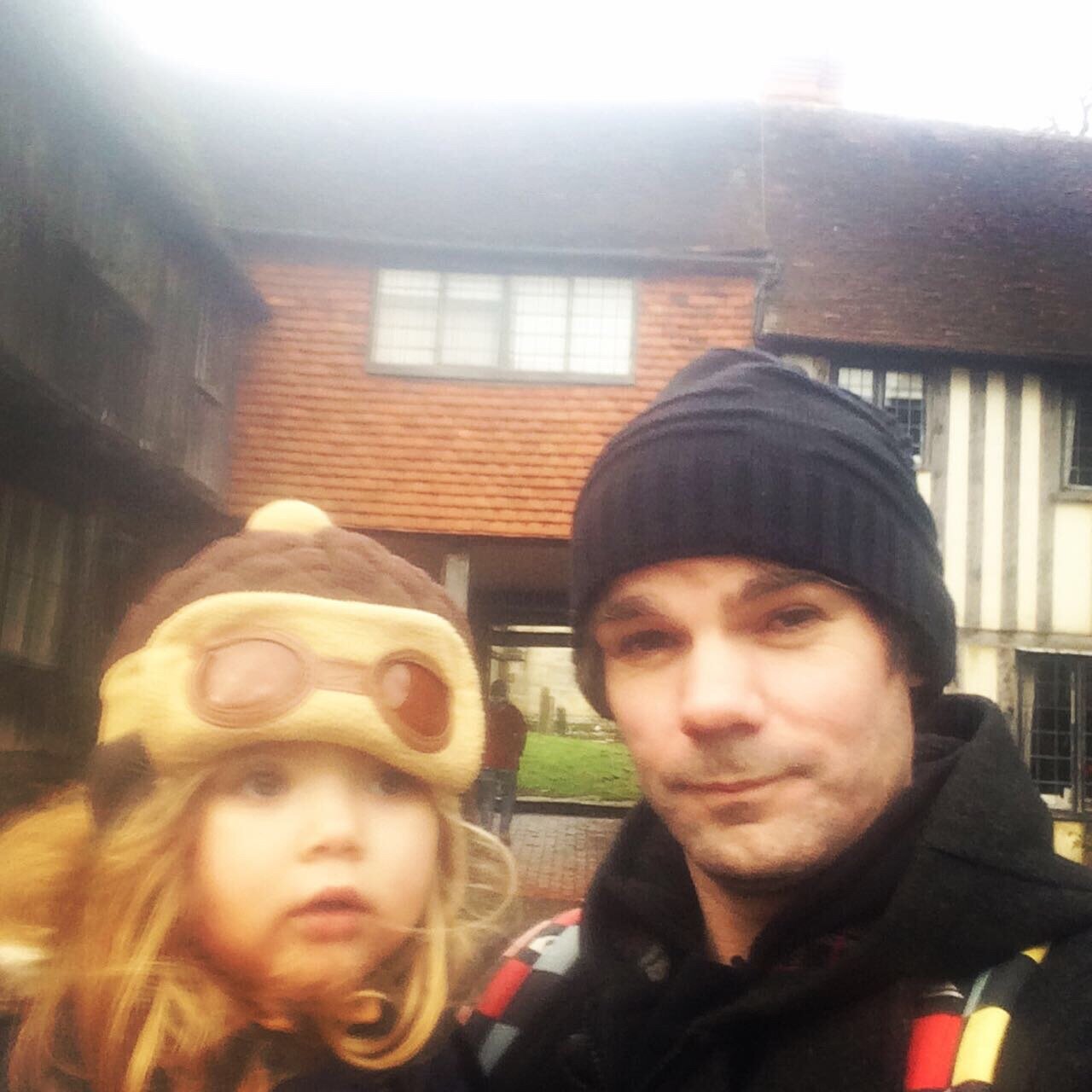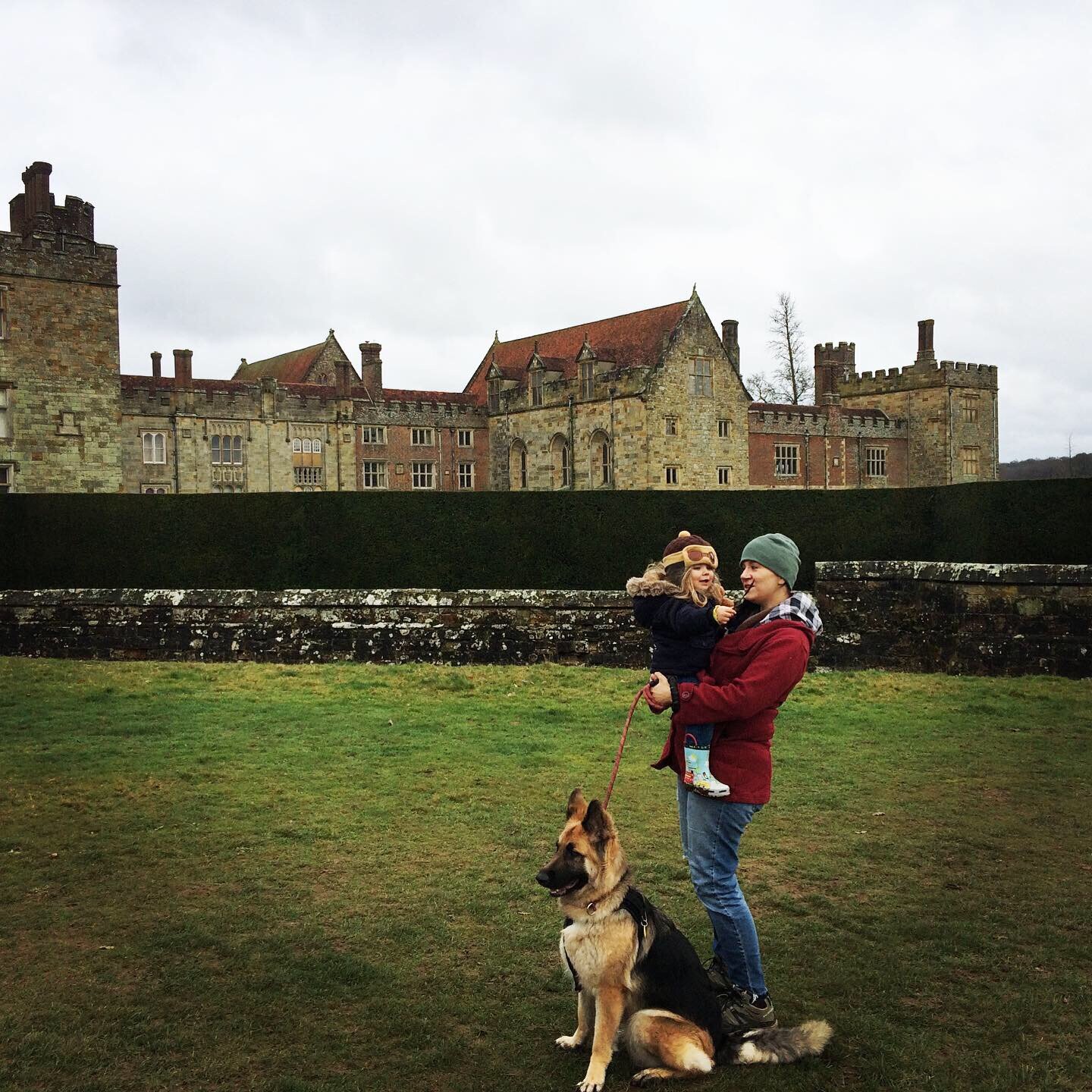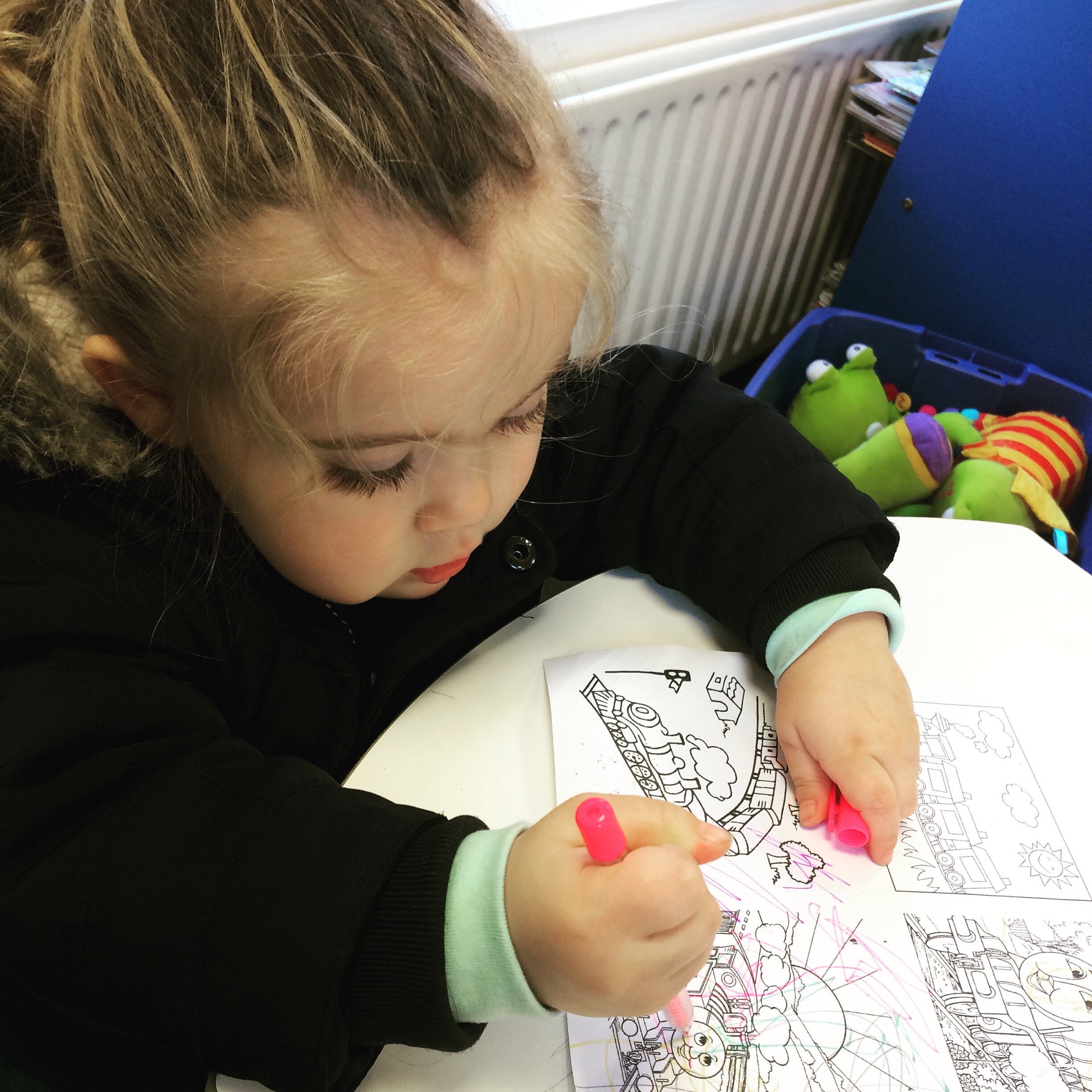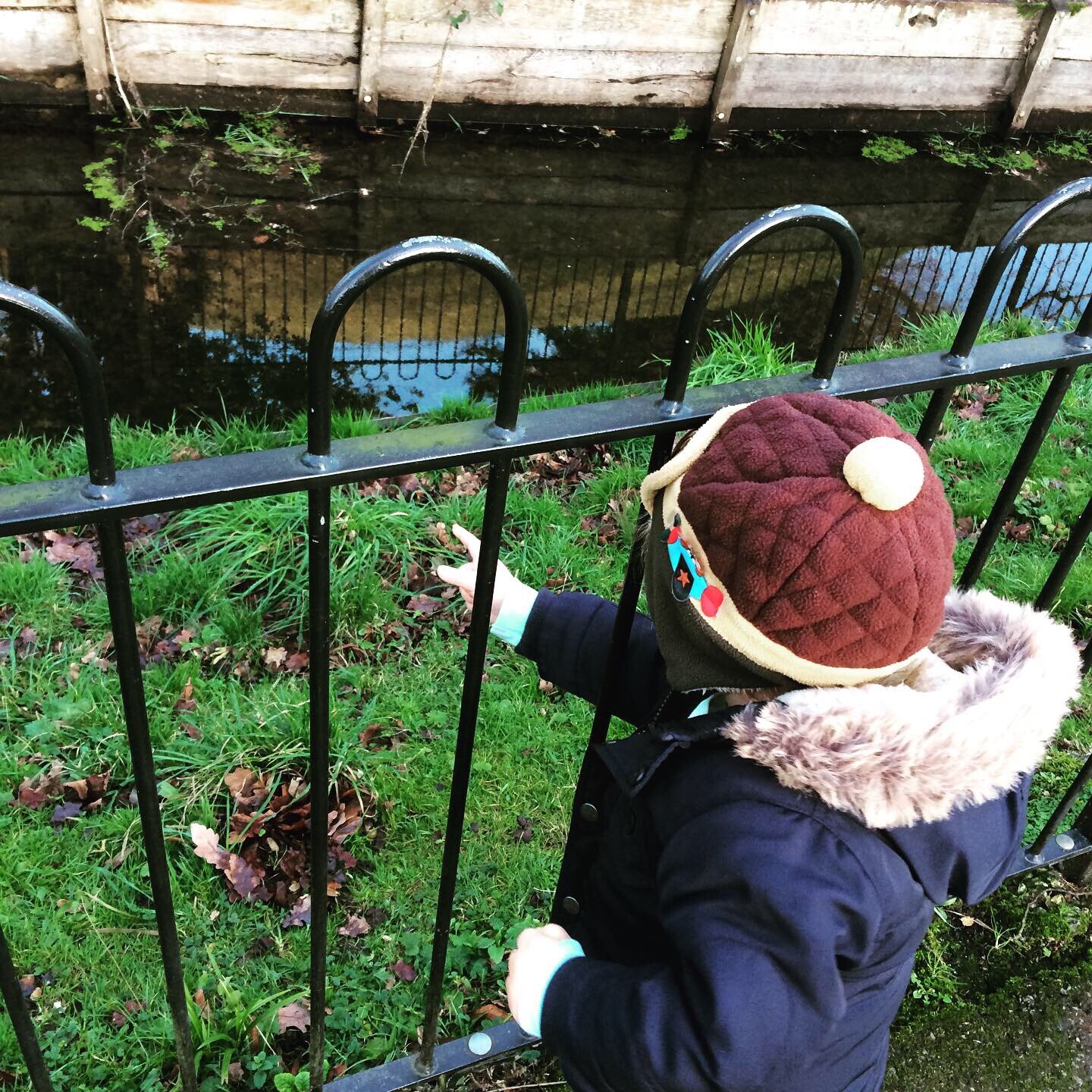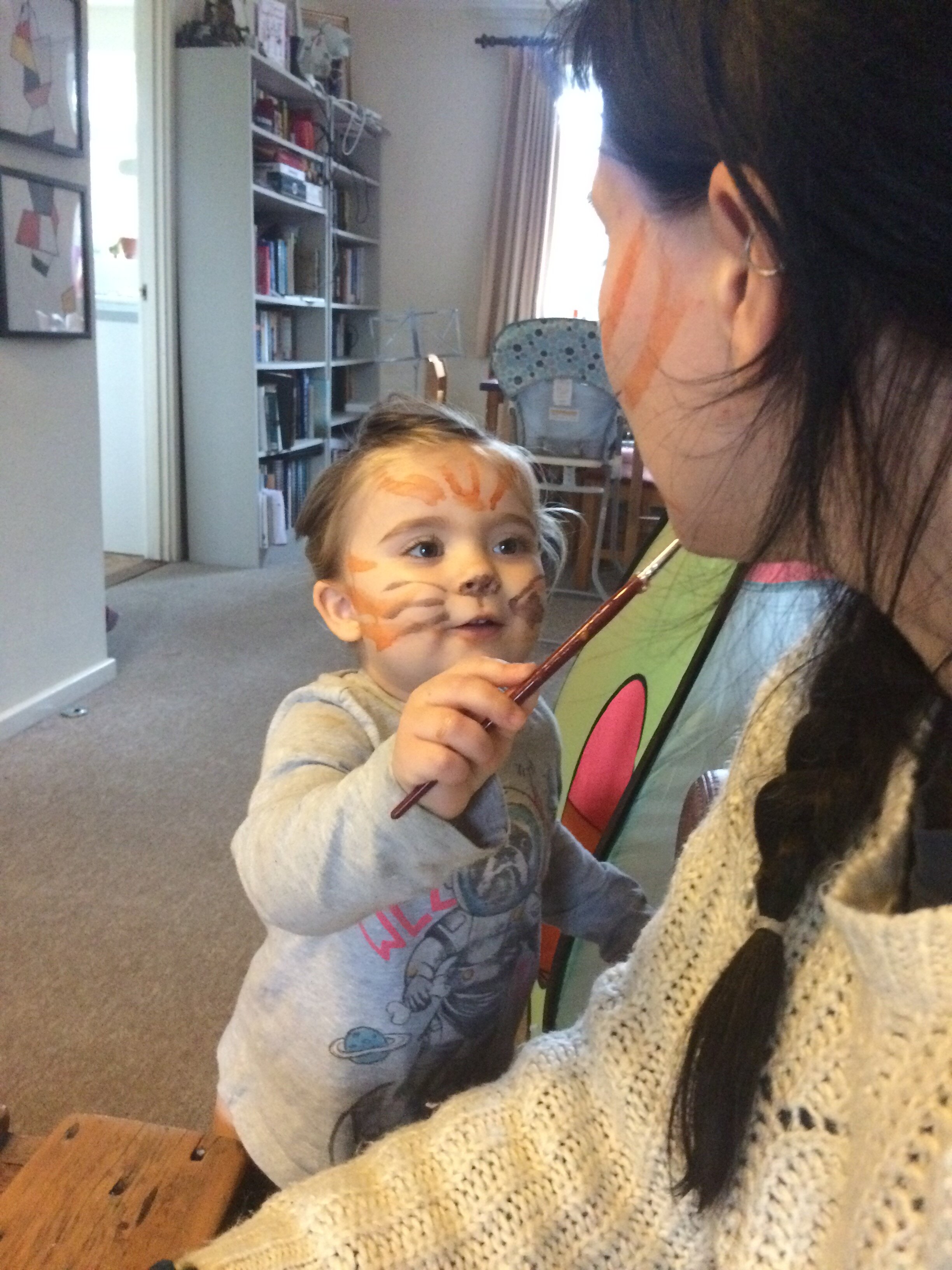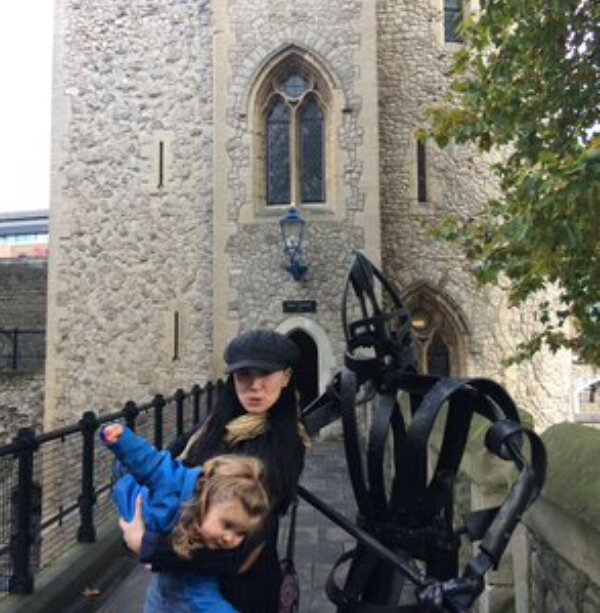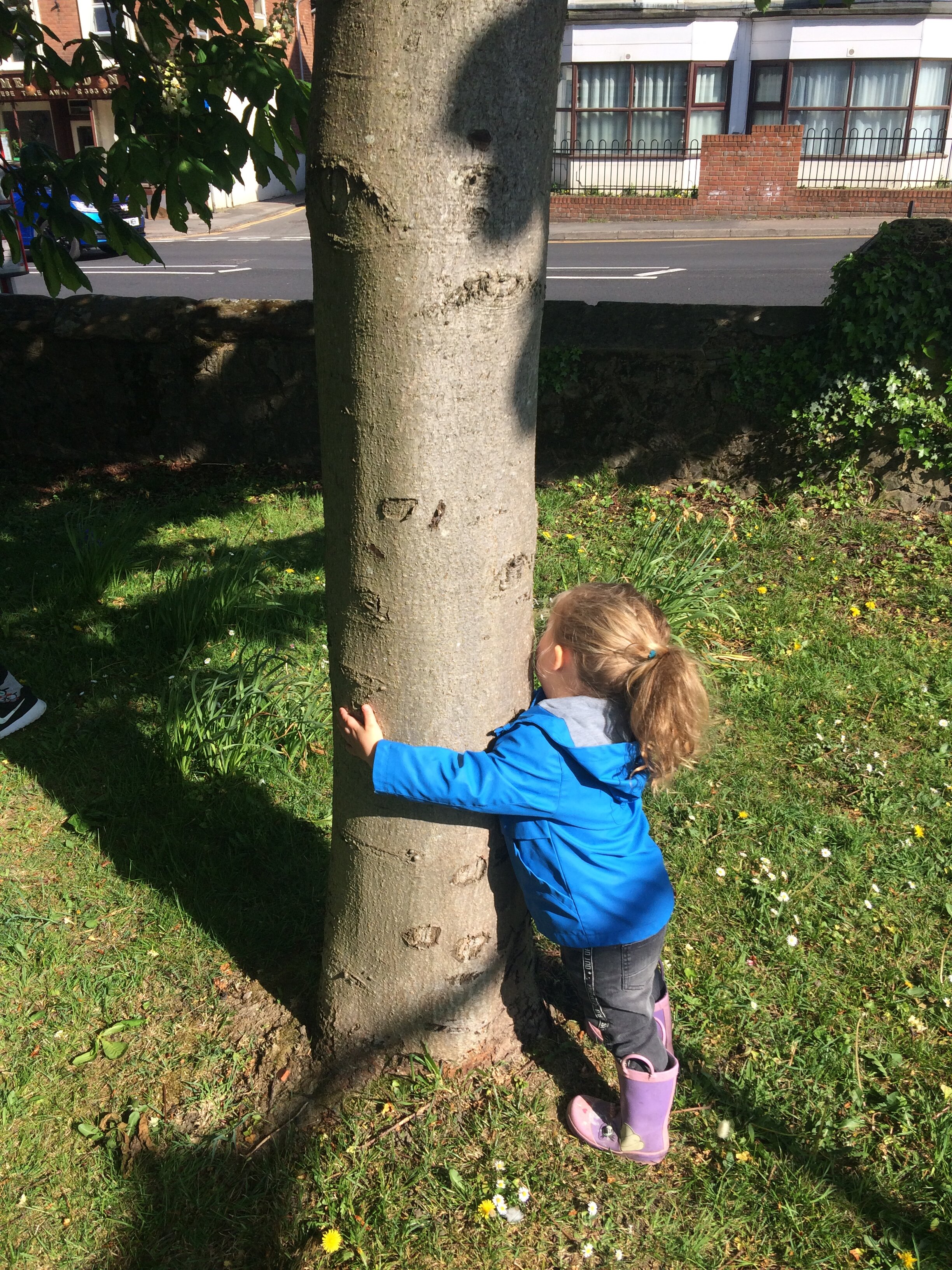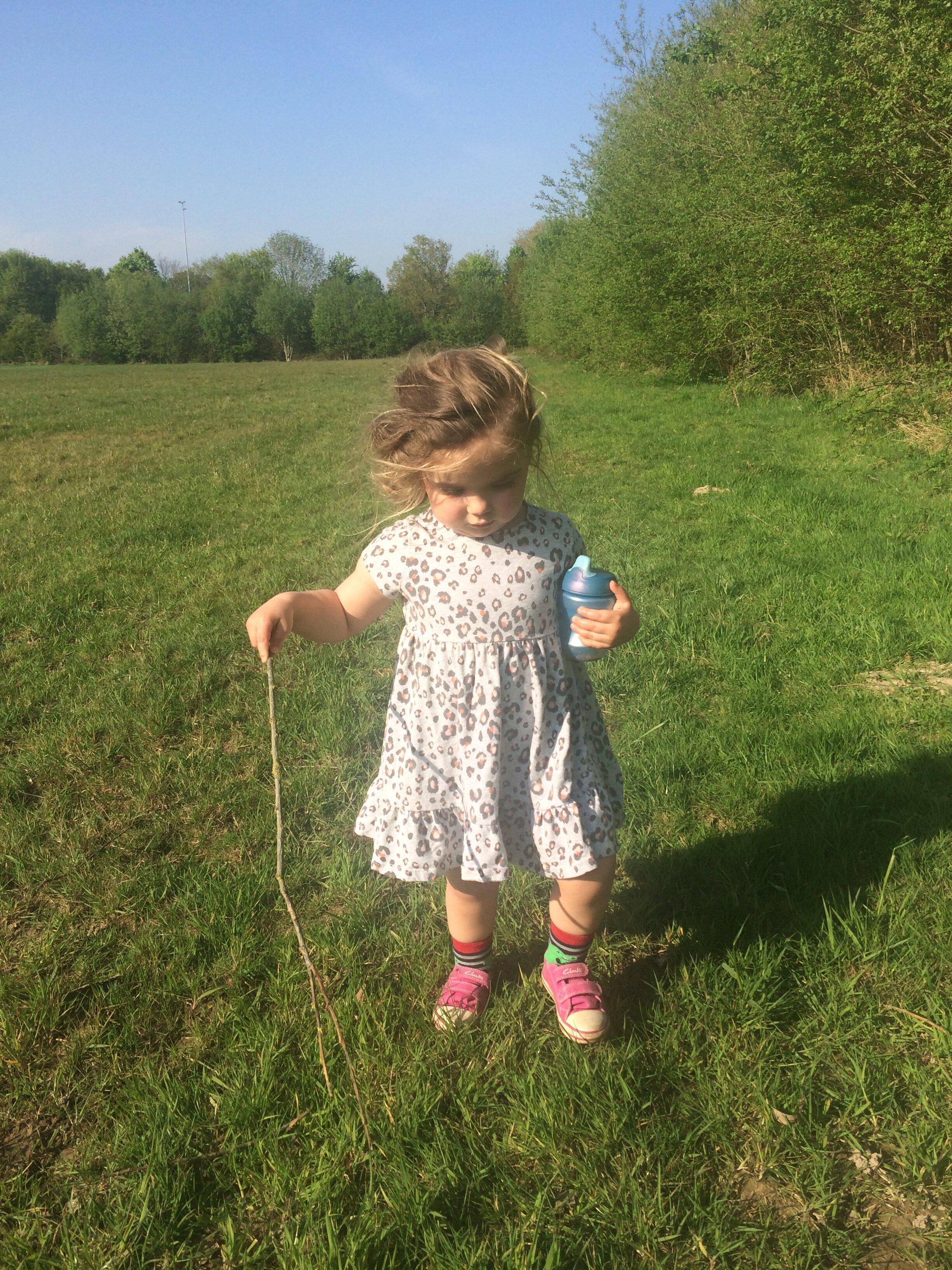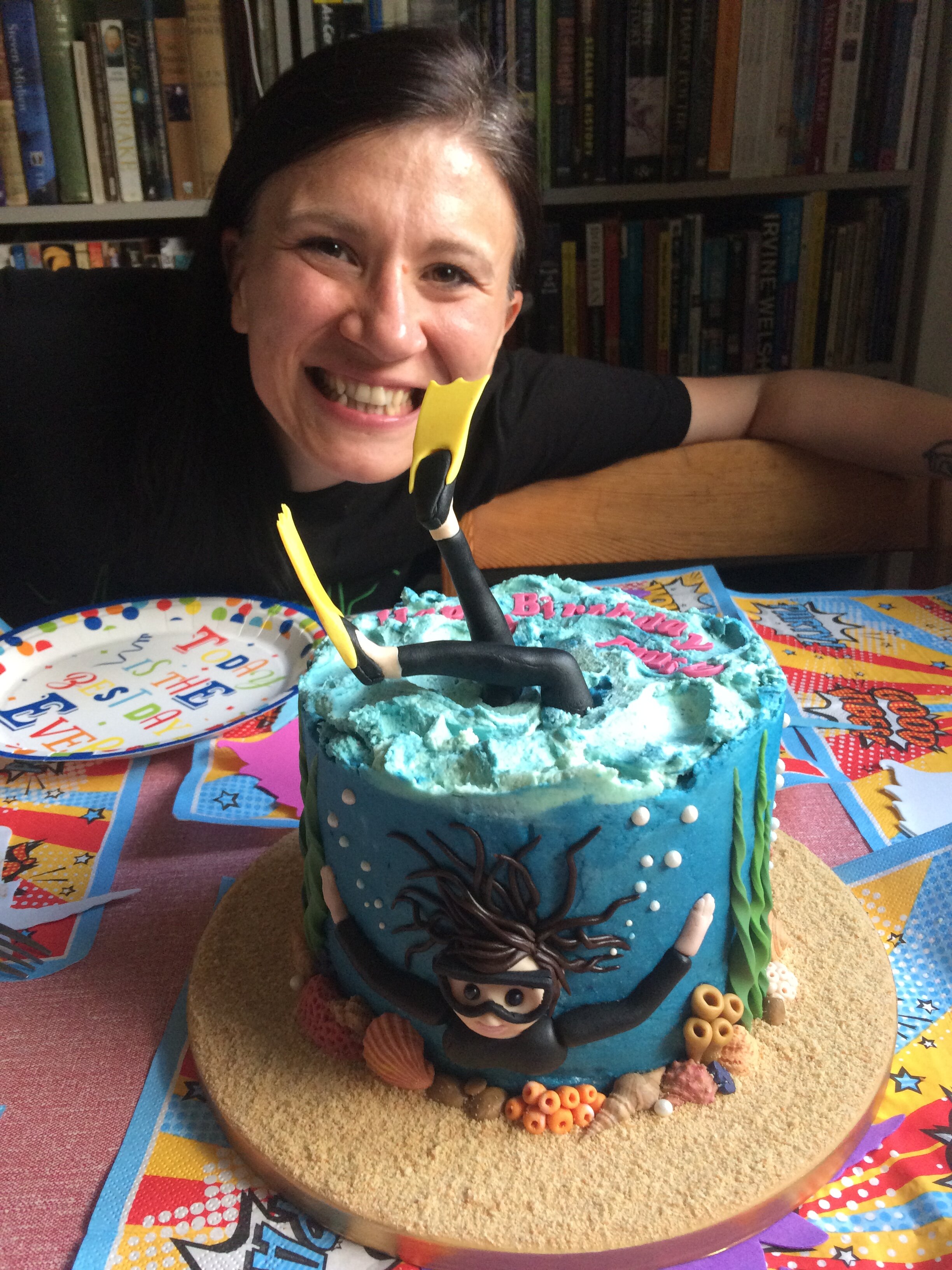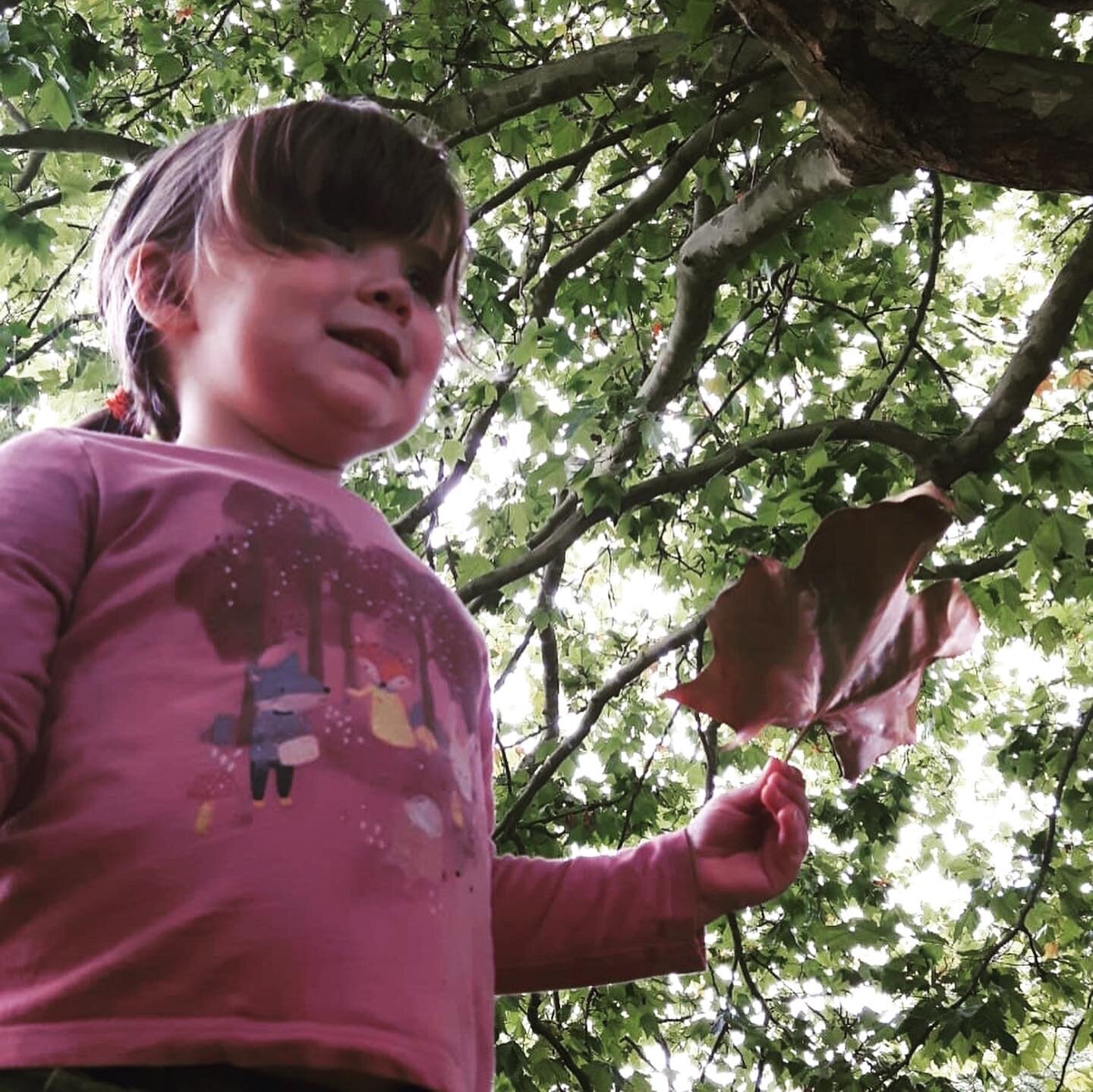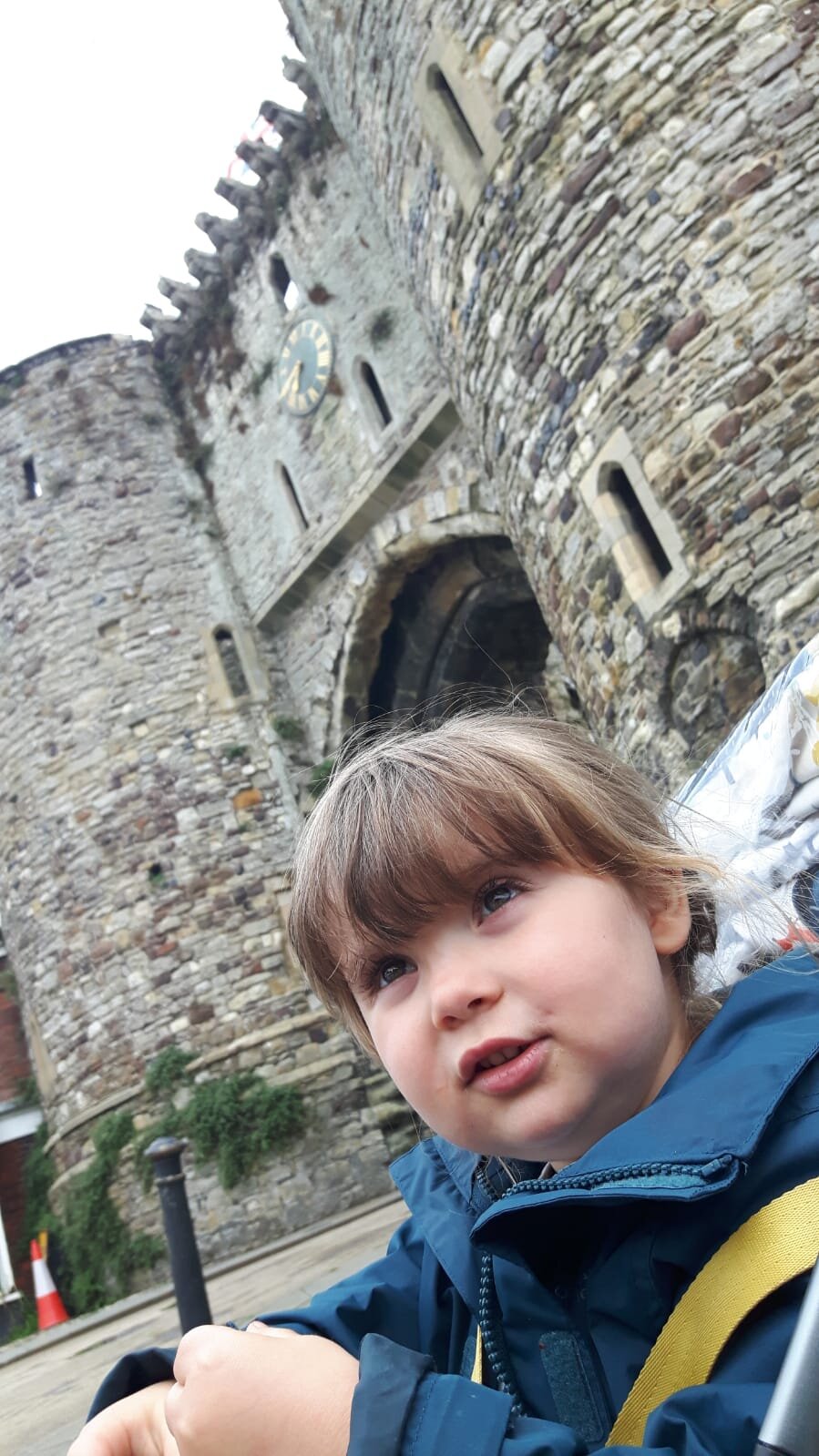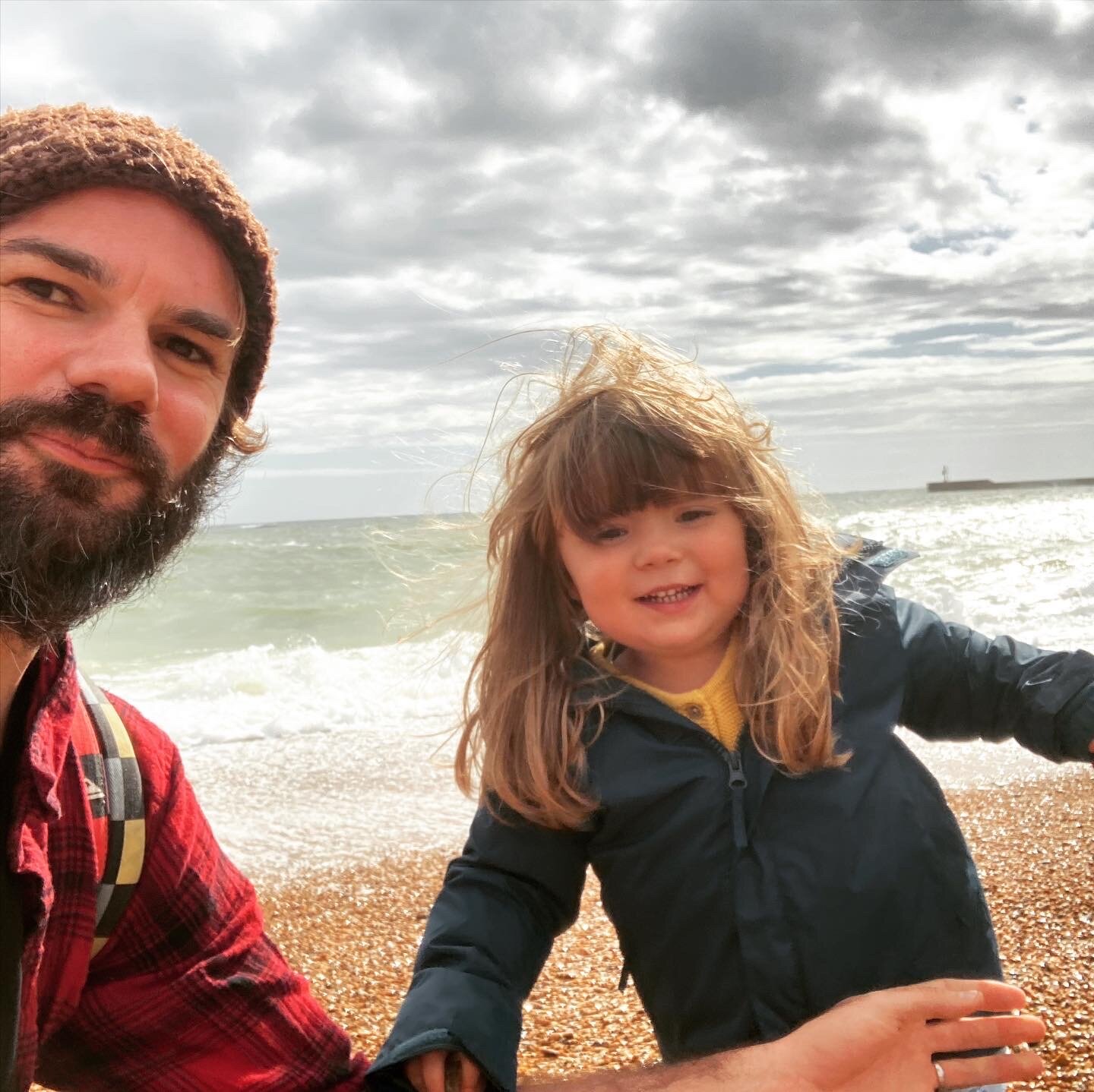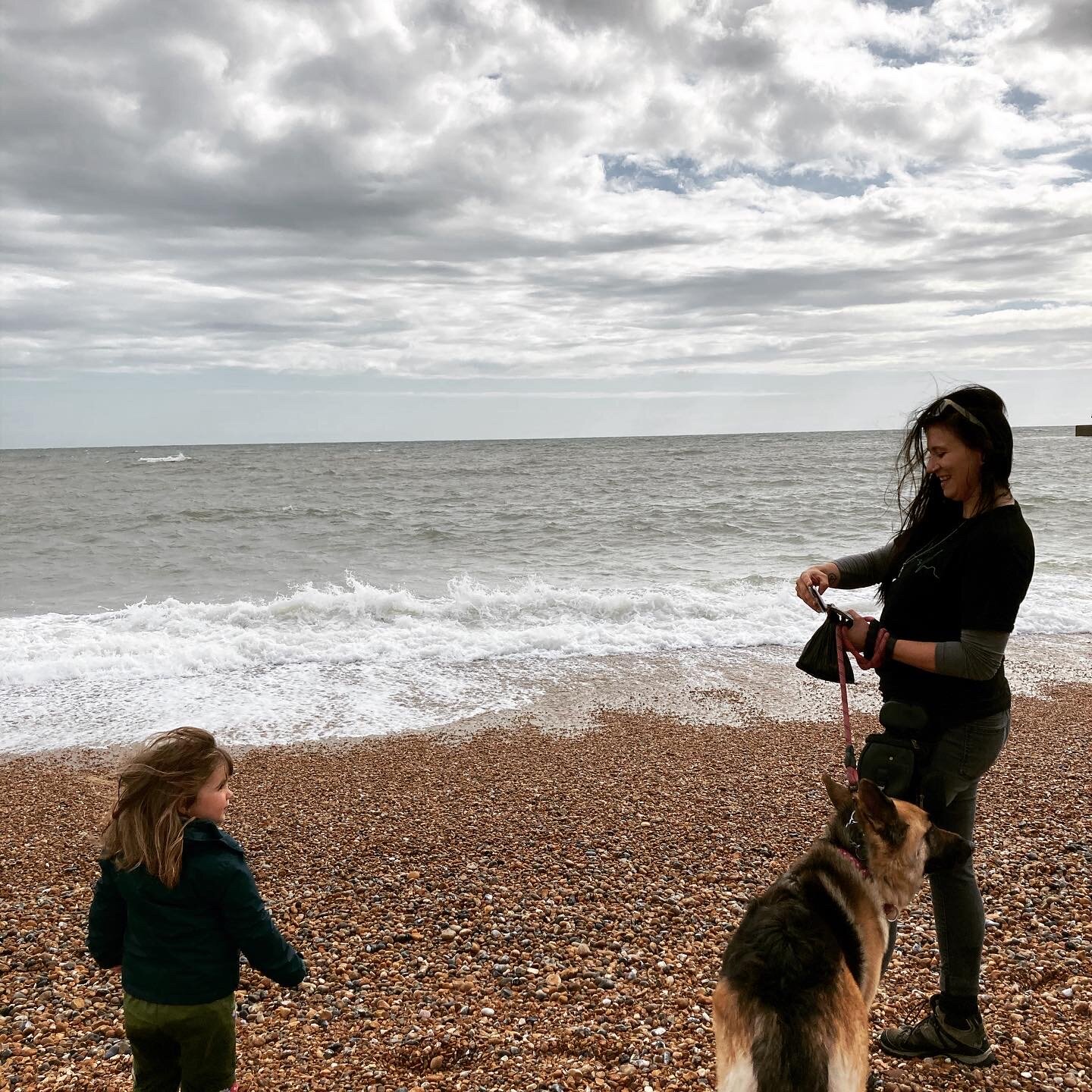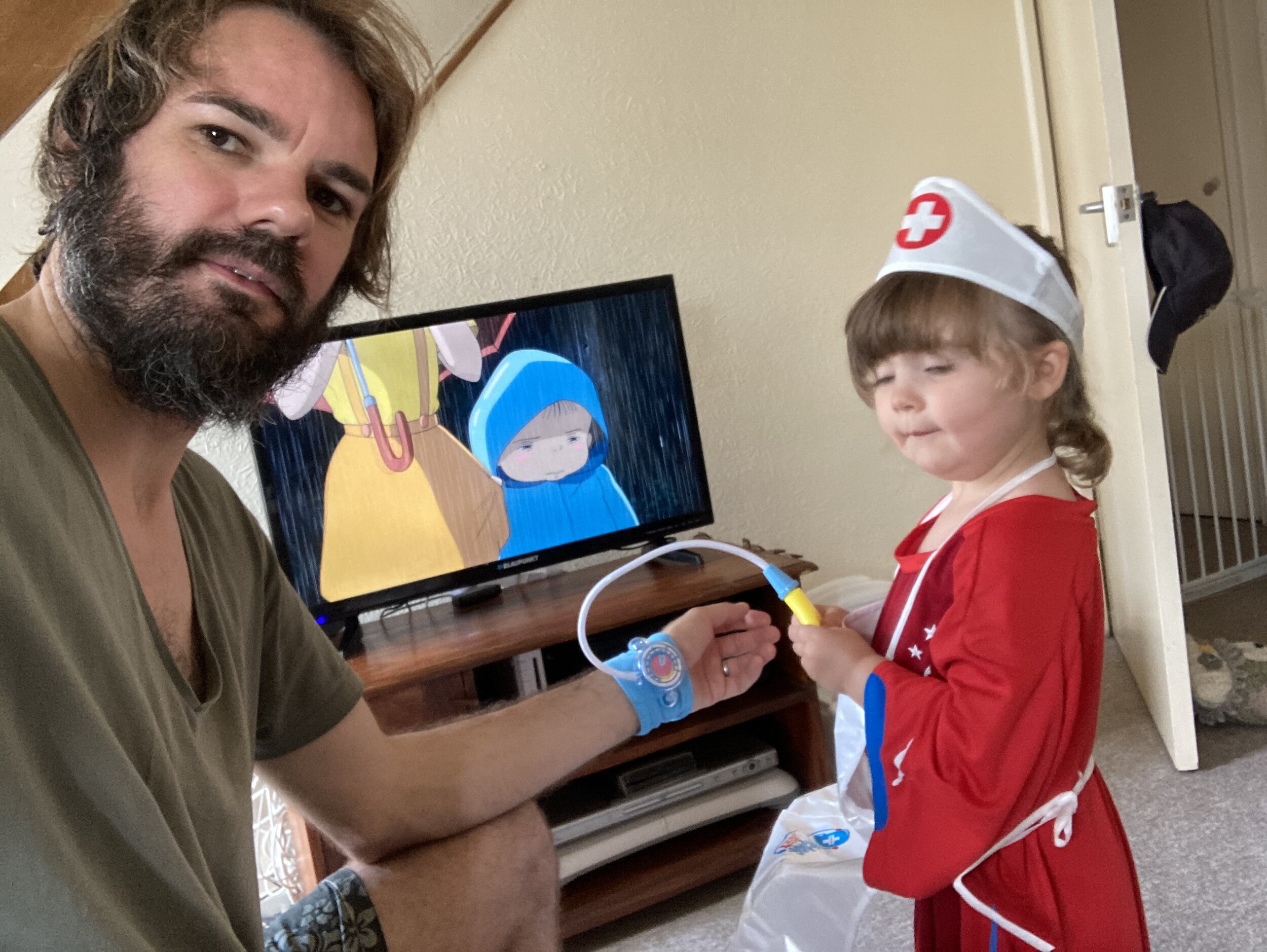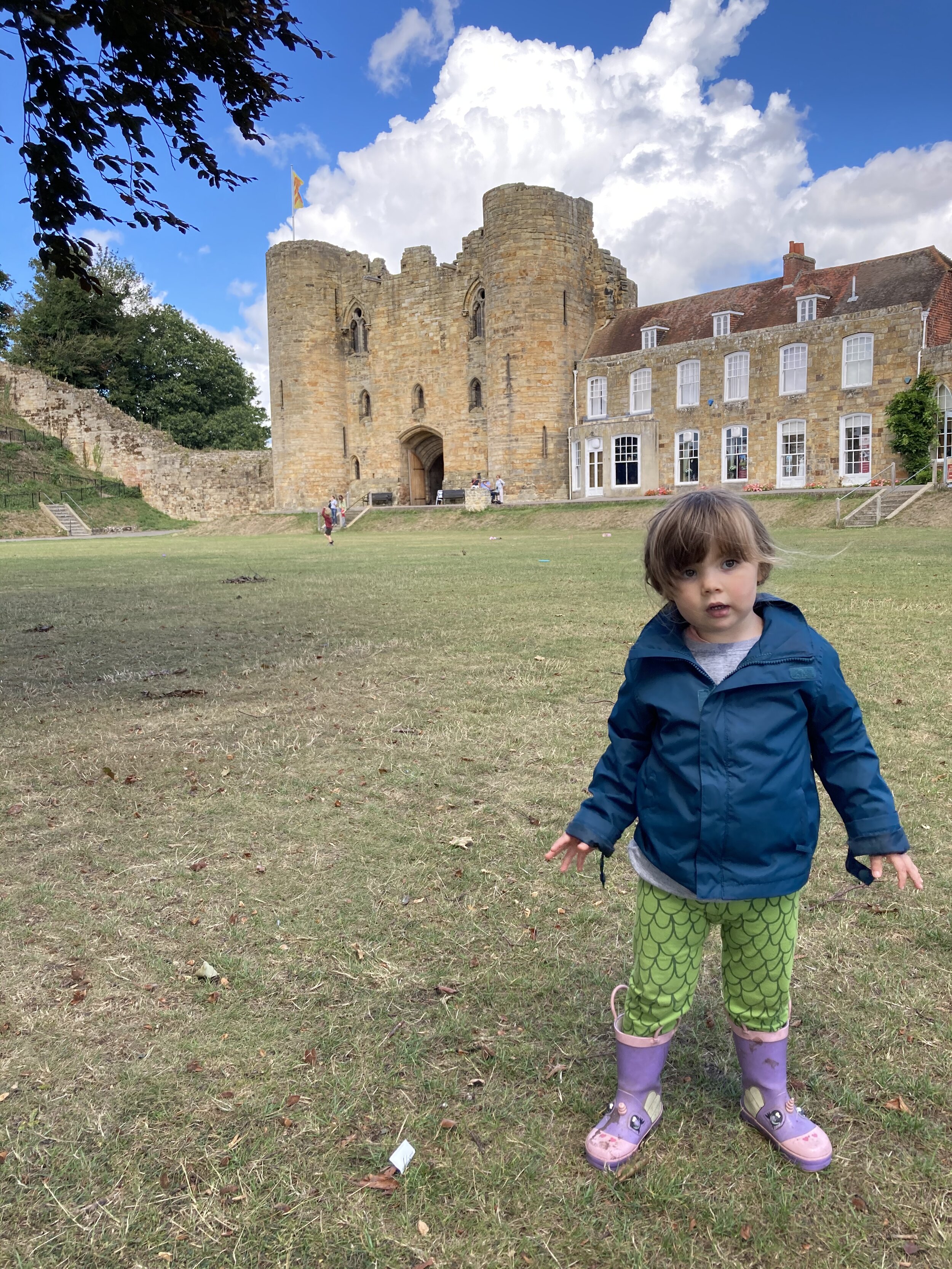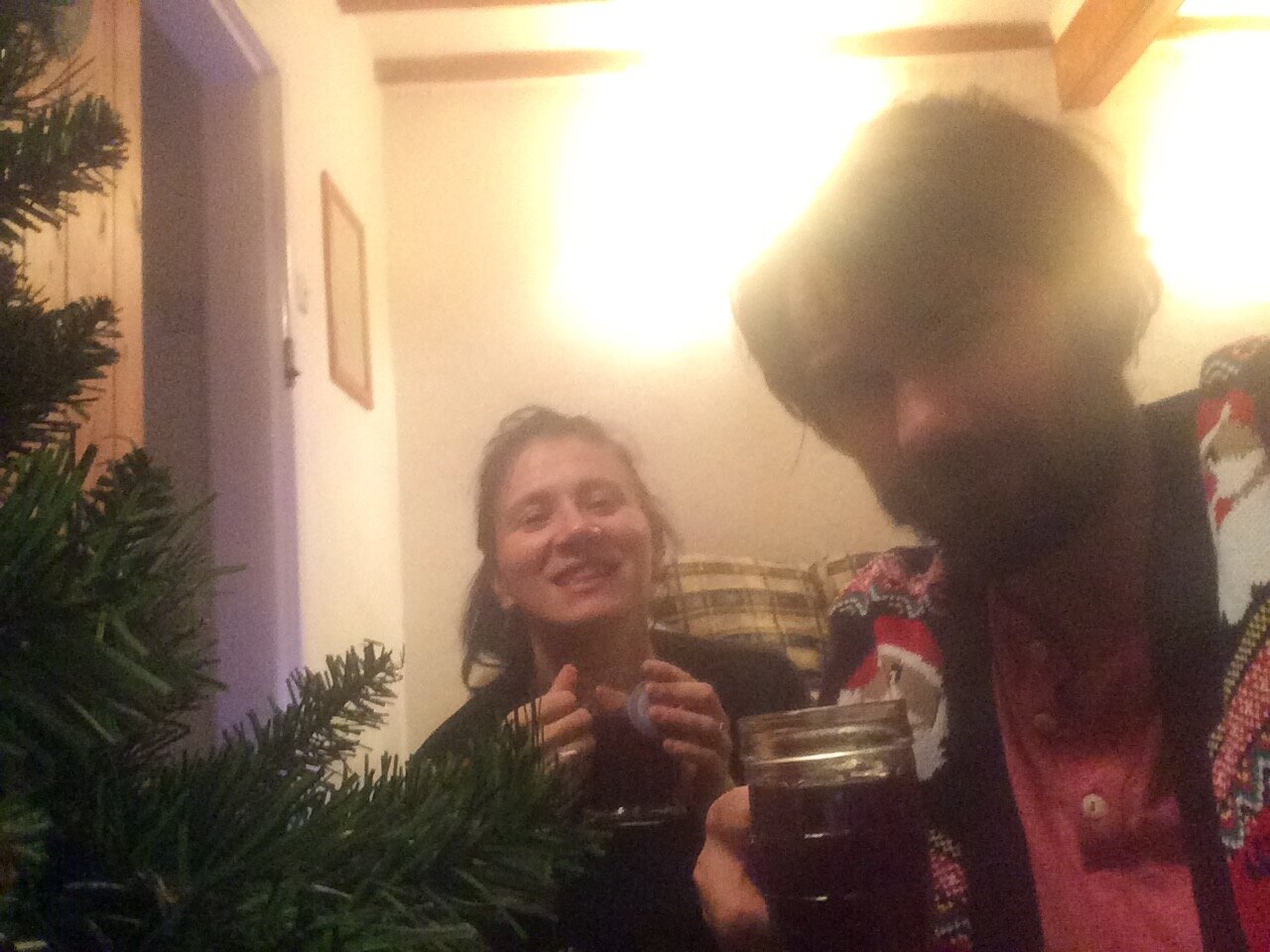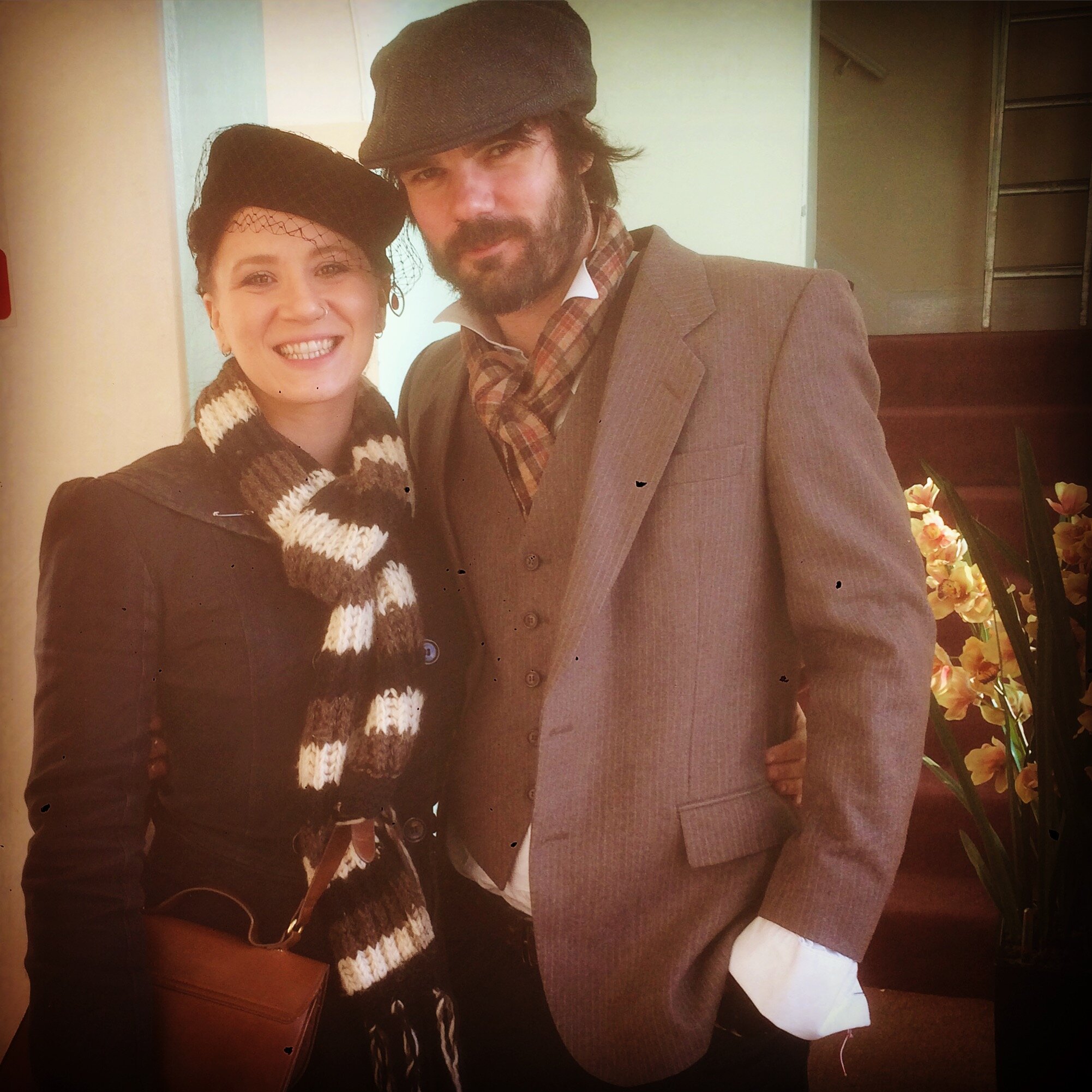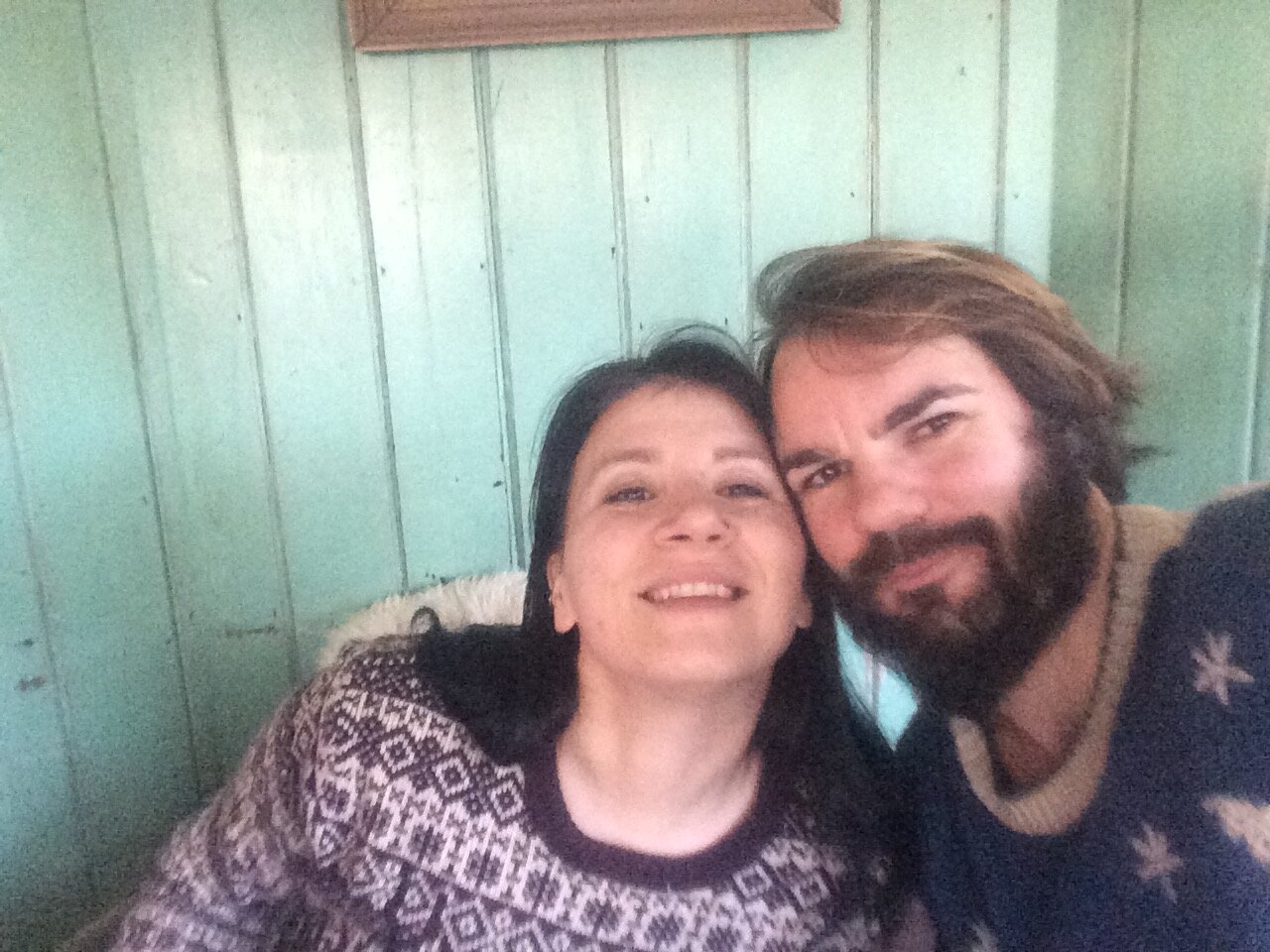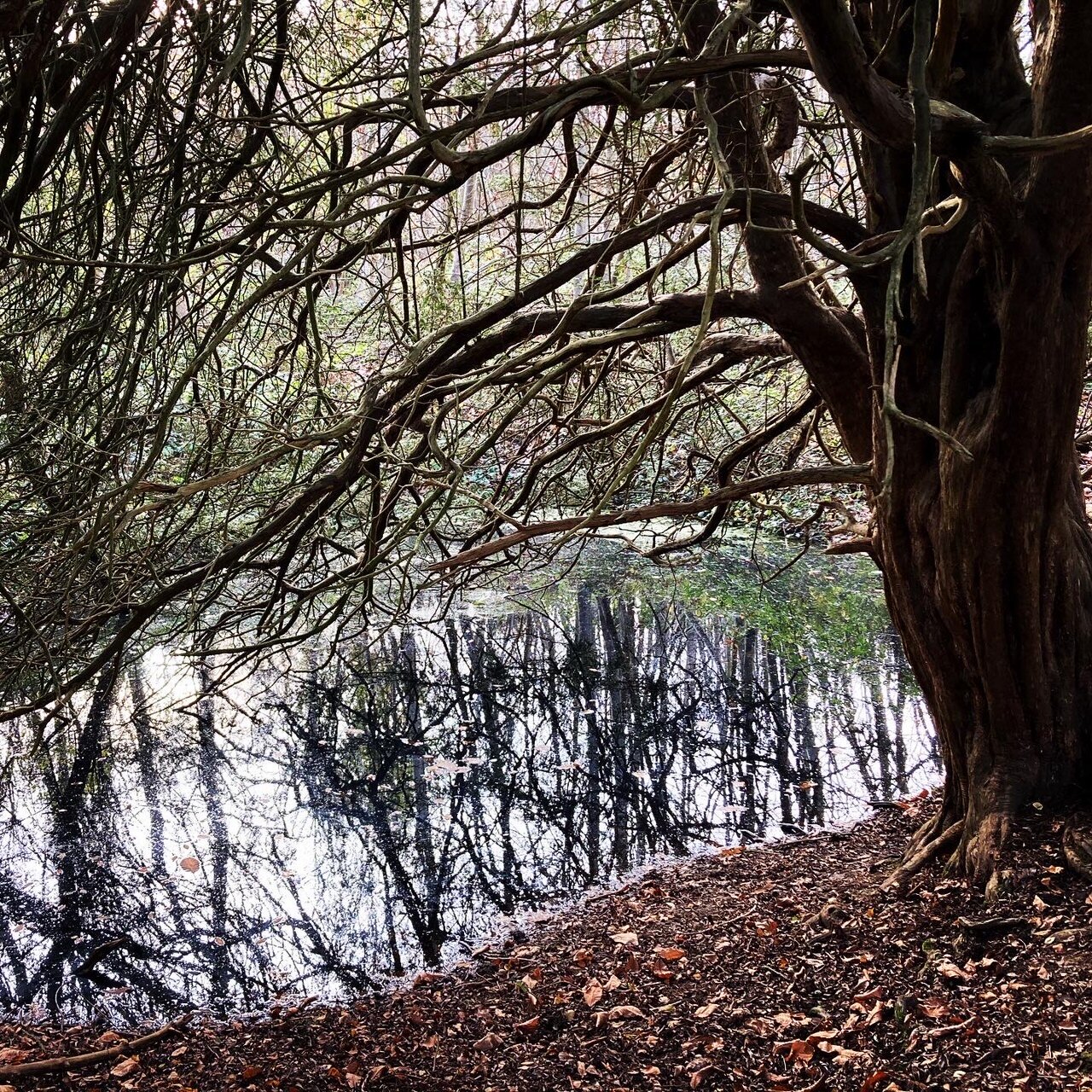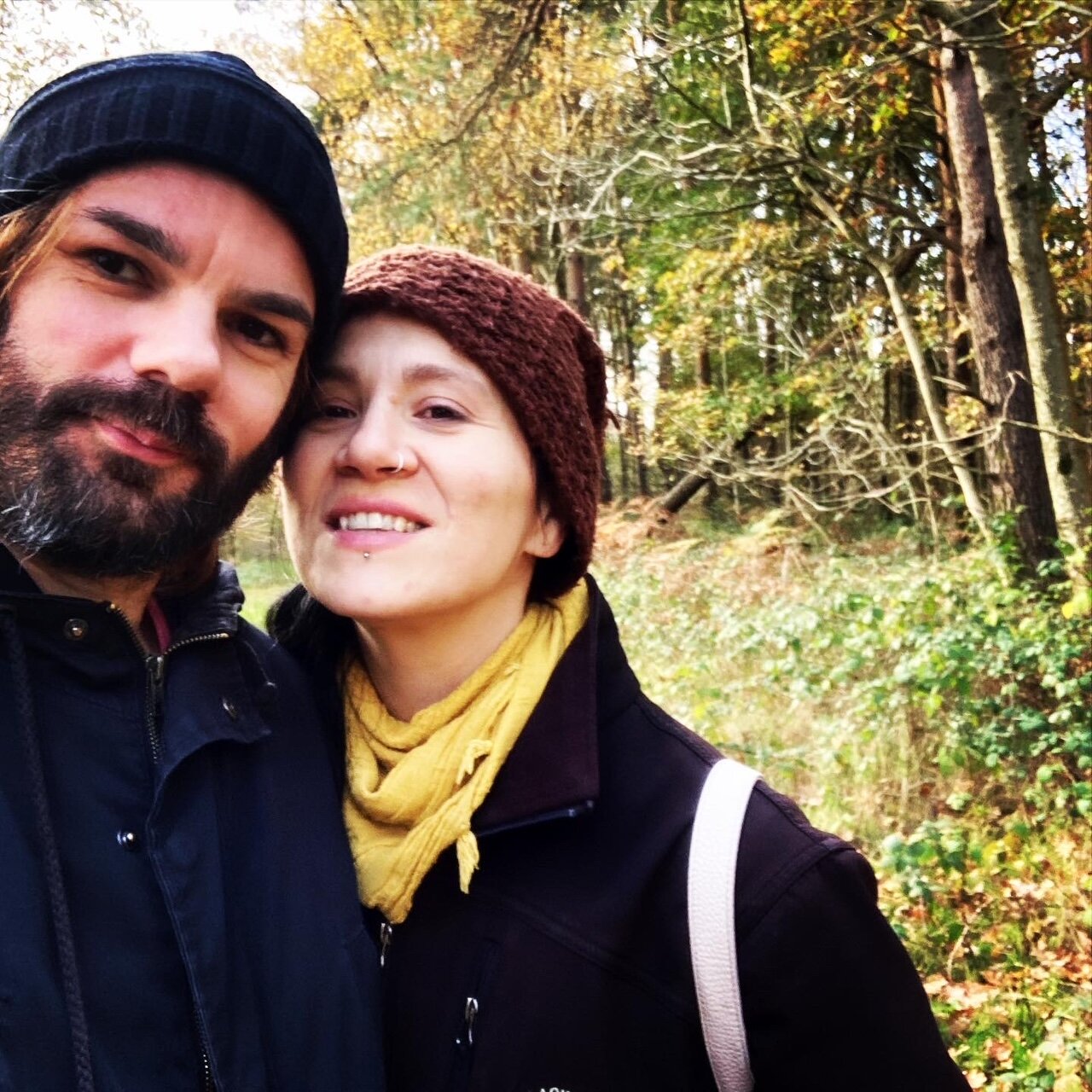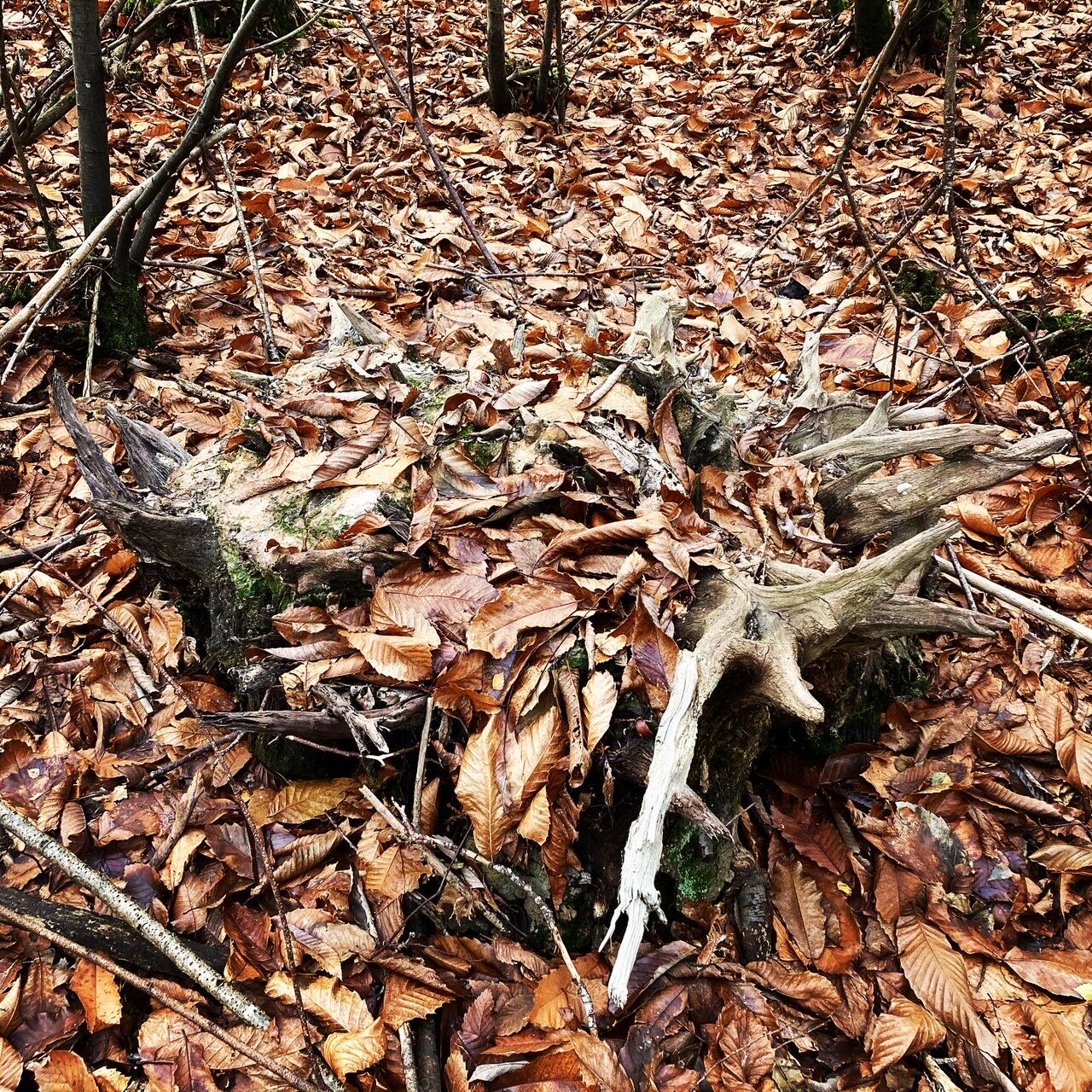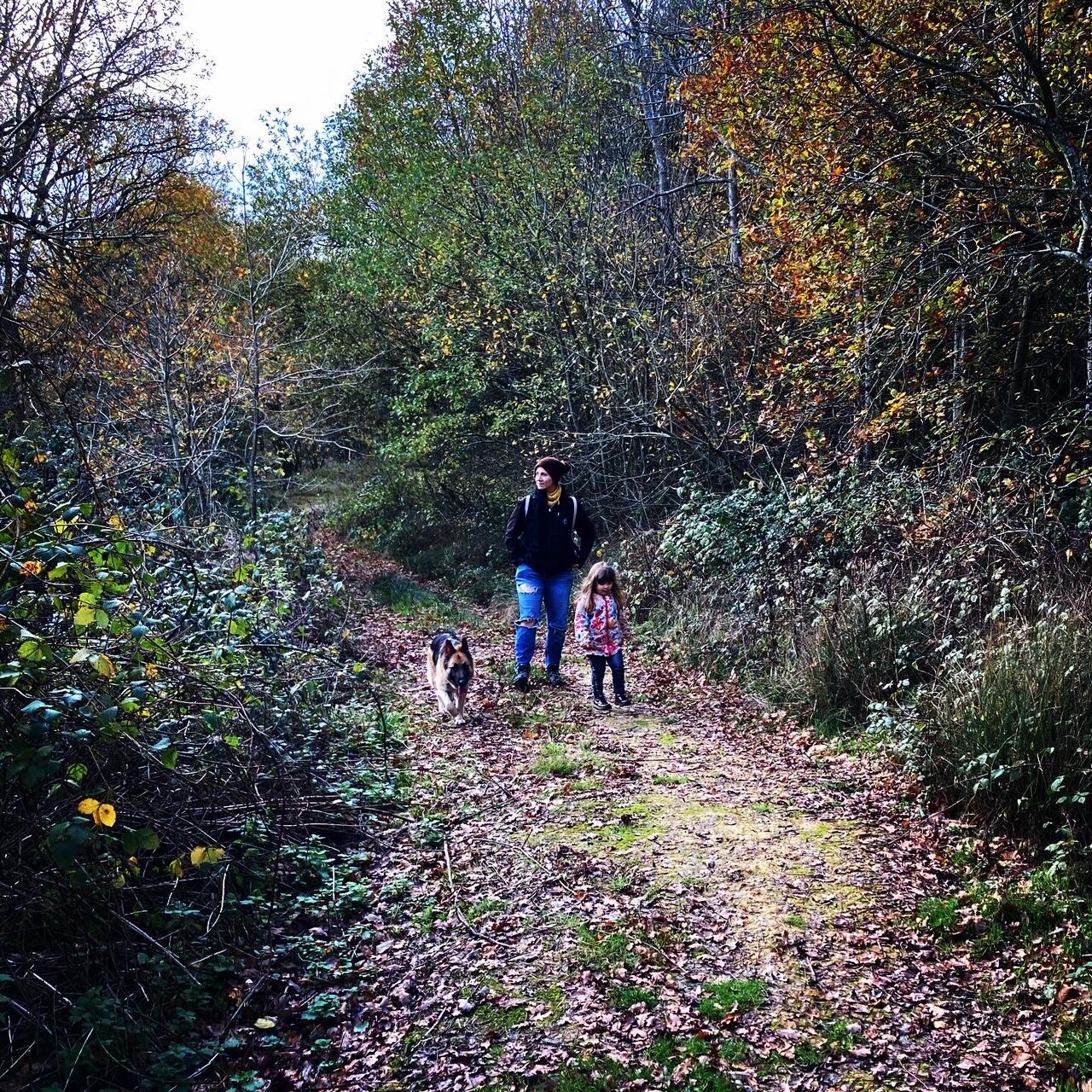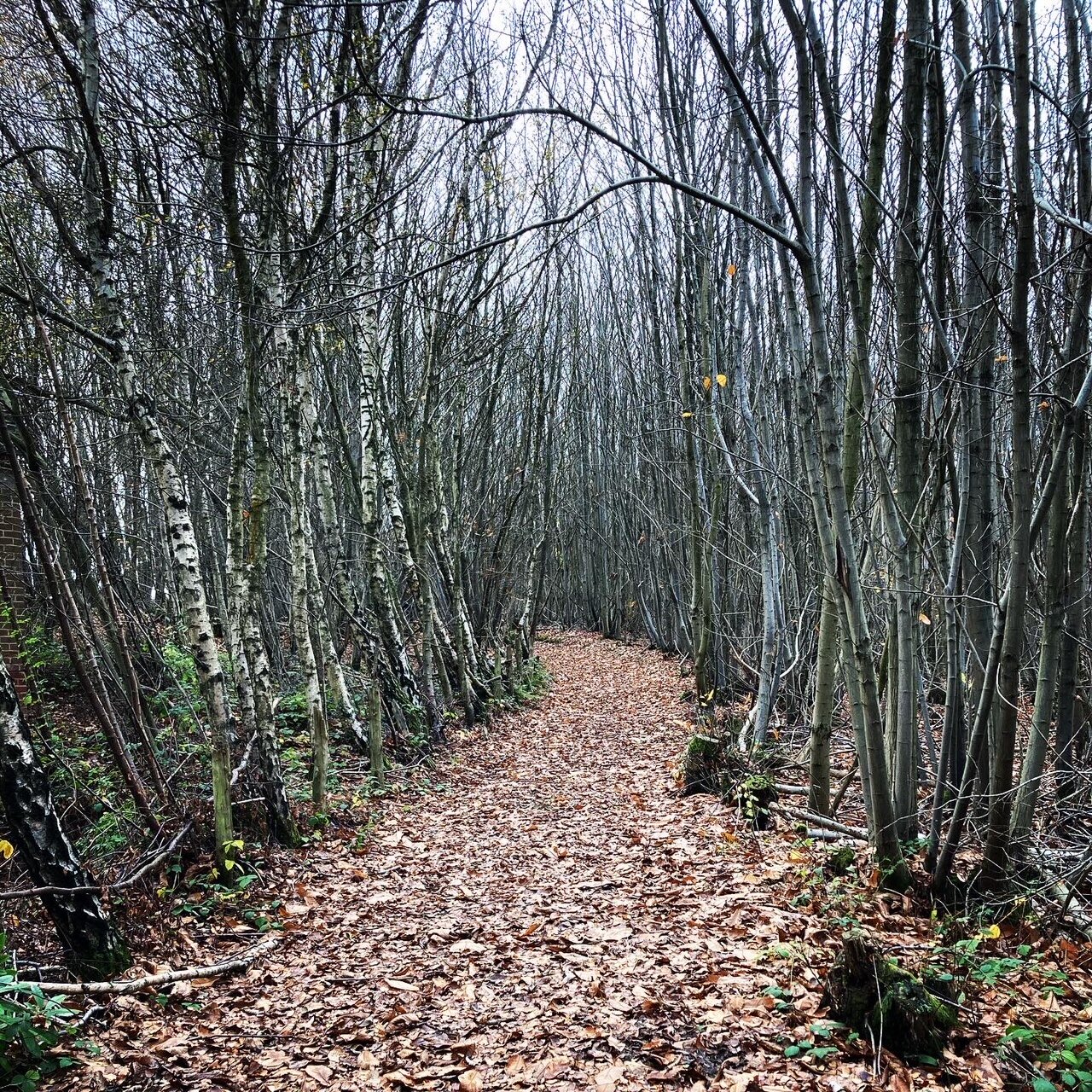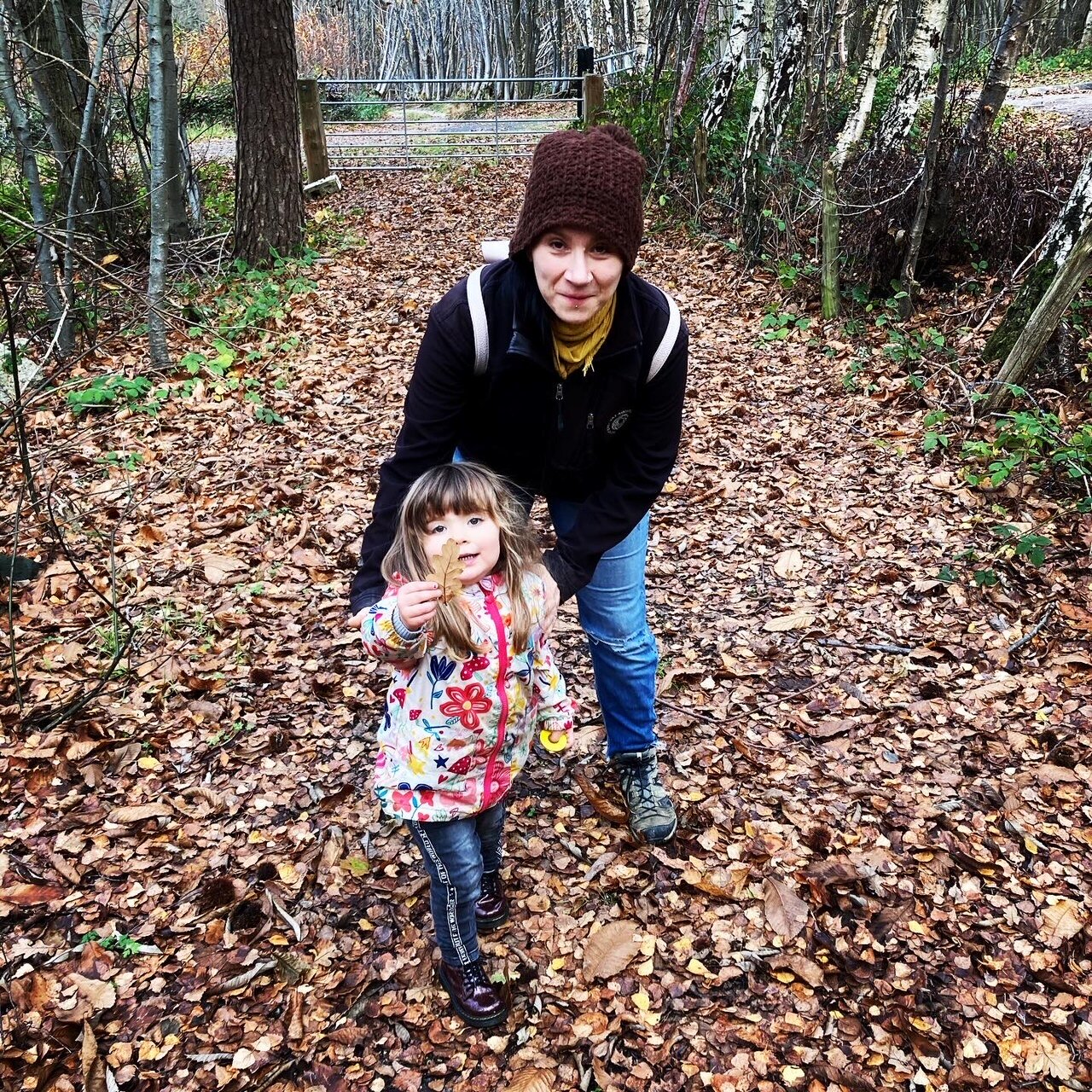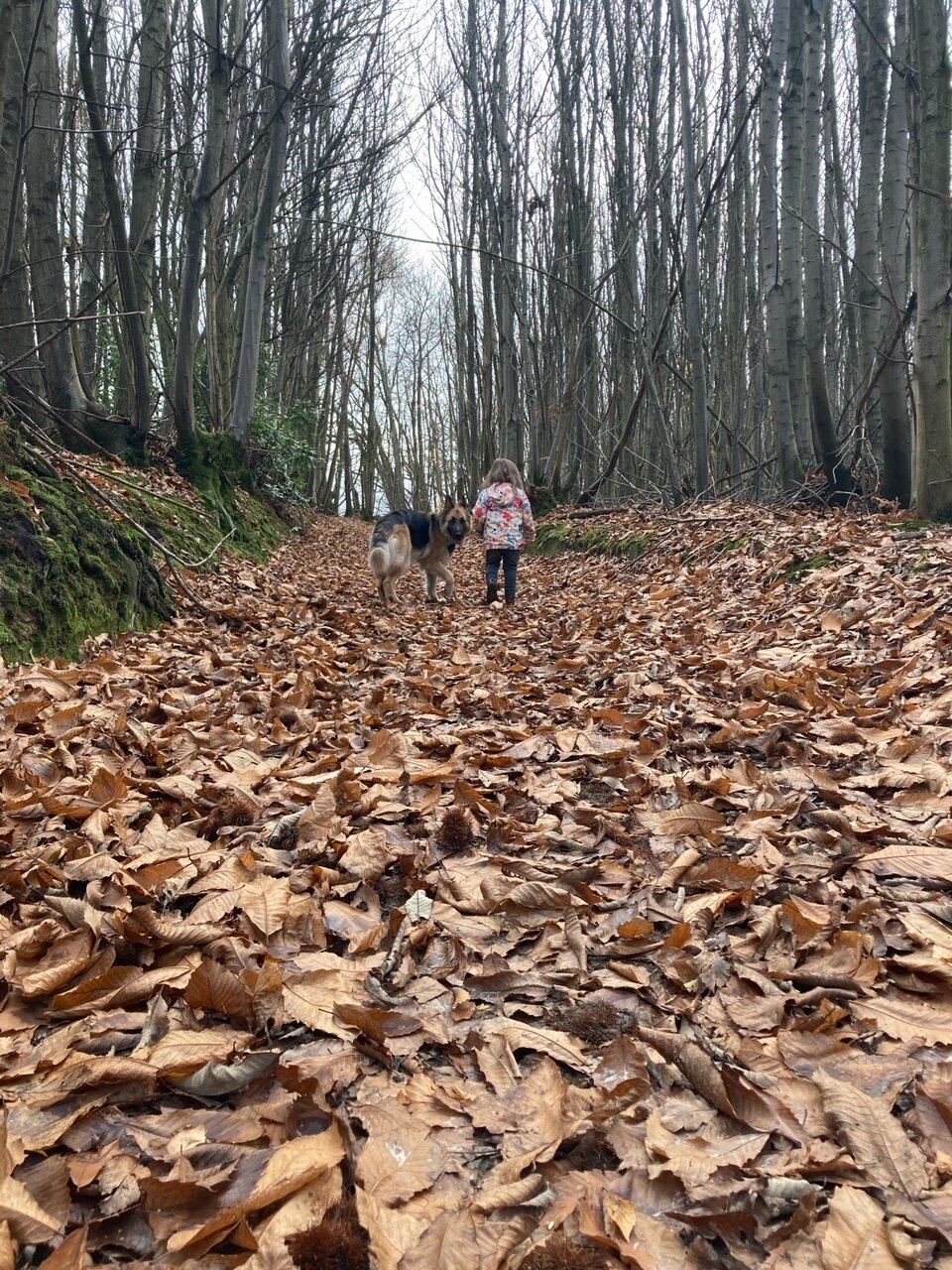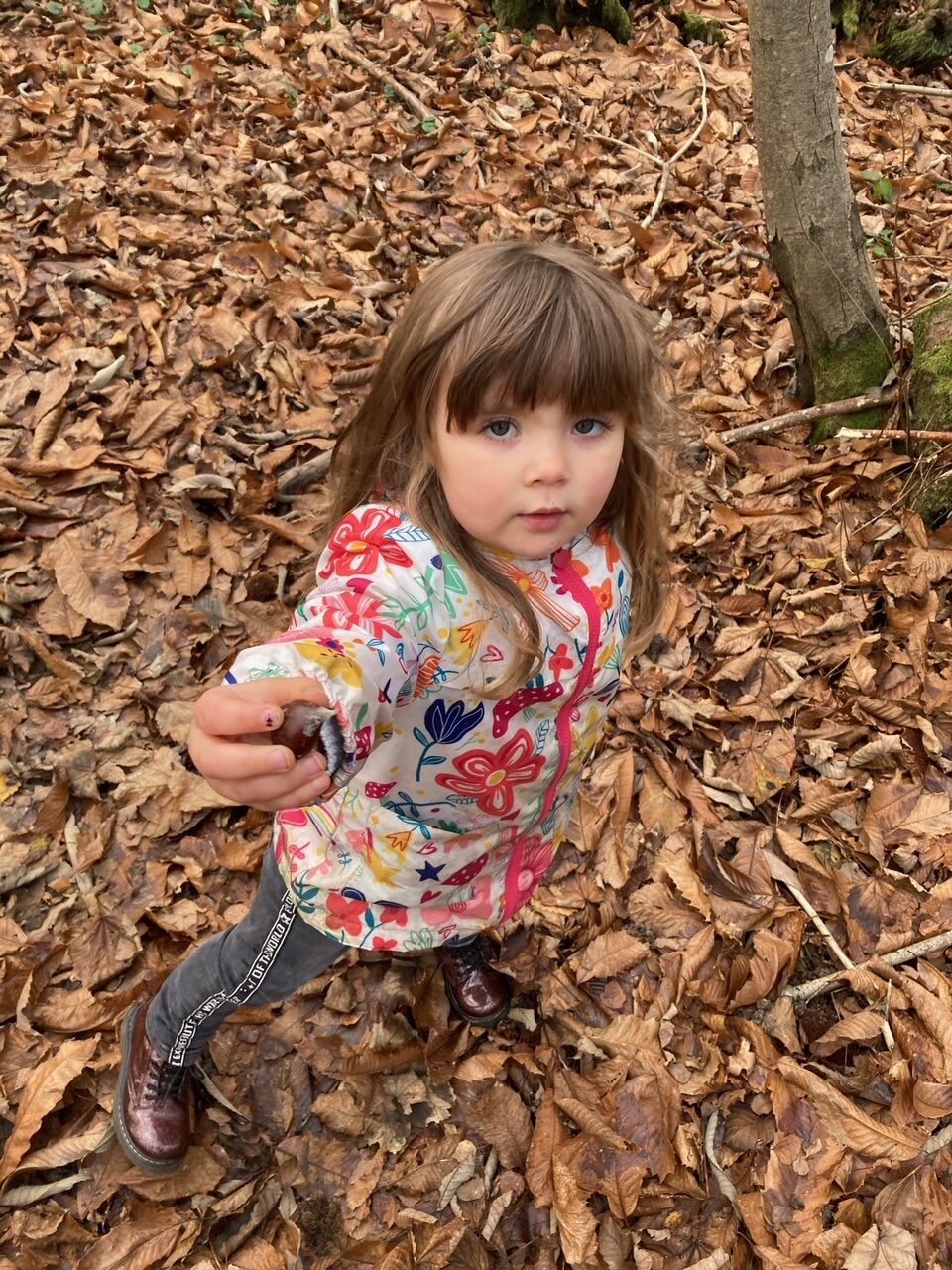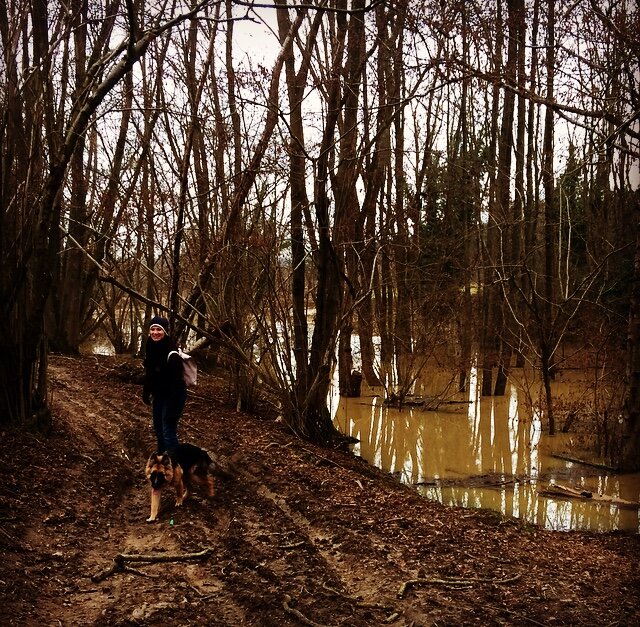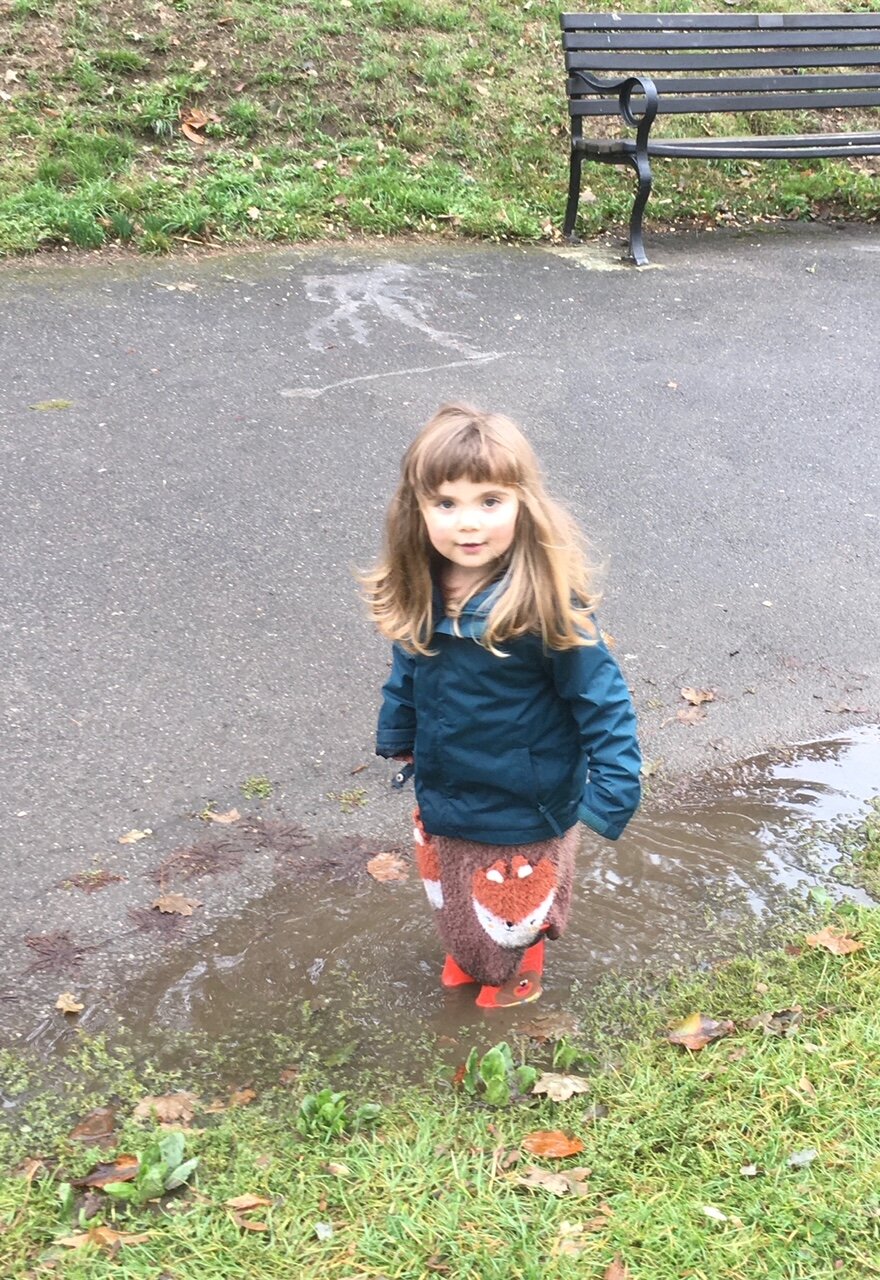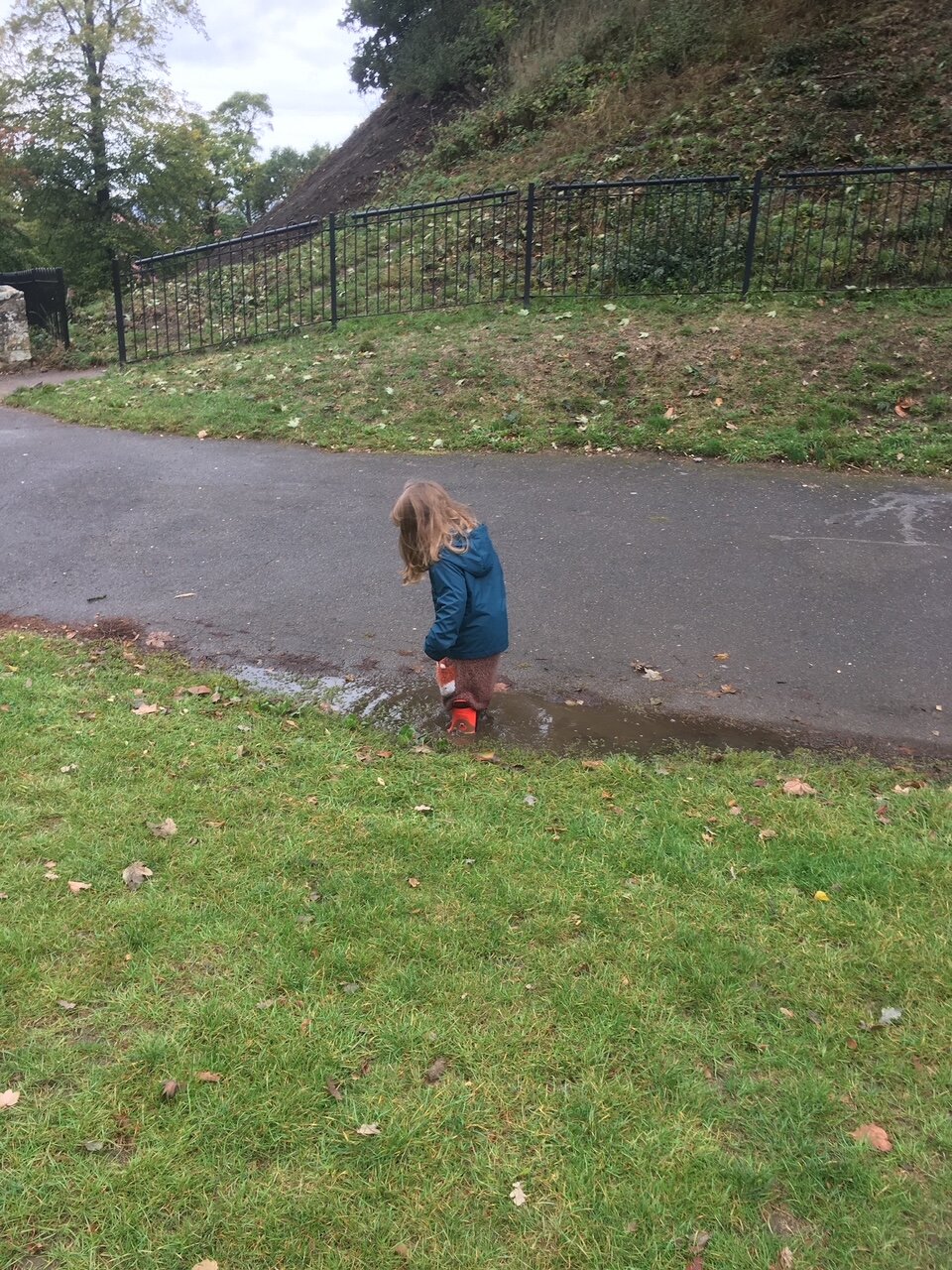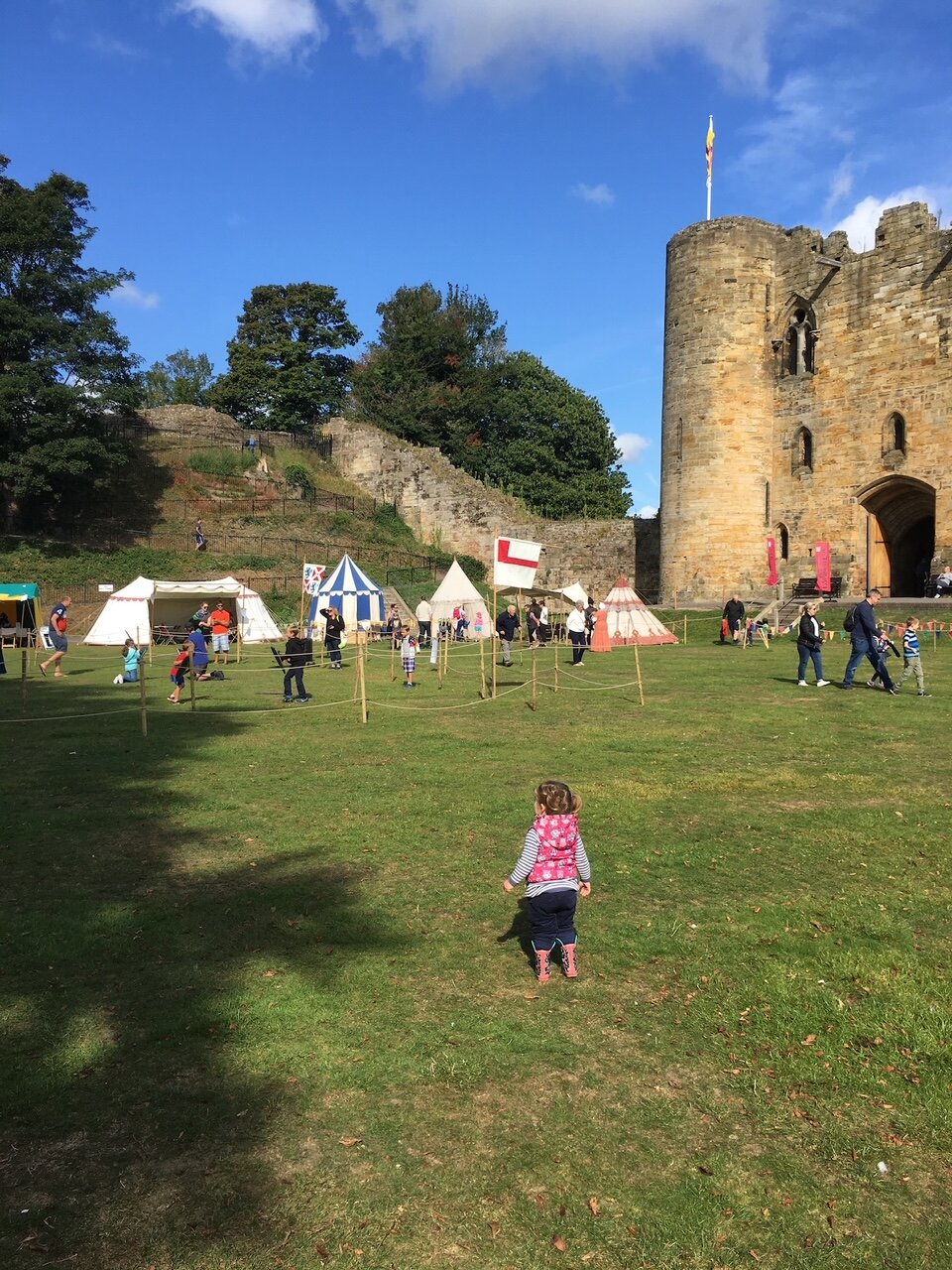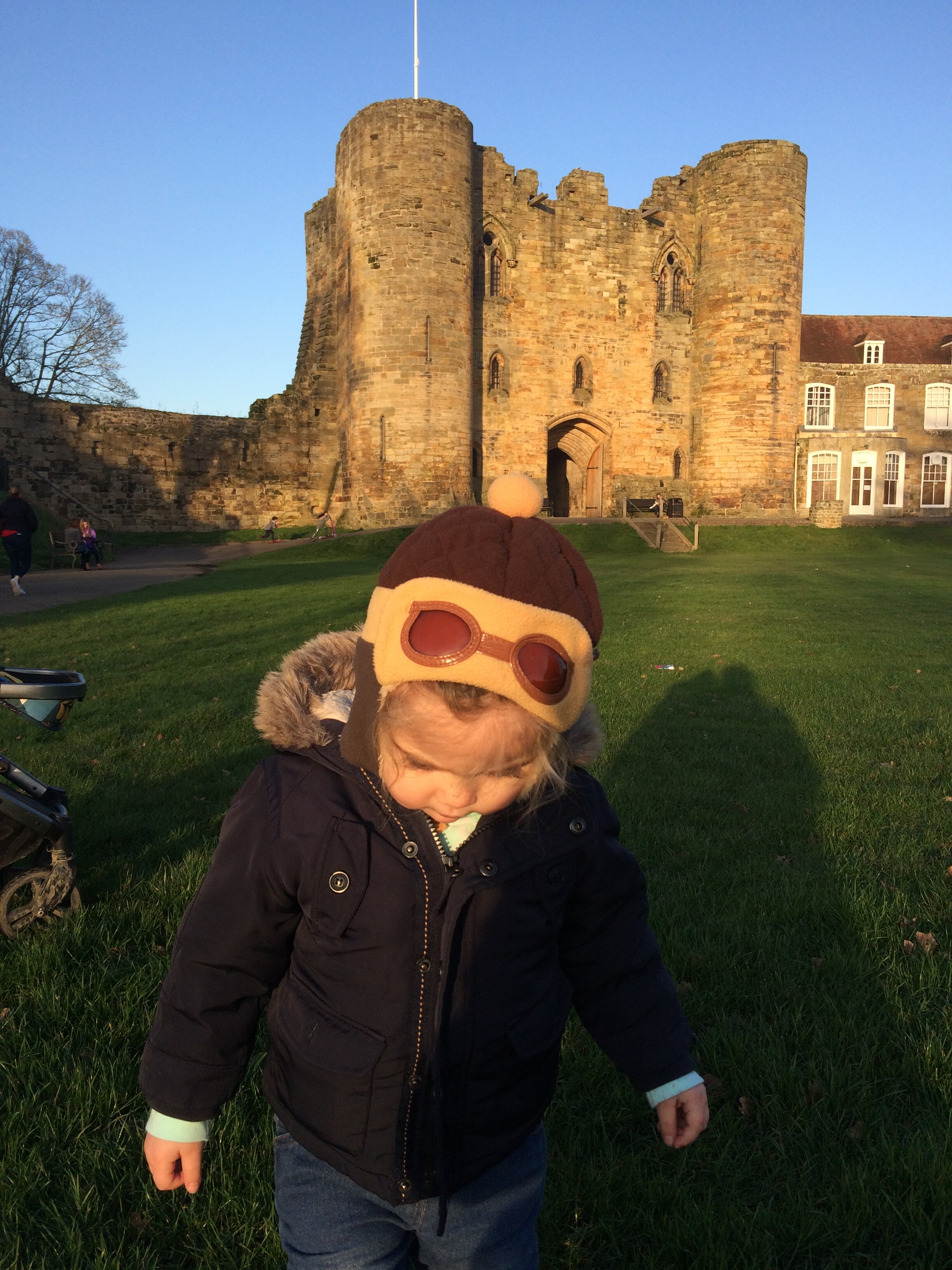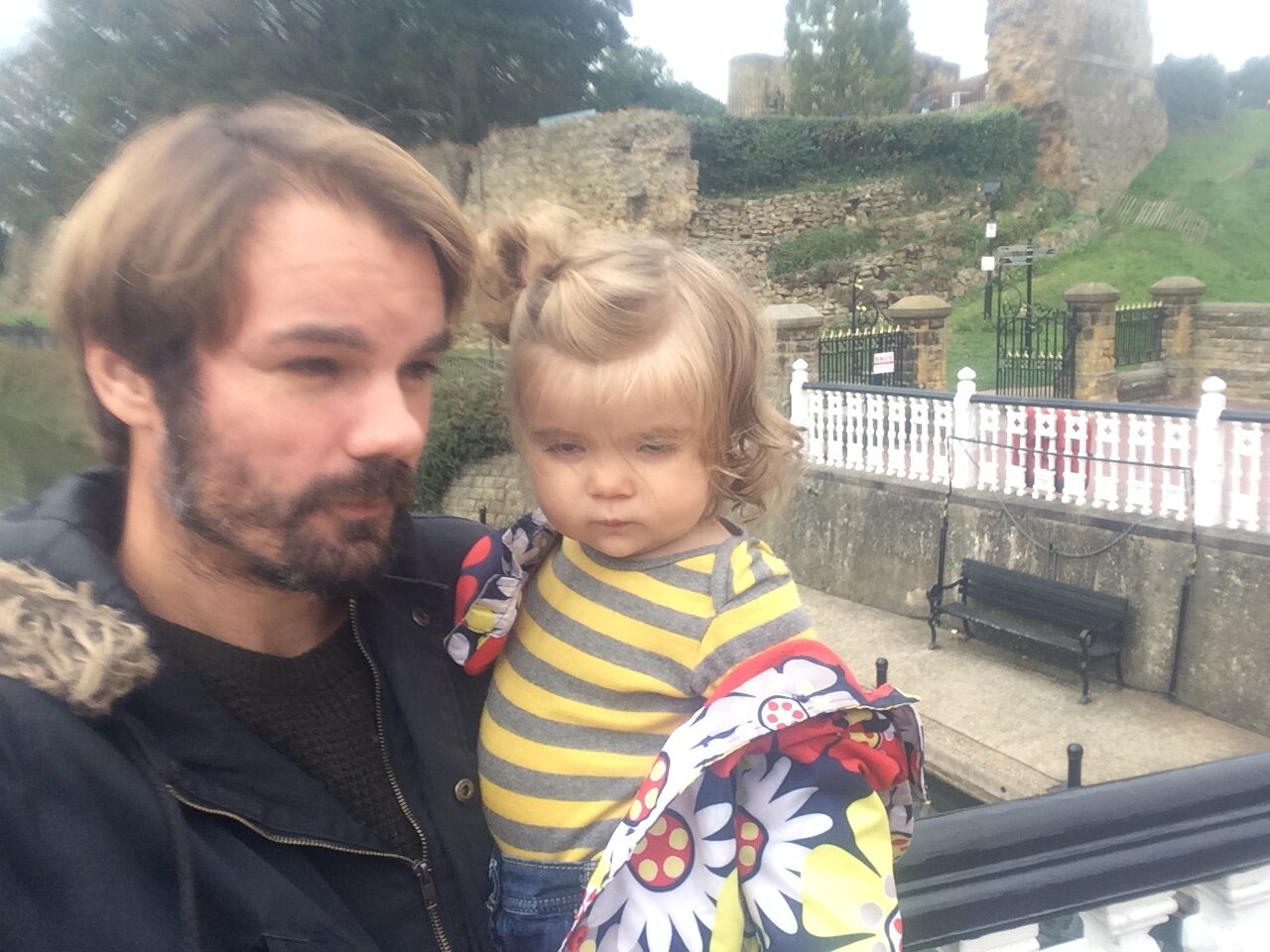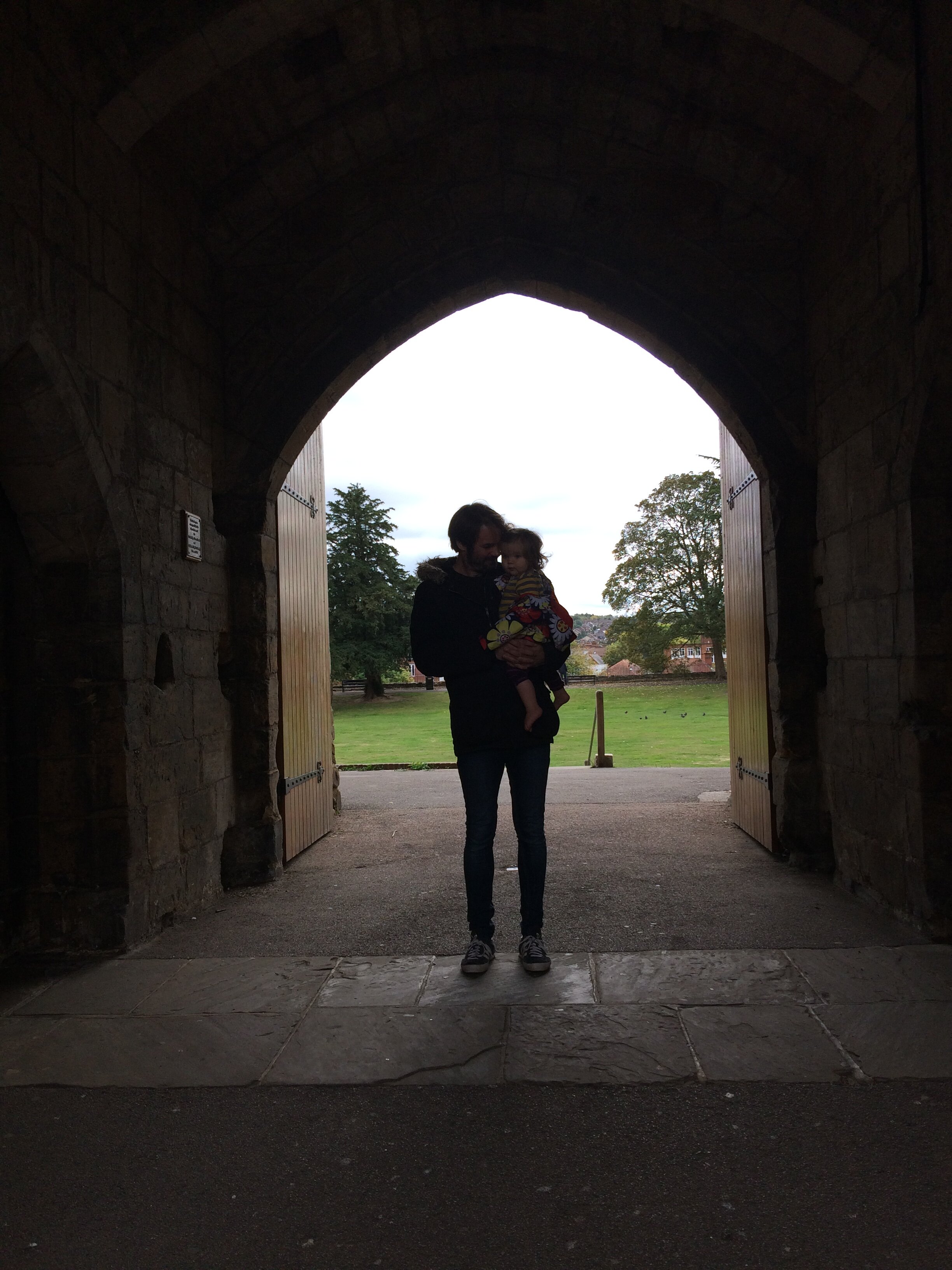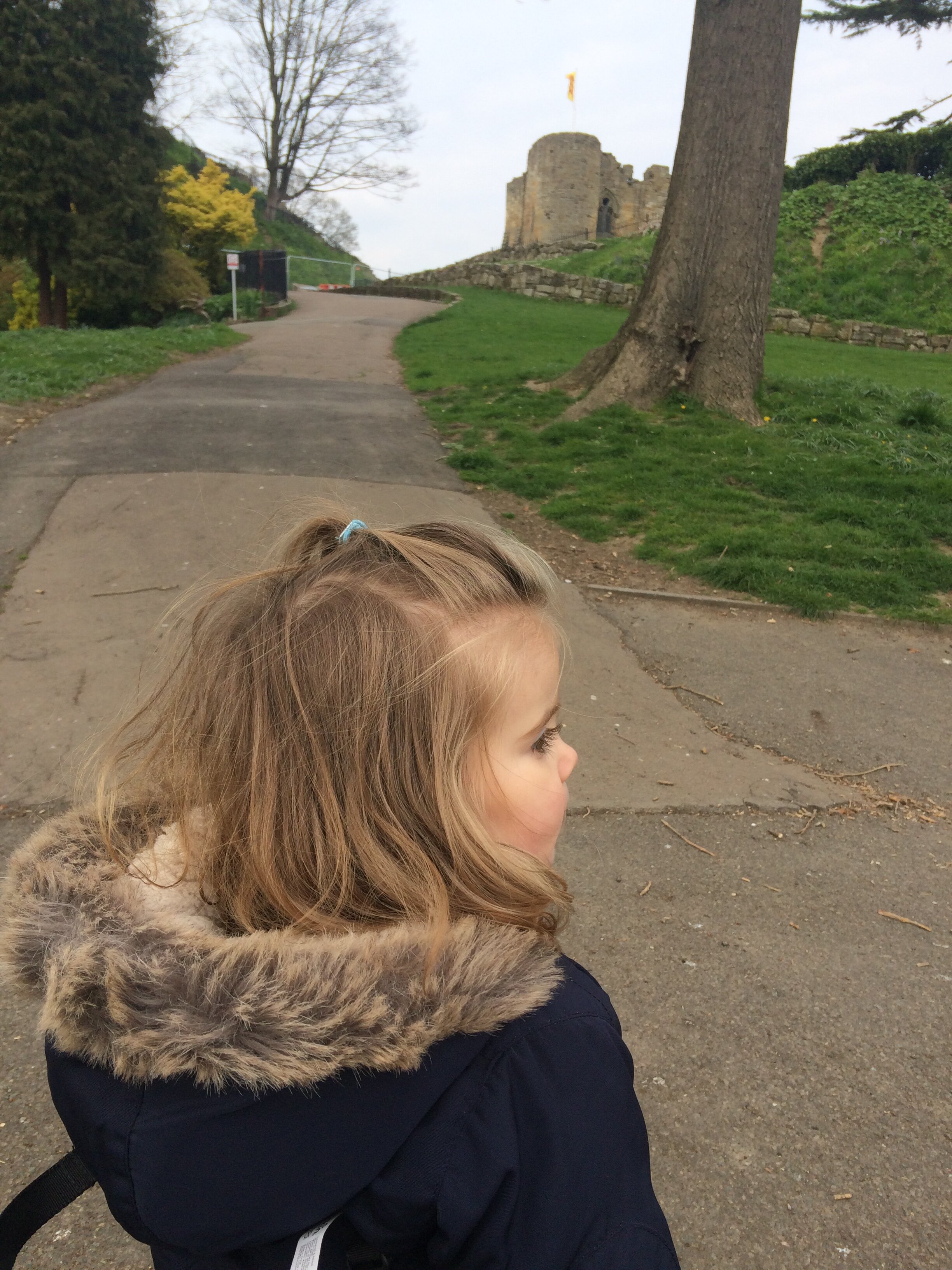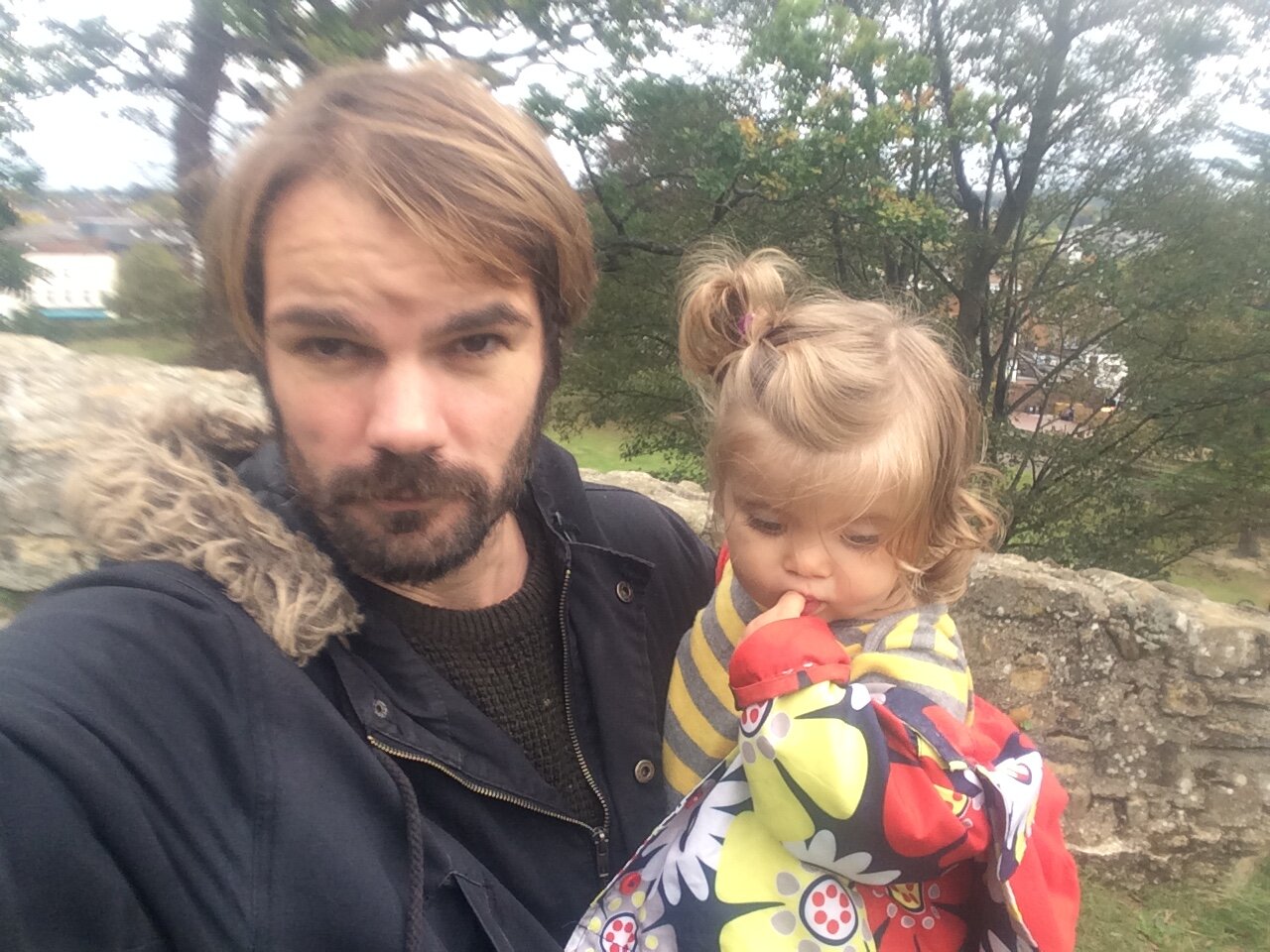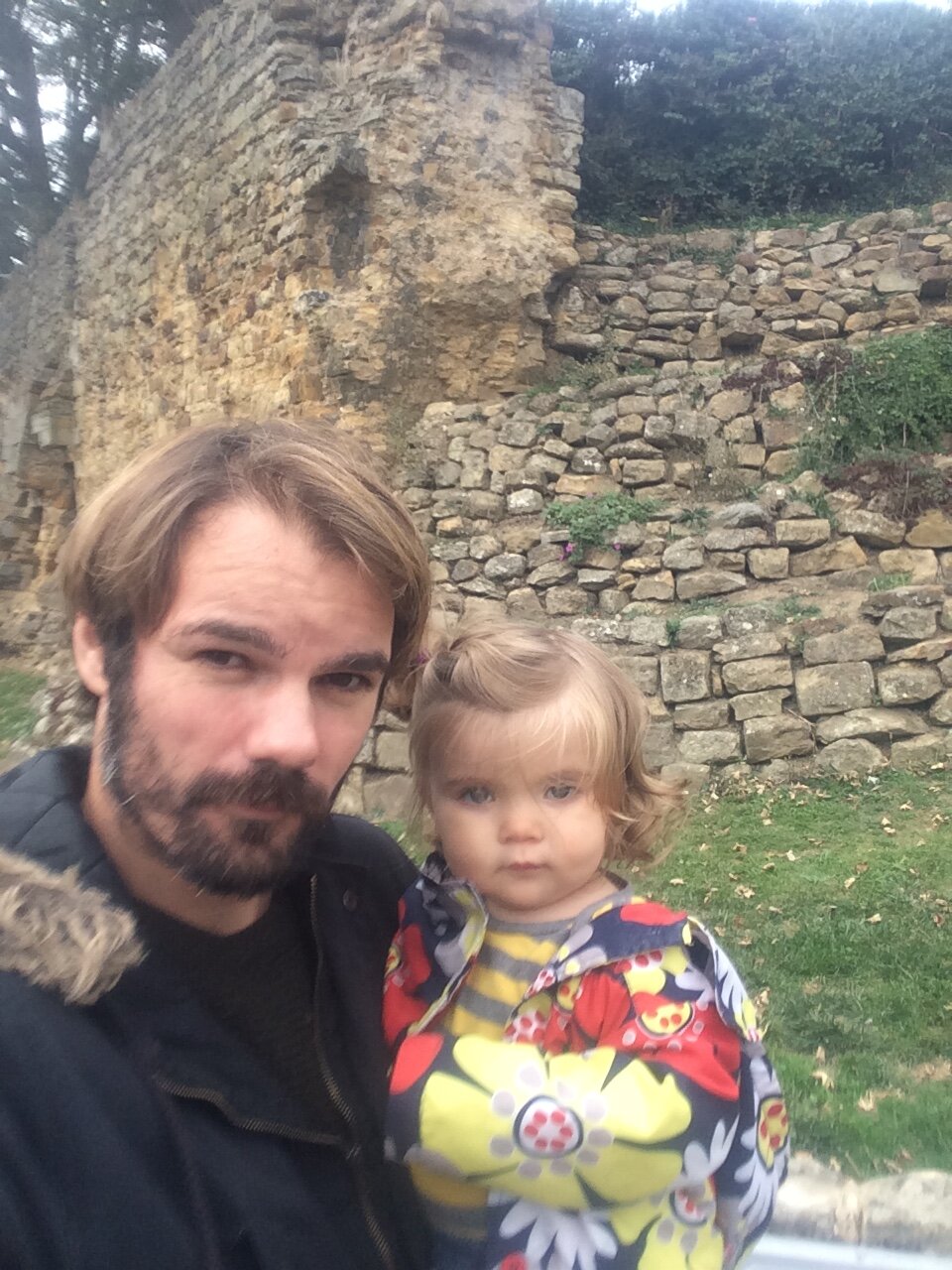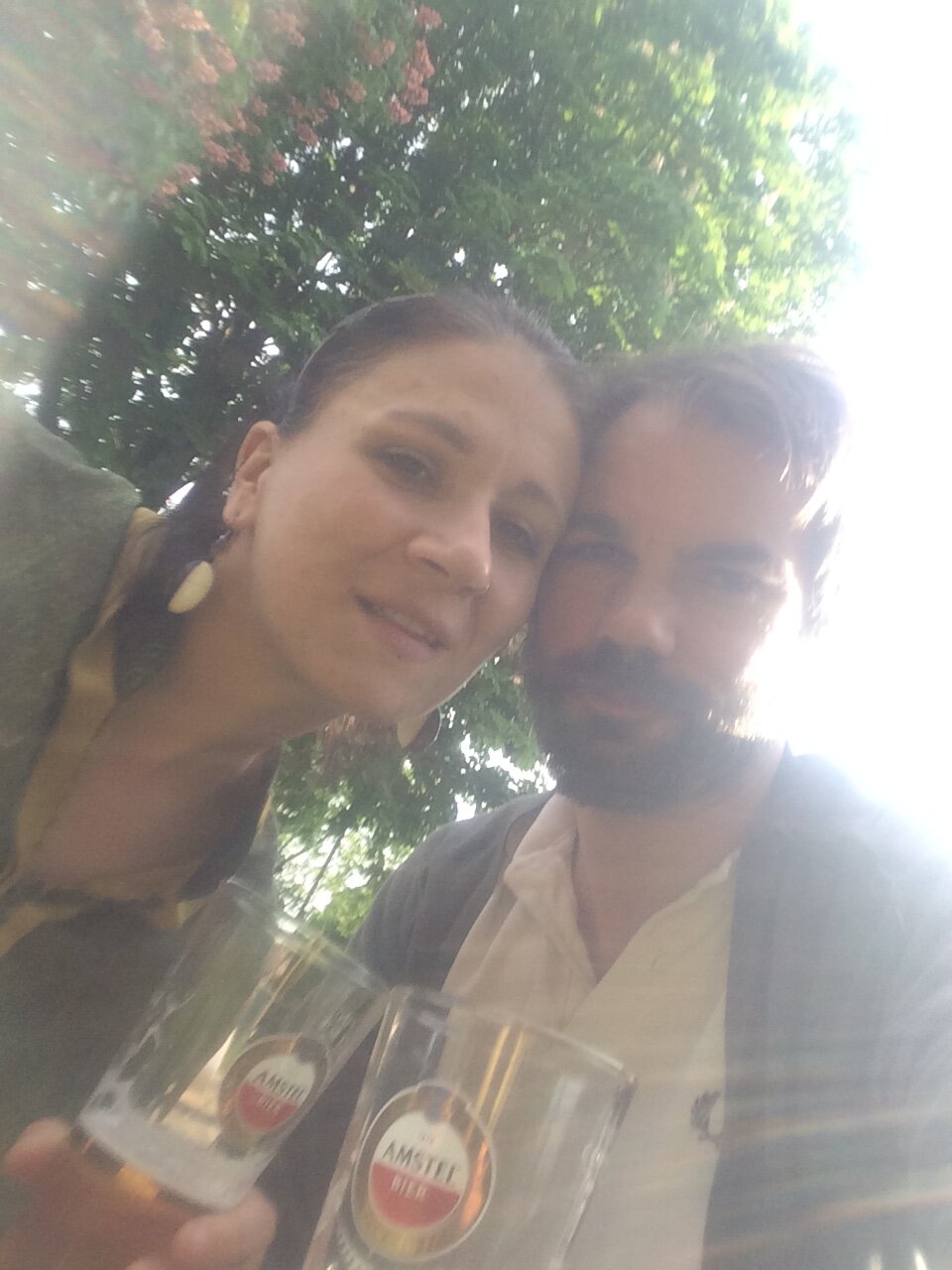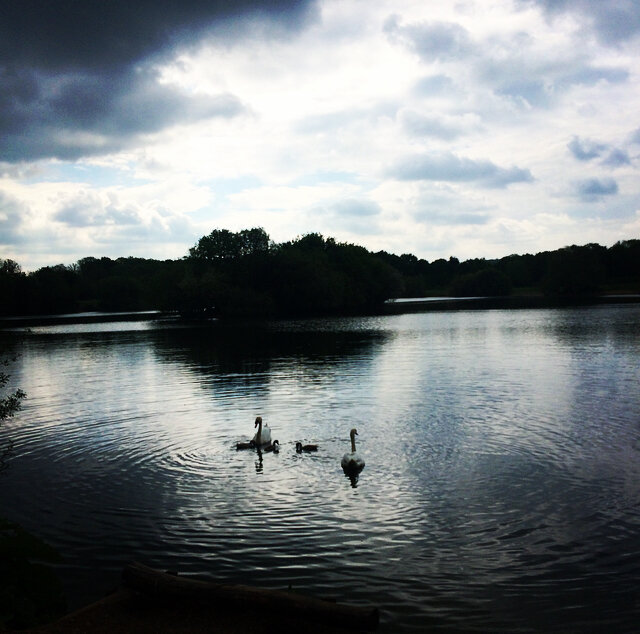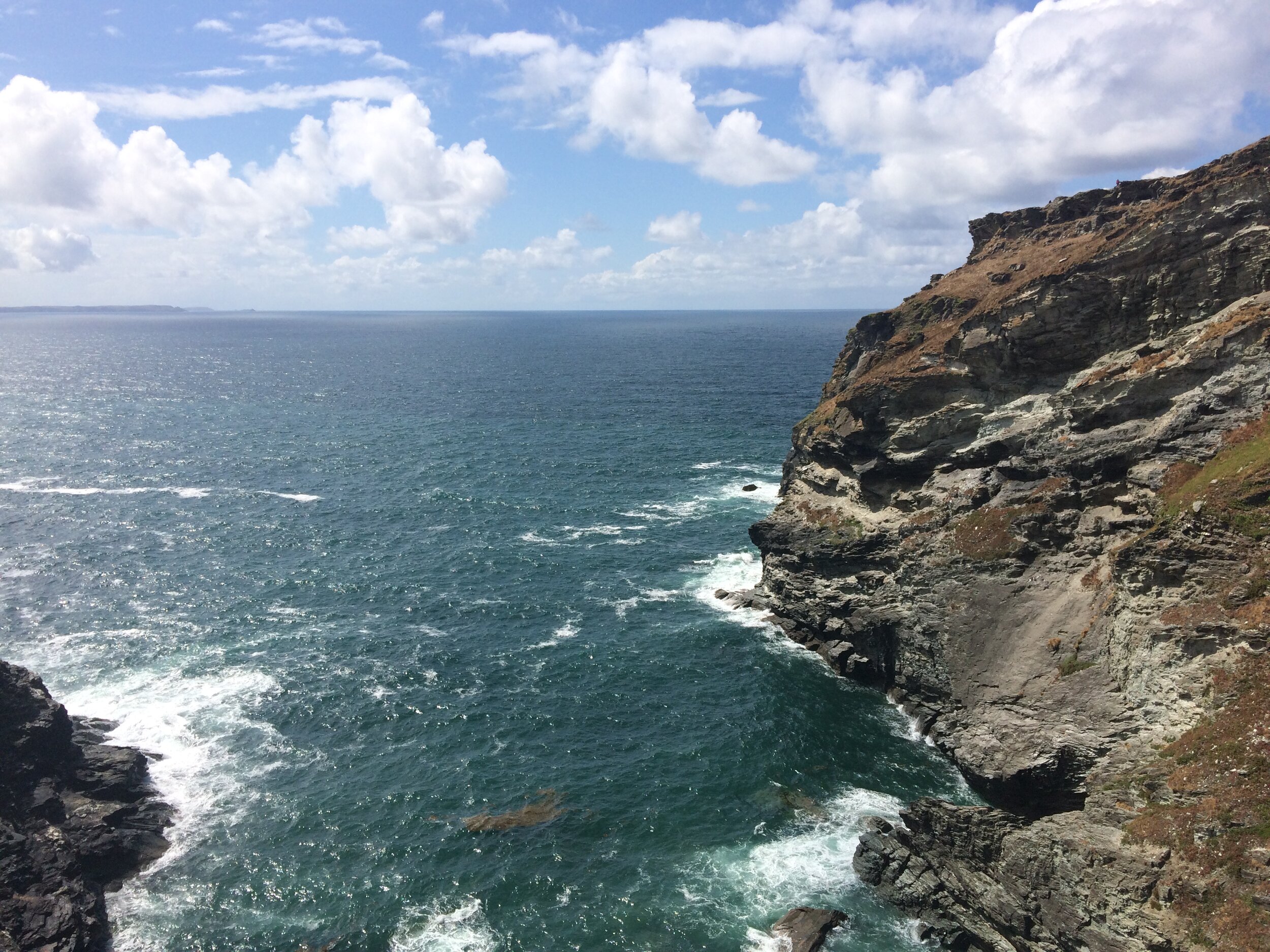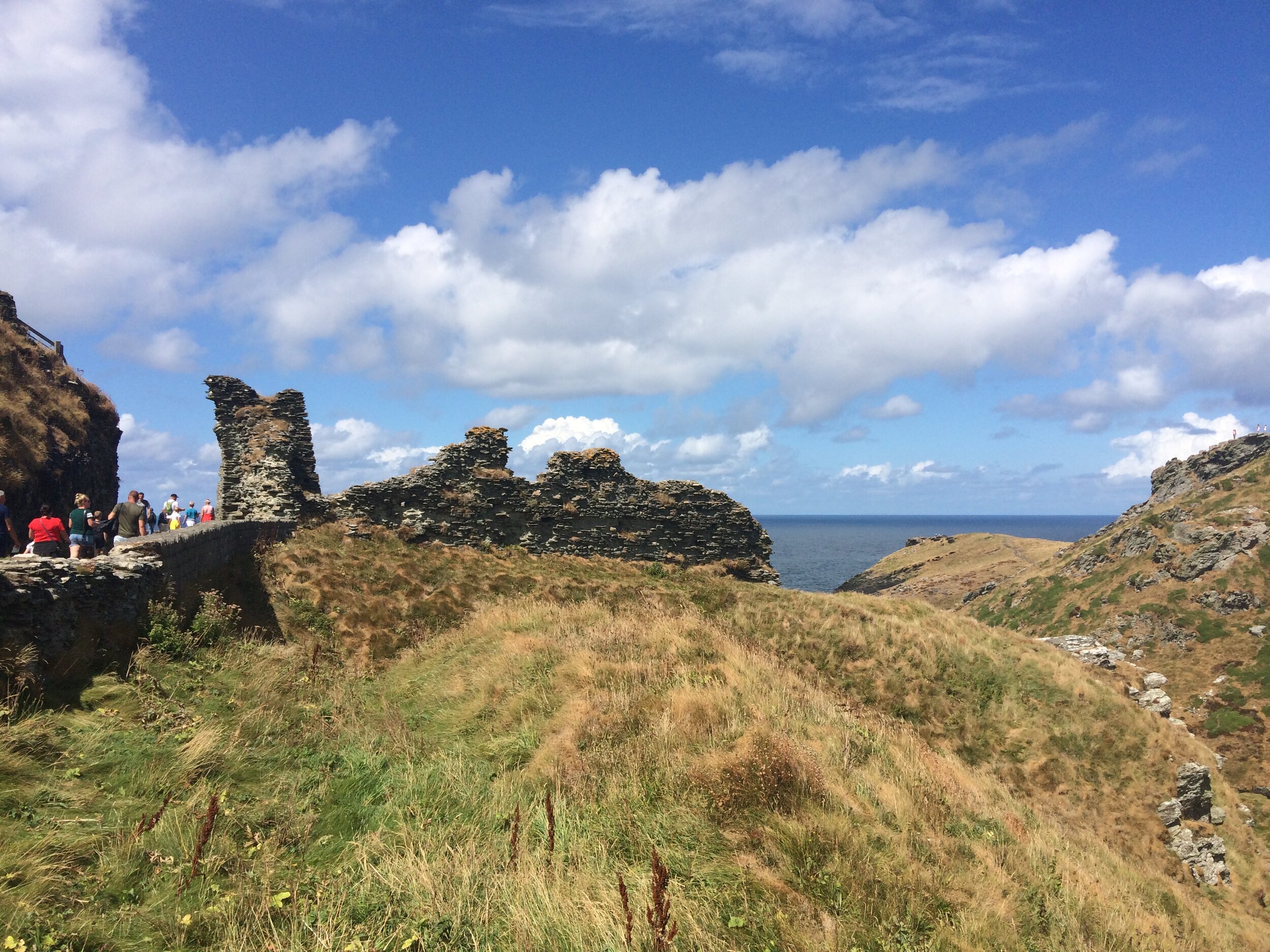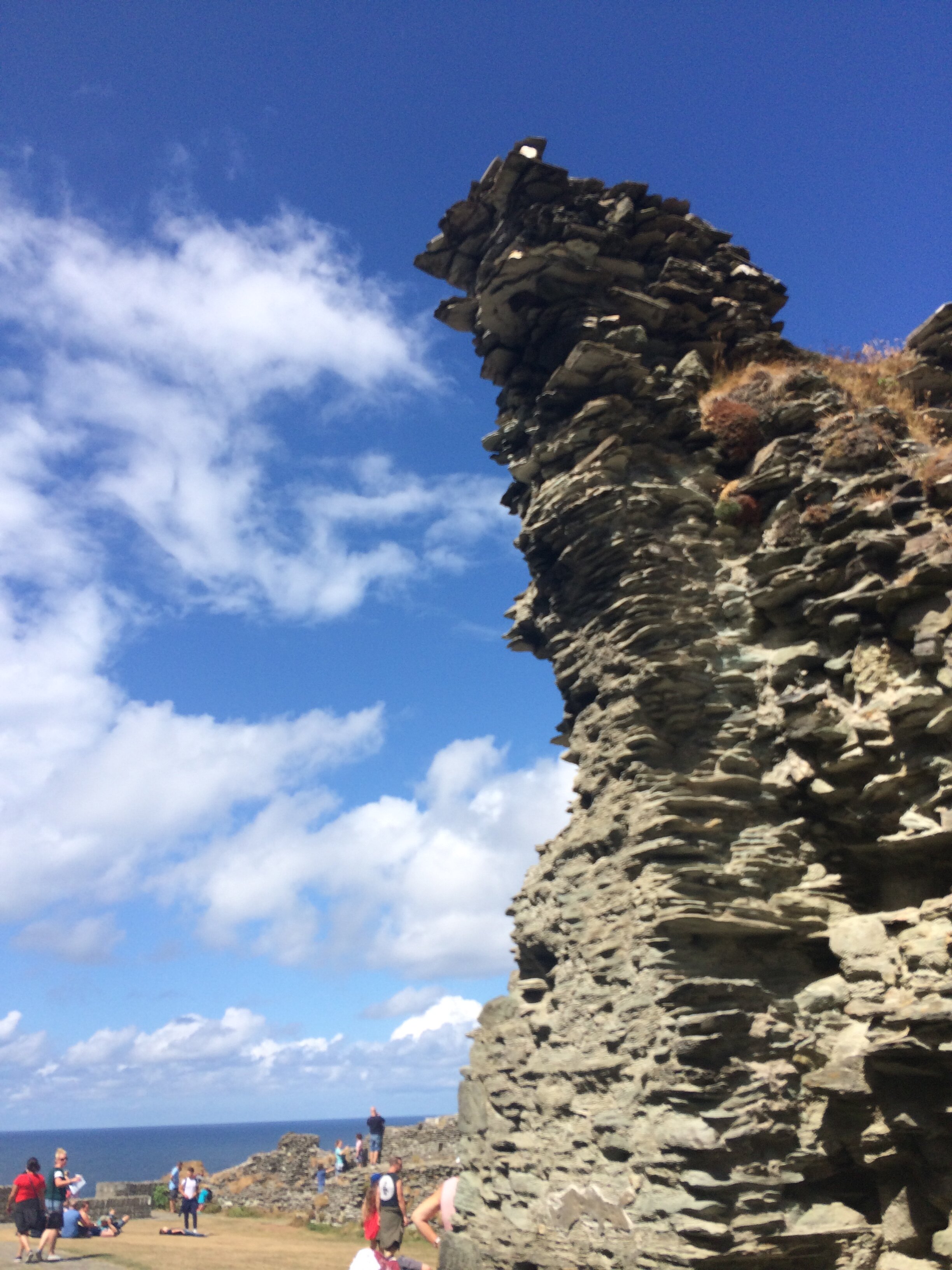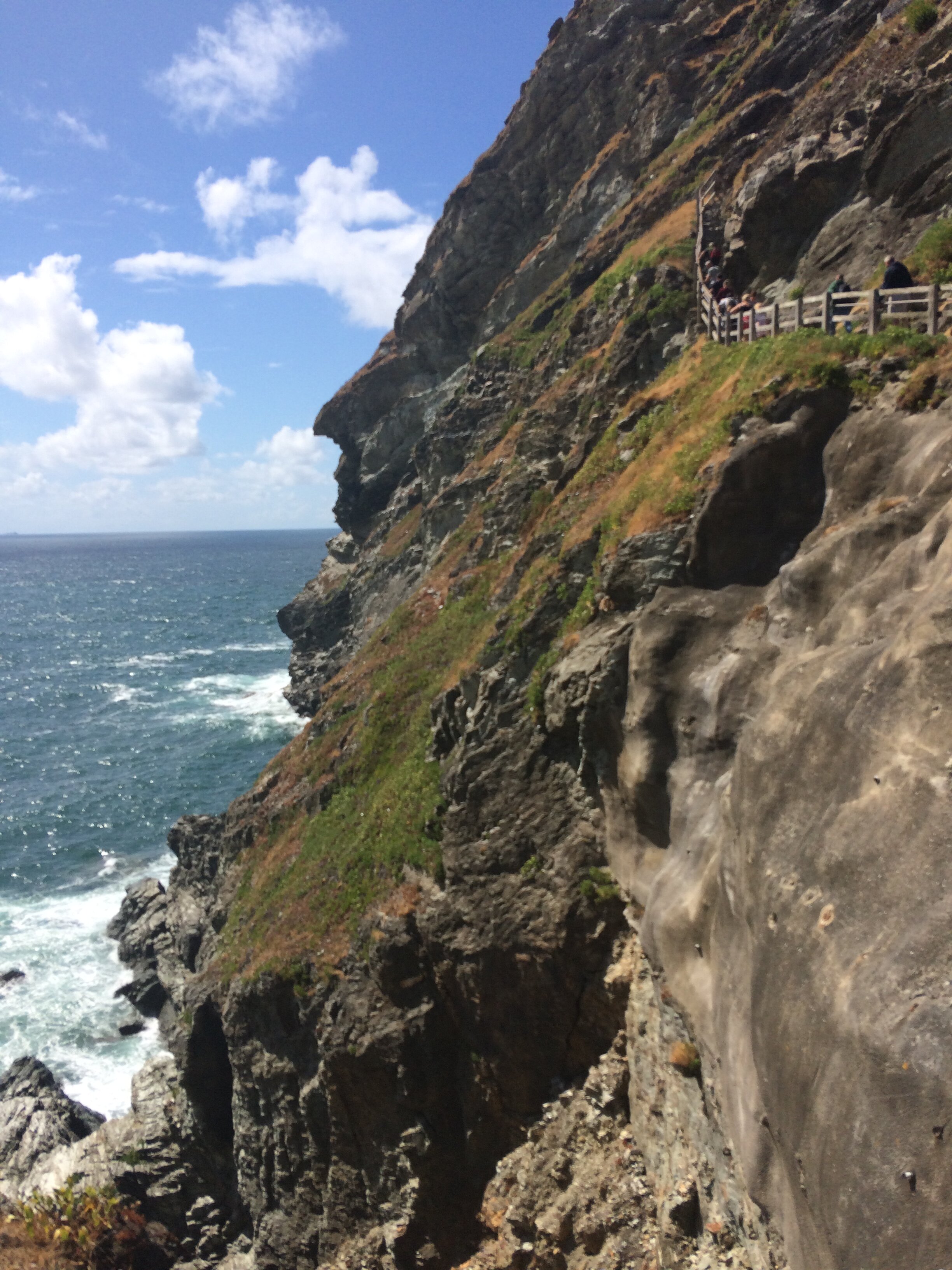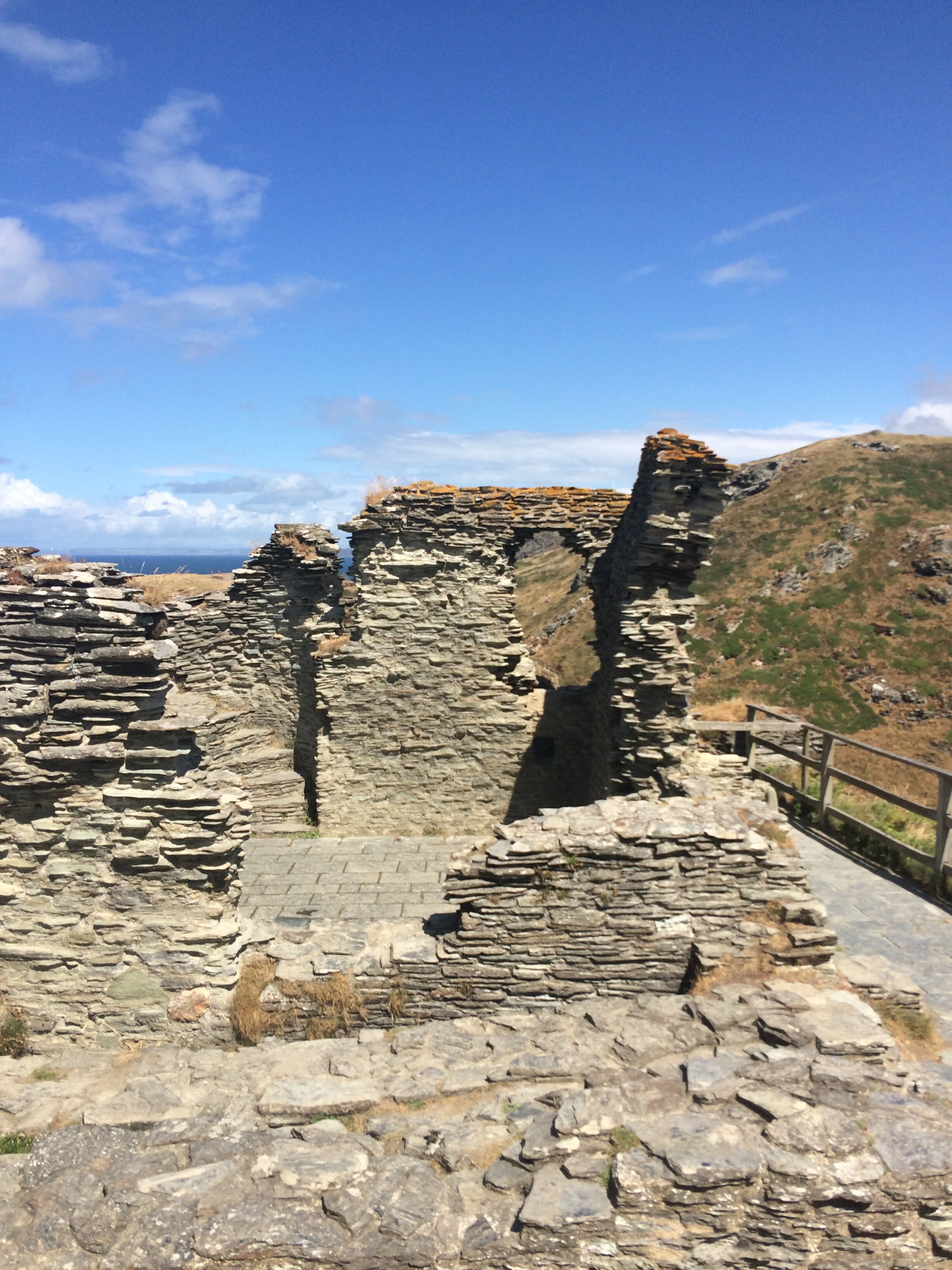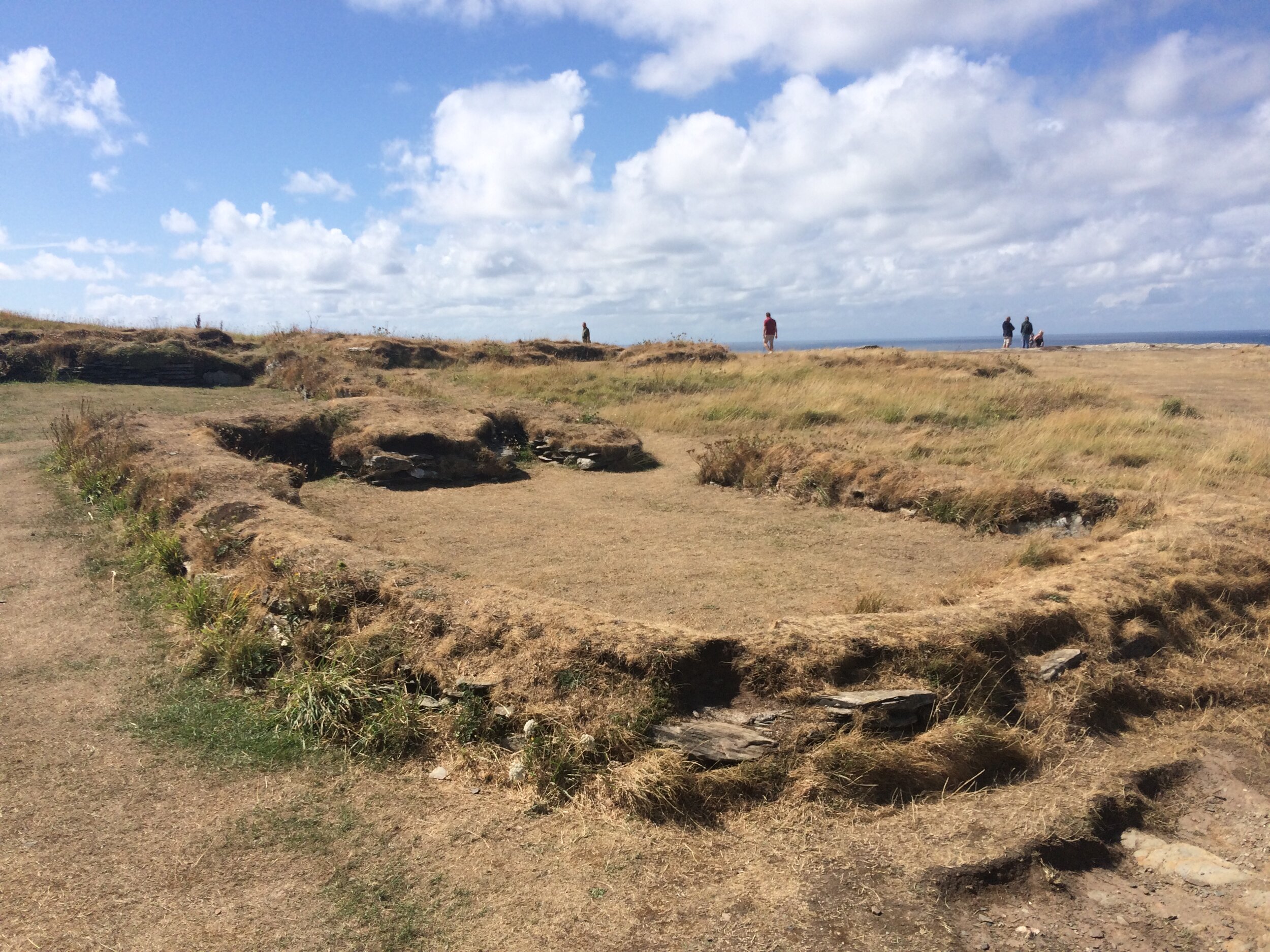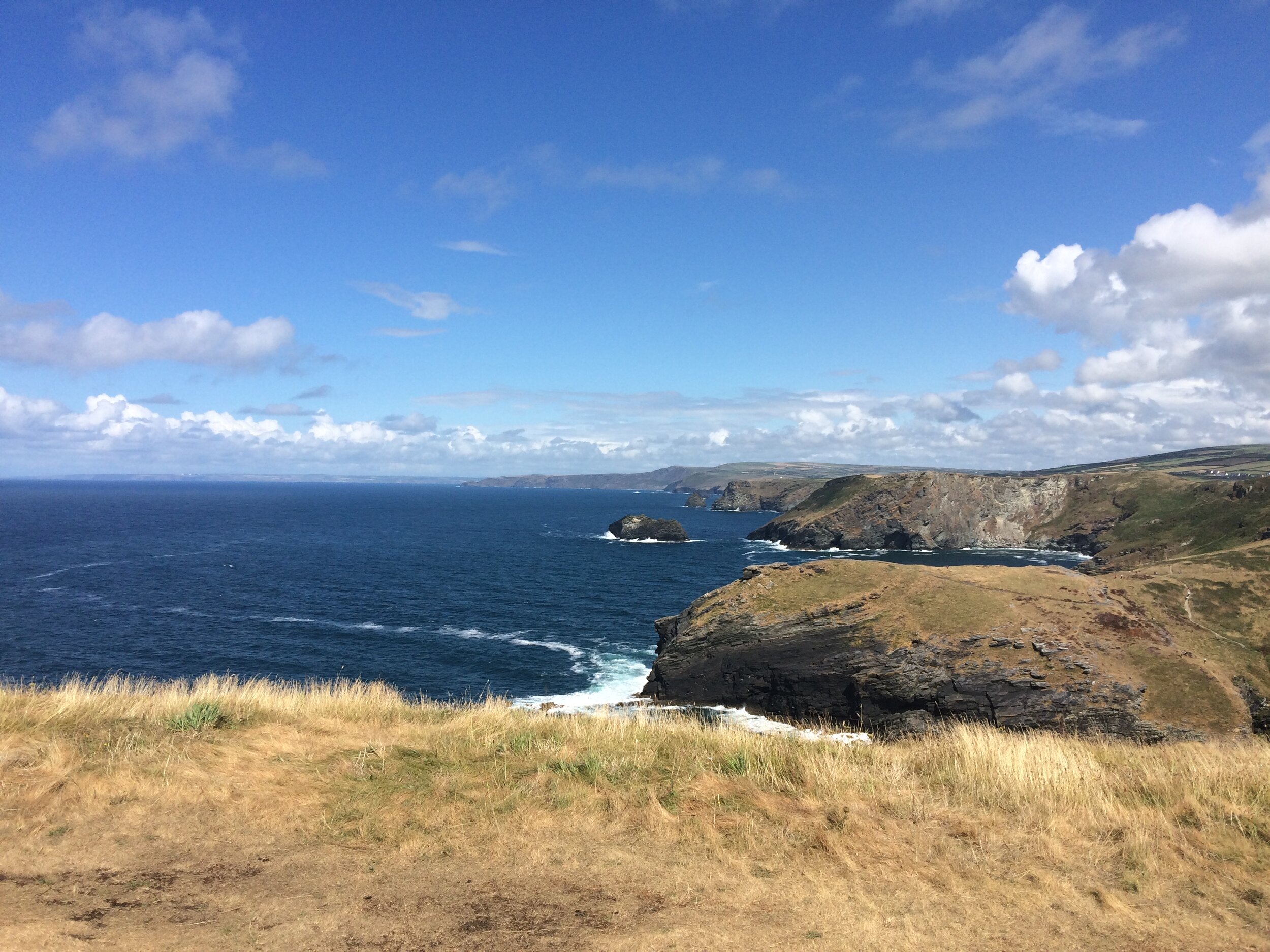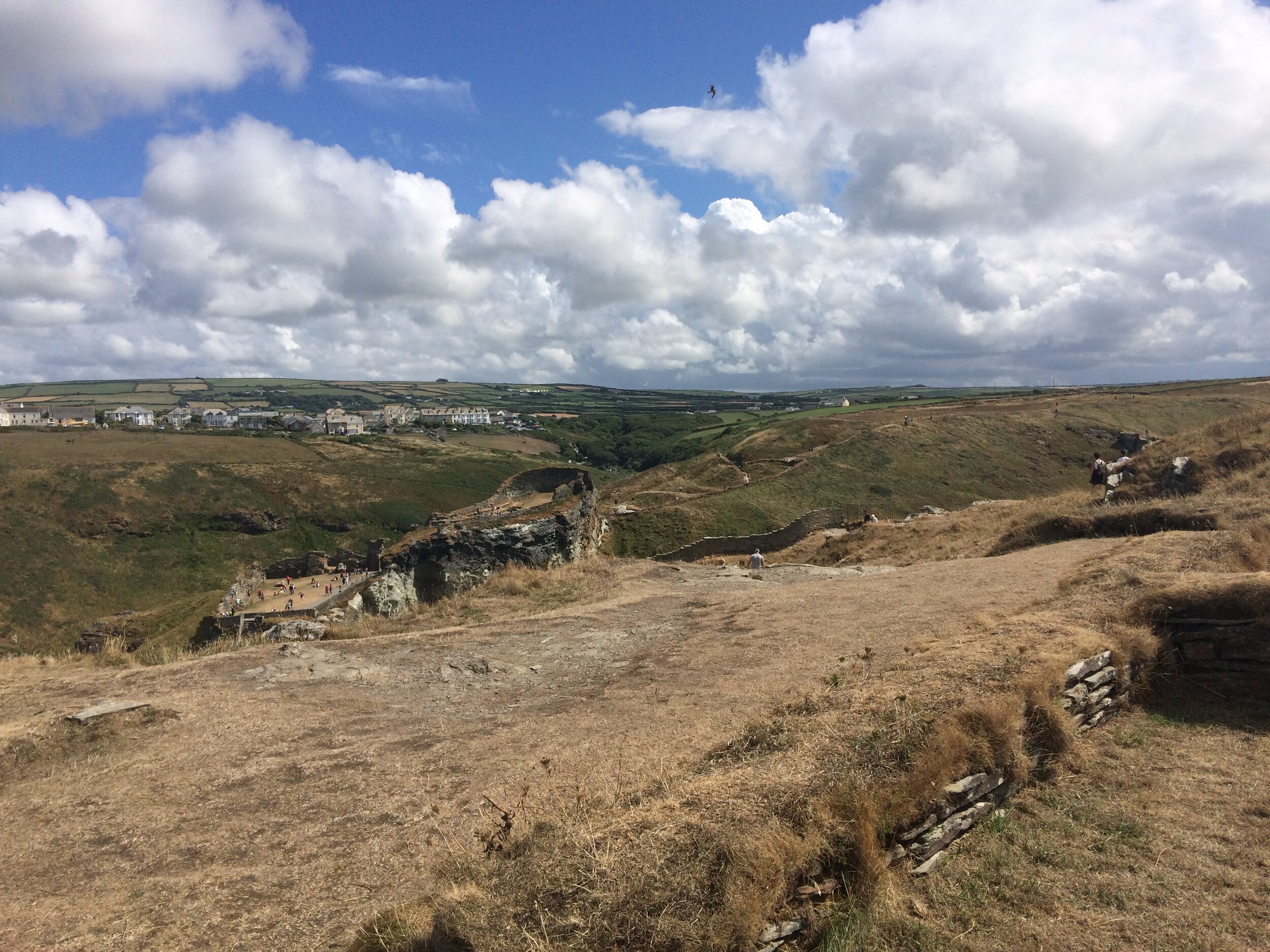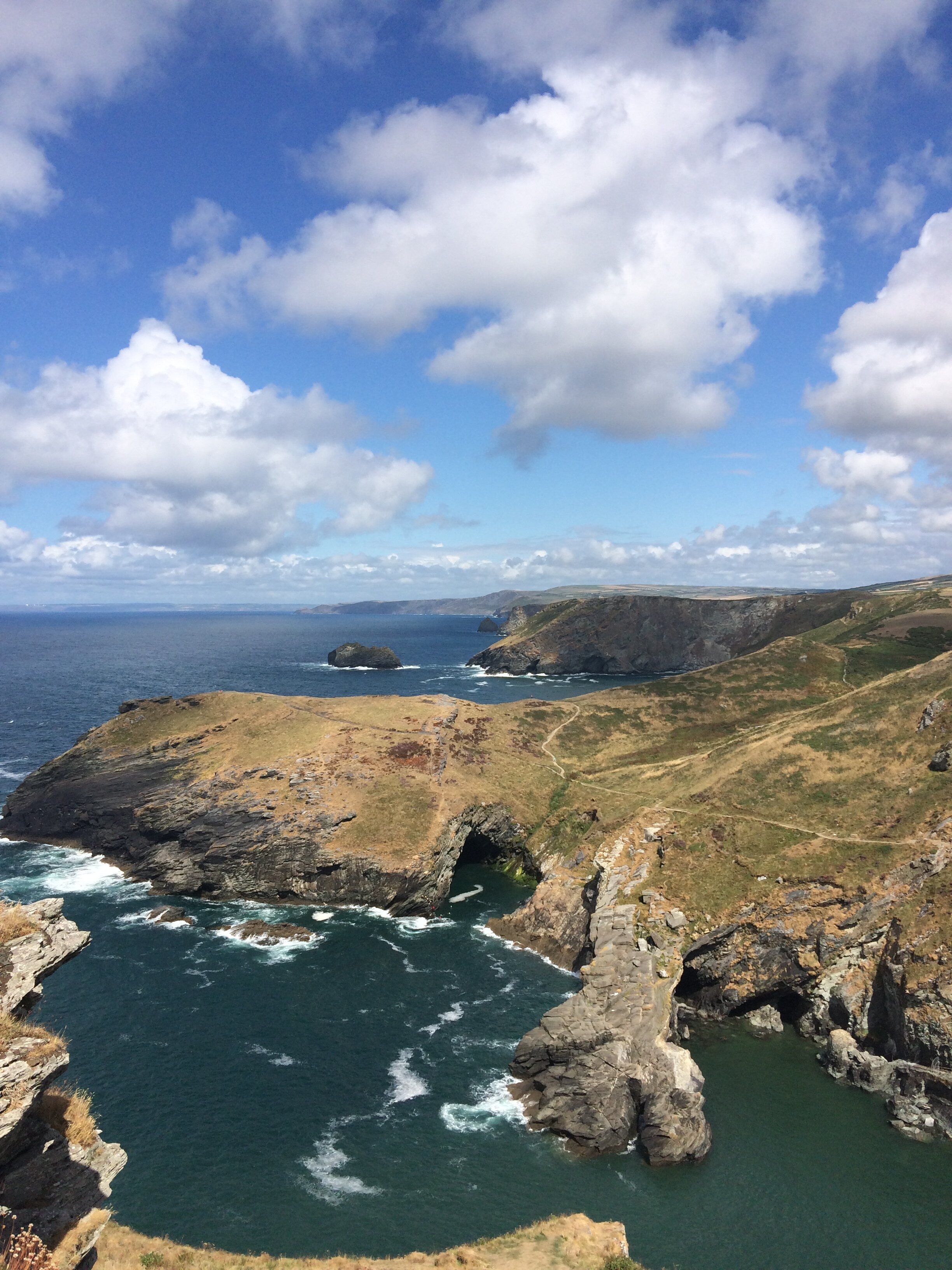February is of course, the month of love. Hearts, flowers and cute teddy bears are to be found in all quarters. During a normal year, every restaurant would likely have been full to bursting with cosy tables for two, flowing red wine and sweet music filling the air... and of course, St Valentine, or perhaps Cupid, floating around, firing an arsenal of love into the unsuspecting masses.
Of course, not everybody enjoys the romantic undertones of February quite as frivolously as others. Romance is not equally distributed, some long for it but may never find it, whilst others are more than happy without it. Some have differing ideas of what love entails and all have a unique and individual taste that cannot always be easily explained.
The word may be a human invention, but the sentiment is a universal experience, an emotion that embraces us all at some point in our lives, in one way or another.
So in our little Archaeofam, we like to make the most of a day to celebrate love. It seems silly, because in truth, we celebrate our love for each other every day, in a million different ways, some visible, some not so much but always genuinely and completely. Still, the chance to fill the house full of novelty hearts and flowers is something we quite enjoy, particularly Audrey, who has a mild obsession with drawing hearts and placing heart shaped stickers on everything... EVERYTHING!
St Valentine is thought to have been a Roman priest and physician during the 3rd century. He would become the Patron Saint of lovers, epileptics and beekeepers... obviously! It is unclear whether the life of Valentine is based upon one or multiple characters but according to legend, Valentine defied an Emperor and married couples so that the husbands would not be made to go to war.
Valentine was martyred during the persecution of Christians by the Emperor Claudius II Gothicus on February 14th sometime around the year 270. Claudius the Cruel believed that the comfort of family life was restraining Roman men from becoming soldiers in his army. He therefore banned all marriages in Rome. Valentine resented the cruel Emperor and behind his back, continued to marry young lovers, but his deeds were discovered, and he was sentenced to death.
Another account of Valentinus saw him imprisoned for preaching the gospel and spreading the word of Jesus. He attempted to convince the Emperor Claudius to embrace Christianity, but failed to do so and was sentenced to death.
Whilst imprisoned, Valentine sent a farewell letter to his jailer’s (or judge’s in some accounts) daughter. He had healed the girl from blindness and befriended her. He signed the letter, from your Valentine, a symbol that remains in universal use today.
Having been sentenced to death, Valentine was beaten by clubs and then had his head cut off. Not quite as romantic huh?!
There is a suggestion that the feast day of St Valentine, February 14th, gained its connection to romance thanks to a link with the pagan festival of Lupercalia. This festival saw young women’s names placed into a box and drawn out by hopeful men, a little bit like the car keys in the fruit bowl of modern swinger’s parties... apparently. In 496 AD, Pope Gelasius dedicated the day to St Valentine and banned the celebration of Lupercalia. From here its popularity as a day of love grew into our modern exchange of romantic gestures and gifts.
Cupid has a deeper classical mythology as the god of desire, erotic love, attraction and affection. He is believed to have been the son of the love goddess, Venus, and the God of War, Mars. Cupid, from Cupio (to desire) is often visualised as a chubby baby, complete with wings and a bow to fire his arrows of love, infecting whomsoever should be struck with instant desire and passion. In early representations of Cupid, he does not appear so young, nor so plump. Cupid is seen as a slender attractive youth, but the other attributes remain. The wings of Cupid are said to represent the fickle flightiness of love, his youth relates to the irrationality of the emotion and his arrows indicate the wounds of the heart. Once you are struck of course, the lure of love is an uncontrollable tsunami, so you had better be sure to be looking towards your heart’s desire...
In our locked down world, we accepted a quiet but cosy celebration this year, with a mildly extravagant dinner and just above affordable champagne, sparkling grape juice for Audrey and some tasty water and treats for Bramble. The unique aspect of the experience this year was that I took over the kitchen! Usually, as Emily Archaeomum is by far the more accomplished chef of the family and finds a bizarre pleasure in creating incredible meals, I am more than happy to accept permanent dish washing duty. However, since it was a special occasion, I took the reins.
I attempted a spice-crusted tofu with kumquat radish salad. It was a Japanese inspired vegan salad I found online, and I must admit, I didn’t manage to find all the ingredients, so some may have been substituted... but overall it came out pretty nicely, I think! Of course, it took me about three hours longer than the guide suggested, I think if I were to be in charge of more meals, we would most likely starve!
I also made vegan steak and chips for a main meal, and everything was eaten, which must be a good sign, right? We lounged about afterwards, enjoying a glass of bubbly and some sweet family snuggles before bed.
The rest of our February has been occupied by a heavy work schedule. I myself have been immersed in the pre-Roman Iron Age of the south-east, and Emily has been focusing on Victorian England! Audrey Archaeobeeb has taken a shine to astronomy and space exploration, whilst Bramble Archaeopup is mostly content with long walks in the countryside and her basket of chewable treasures.
So, to all the lovers, and all the dreamers in the house, this one is for you. Happy belated Valentines. We wish you all the love in the world as you traverse 2021. Soon we will be able to embrace once more, to meet loved ones and hopefully enjoy the expanse of a relatively Covid-free country.
Until then, from isolated safety, we send you all our love,
From your Valentine x



